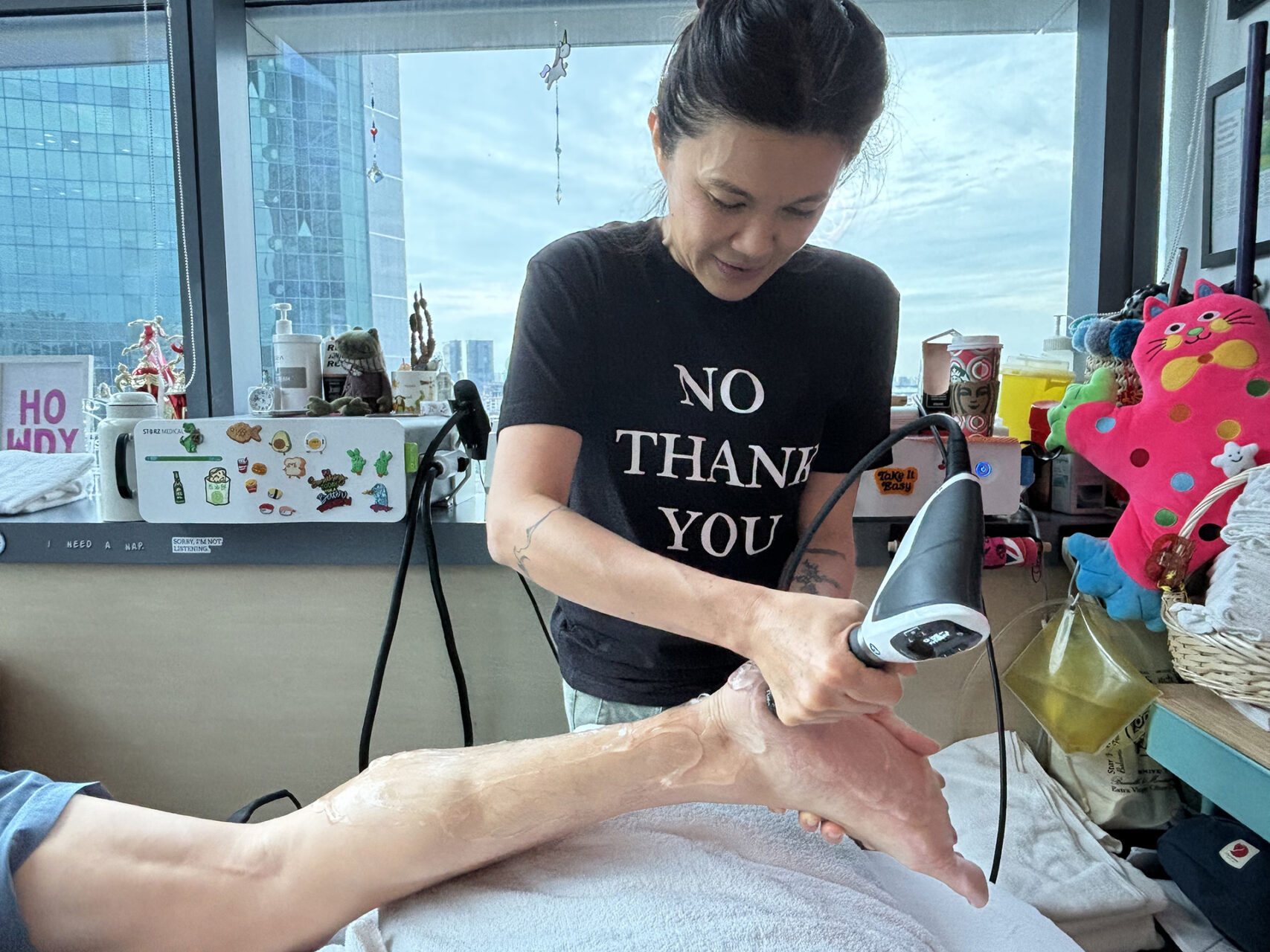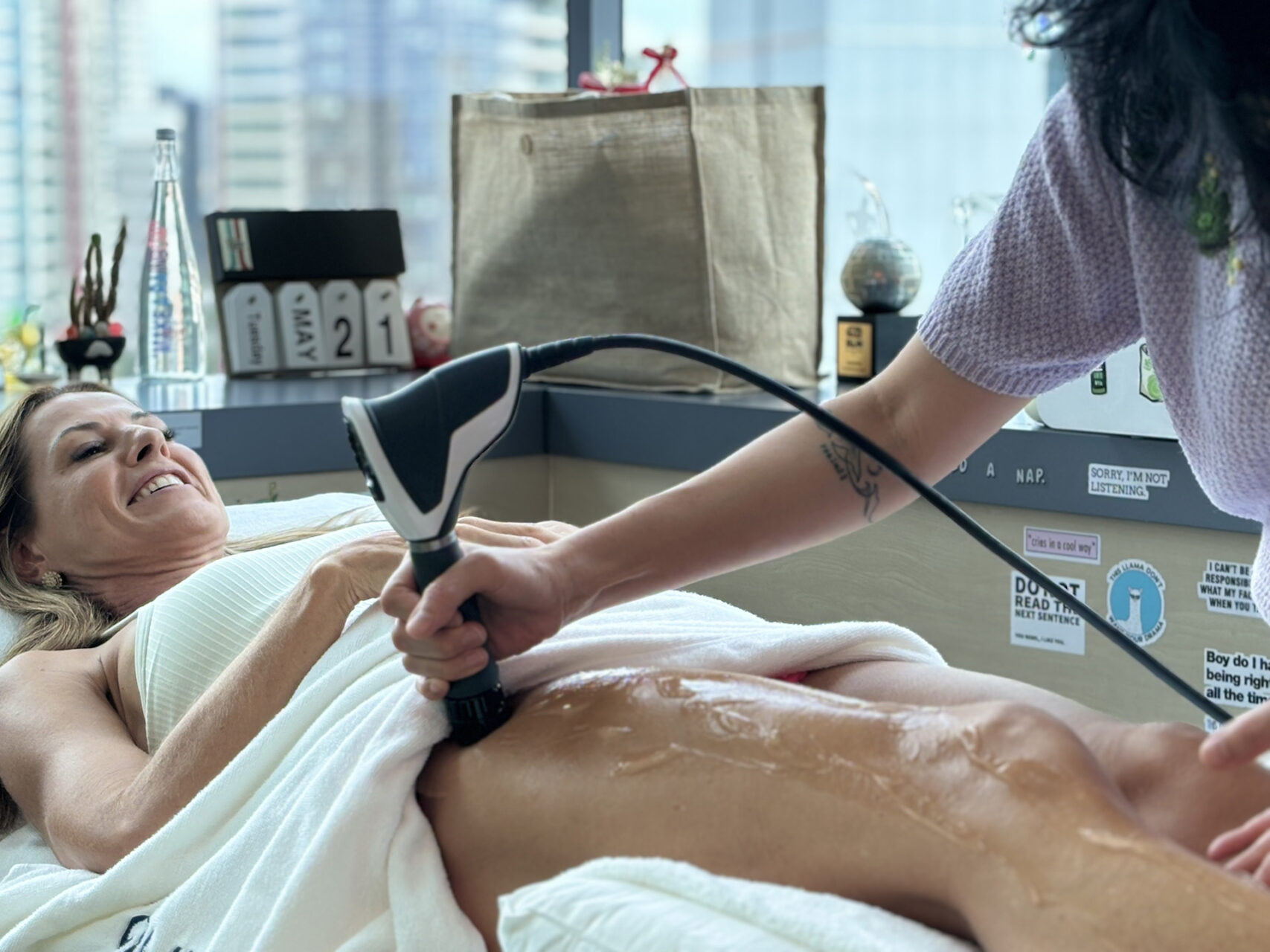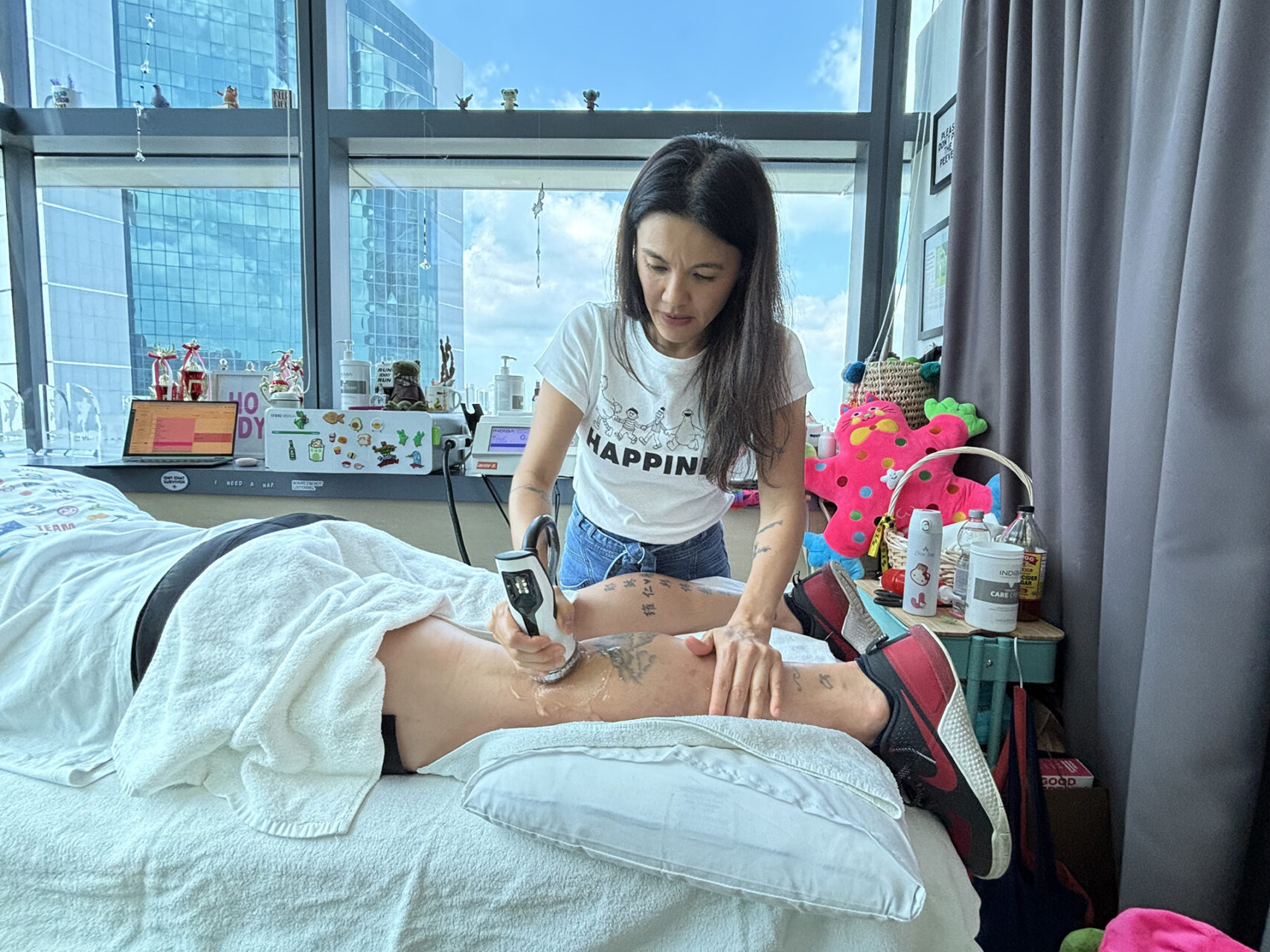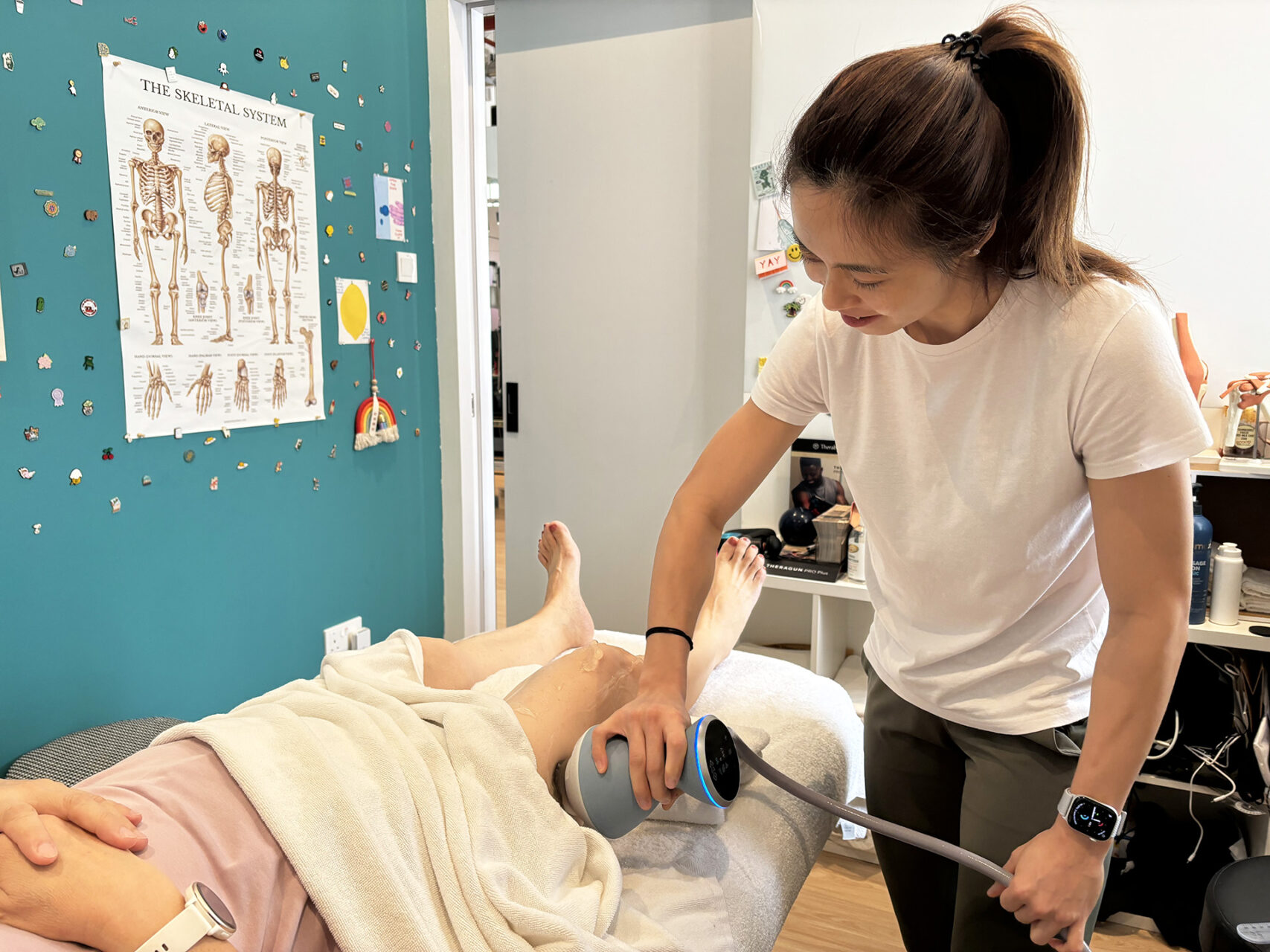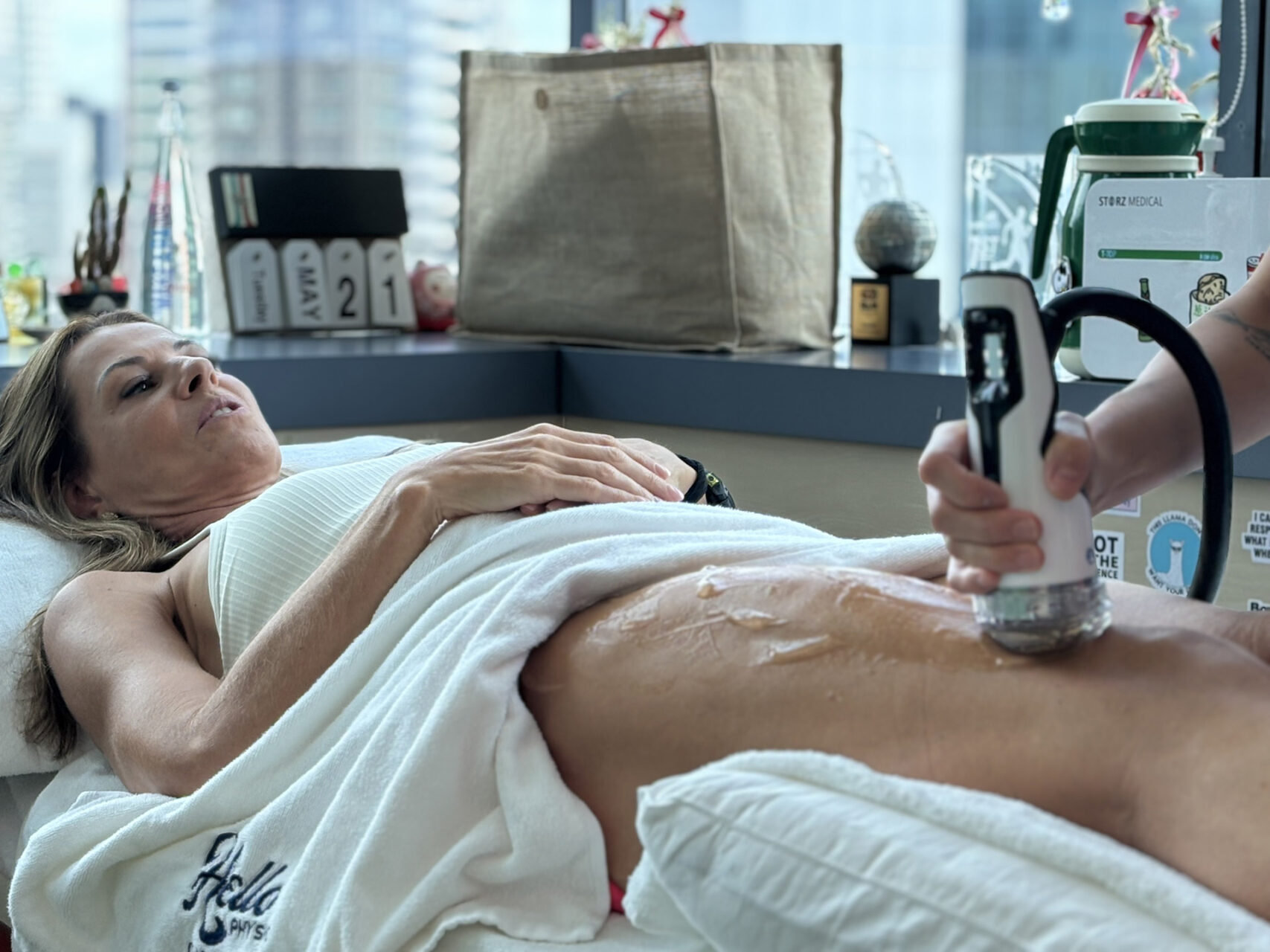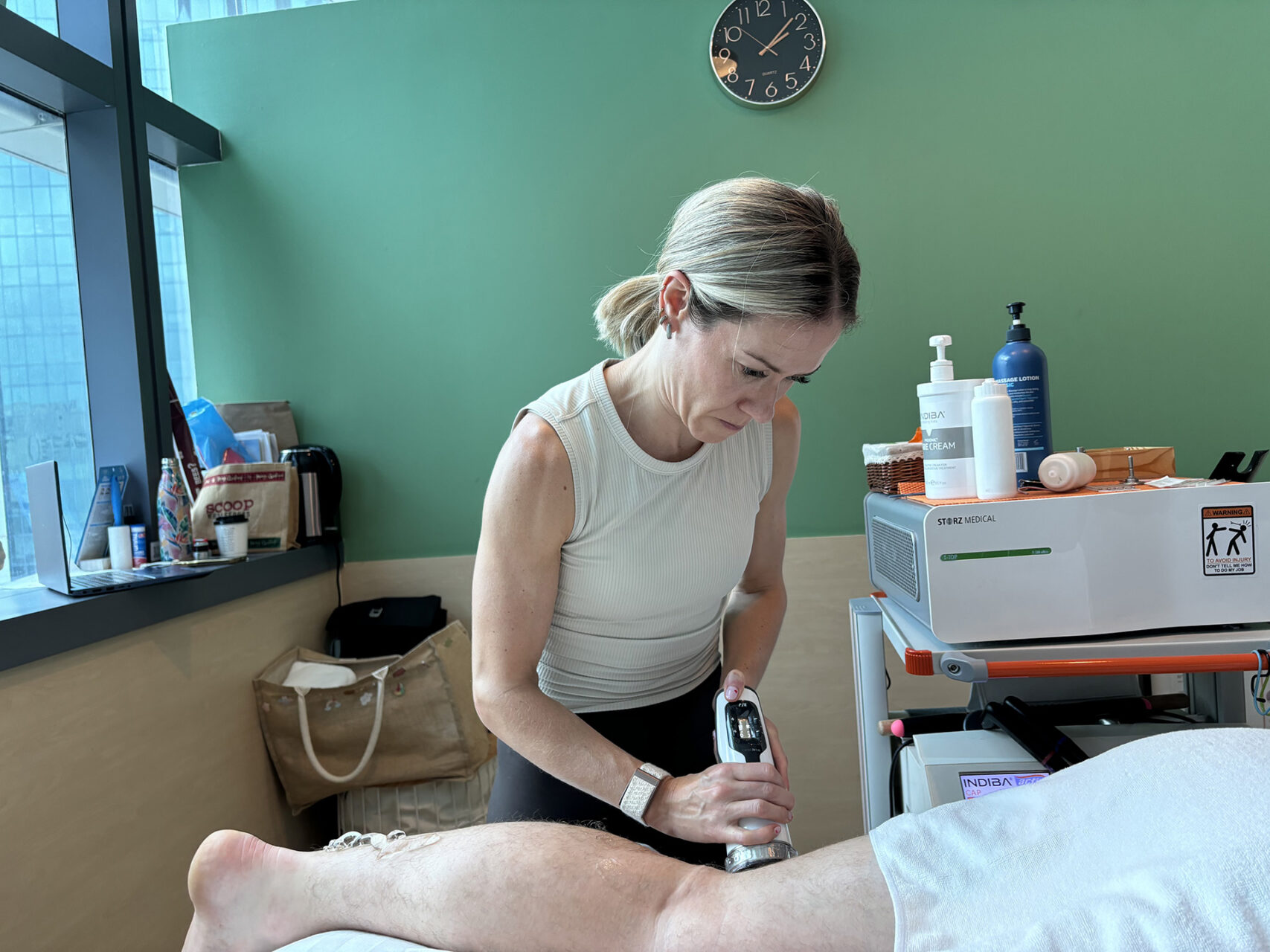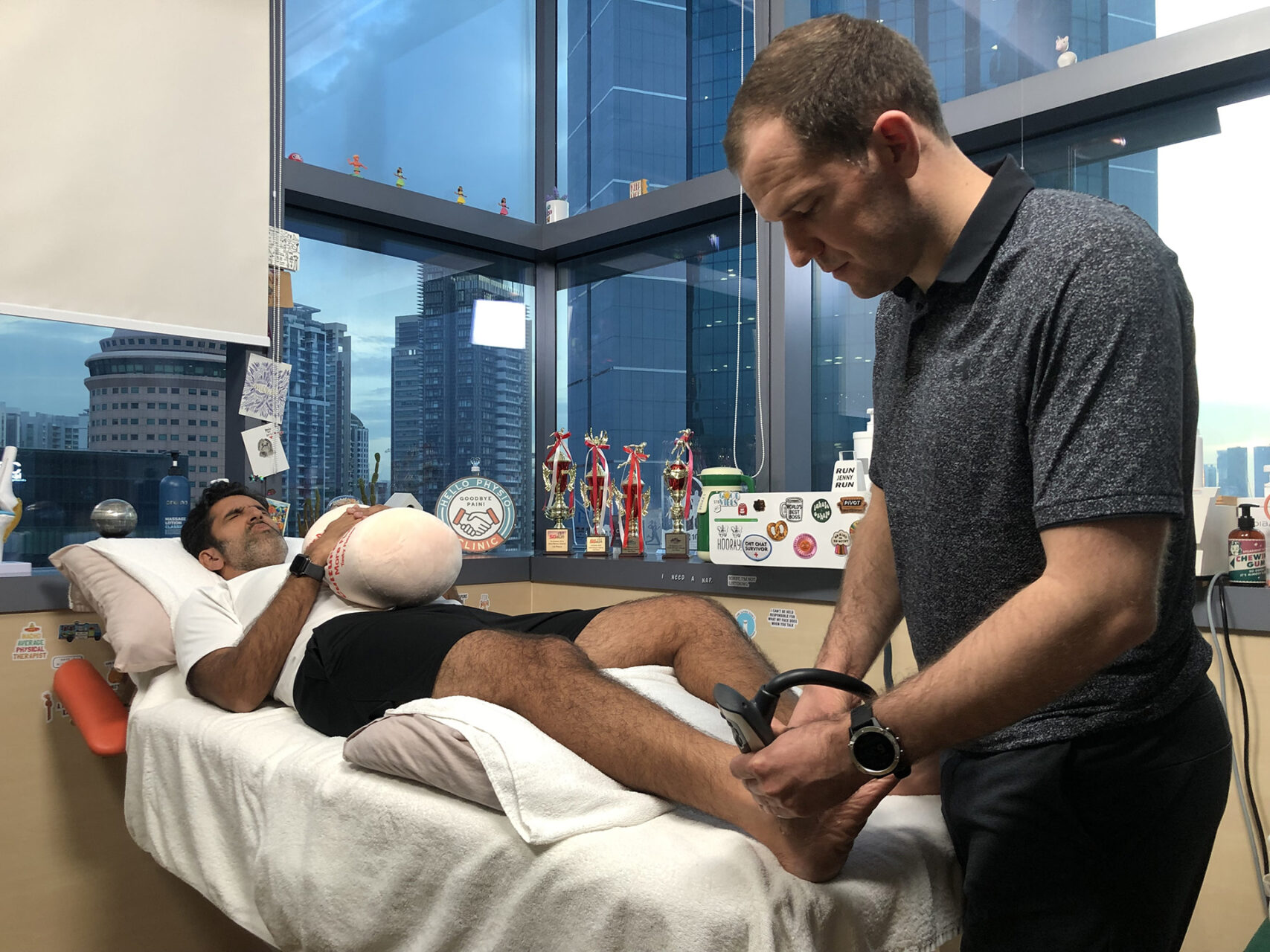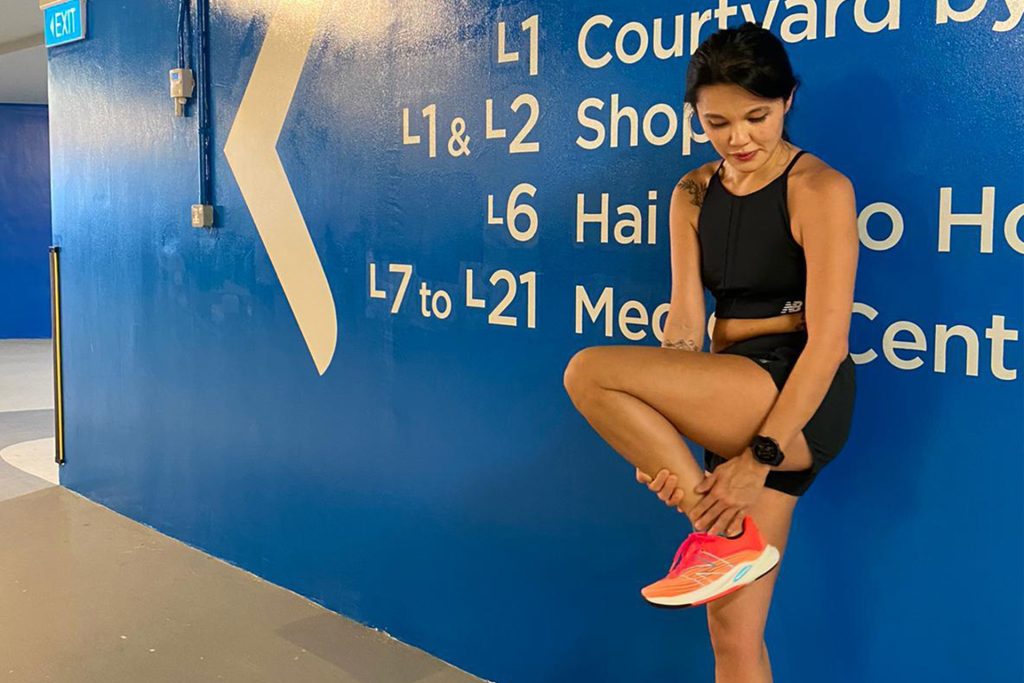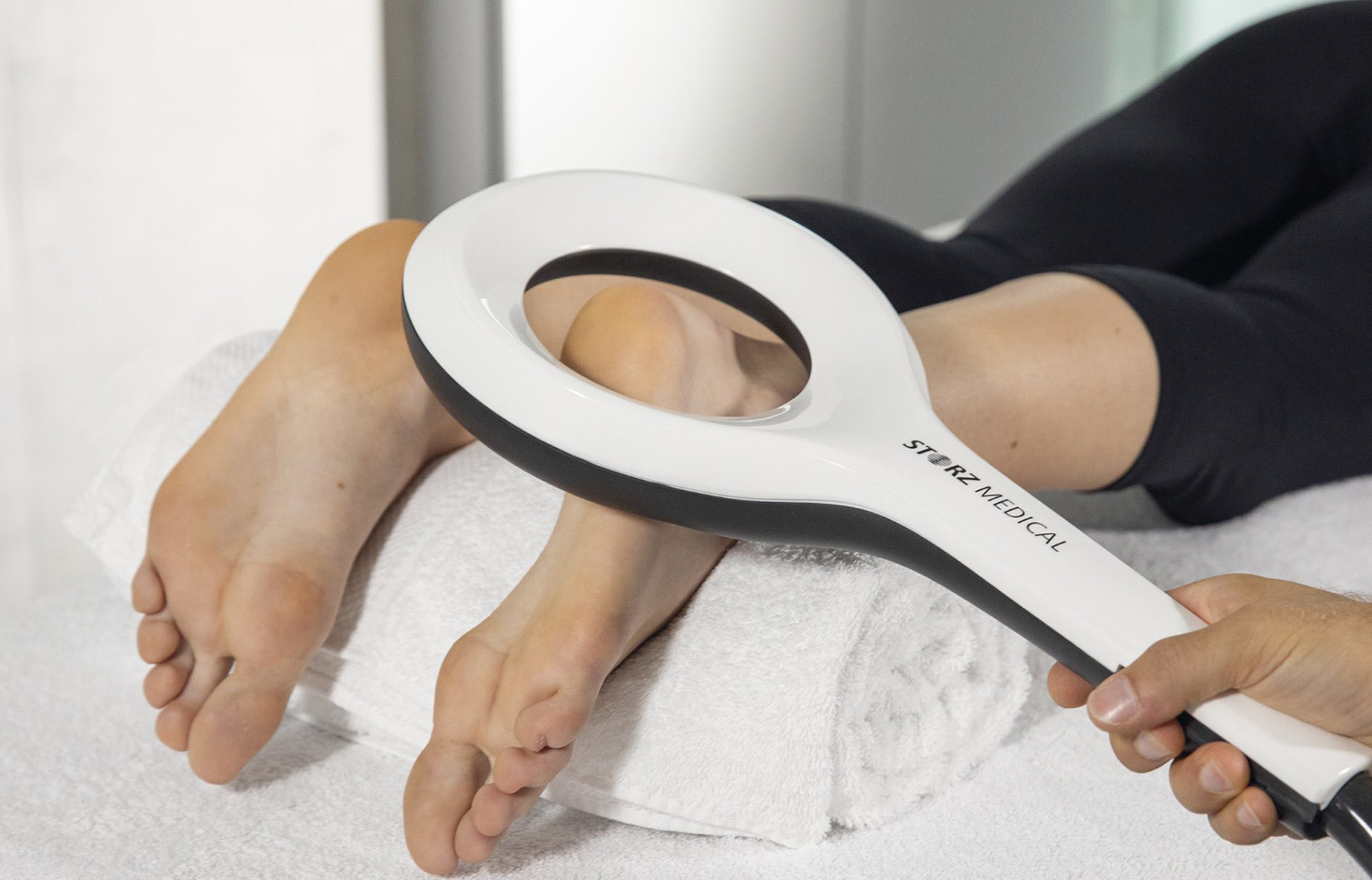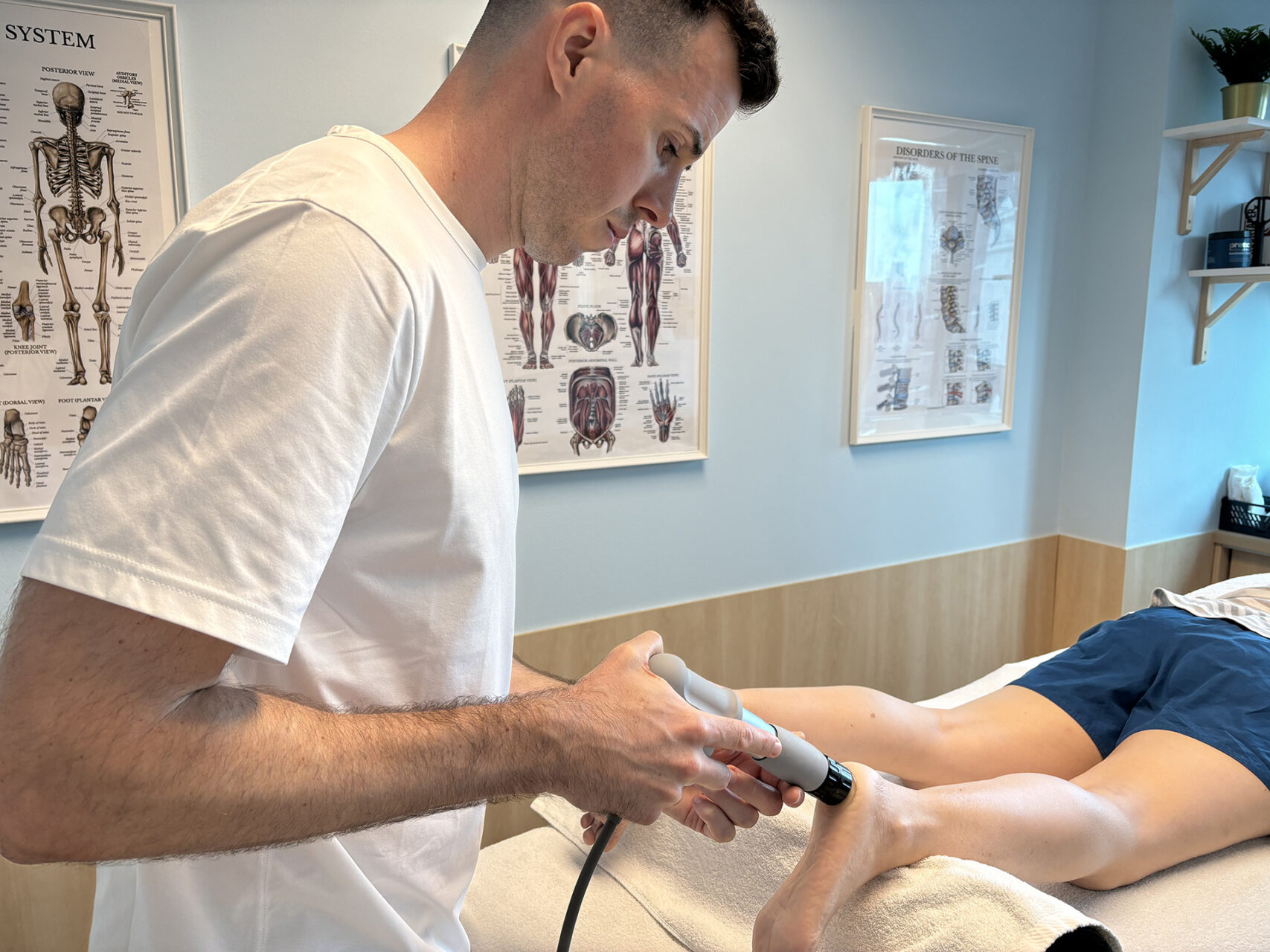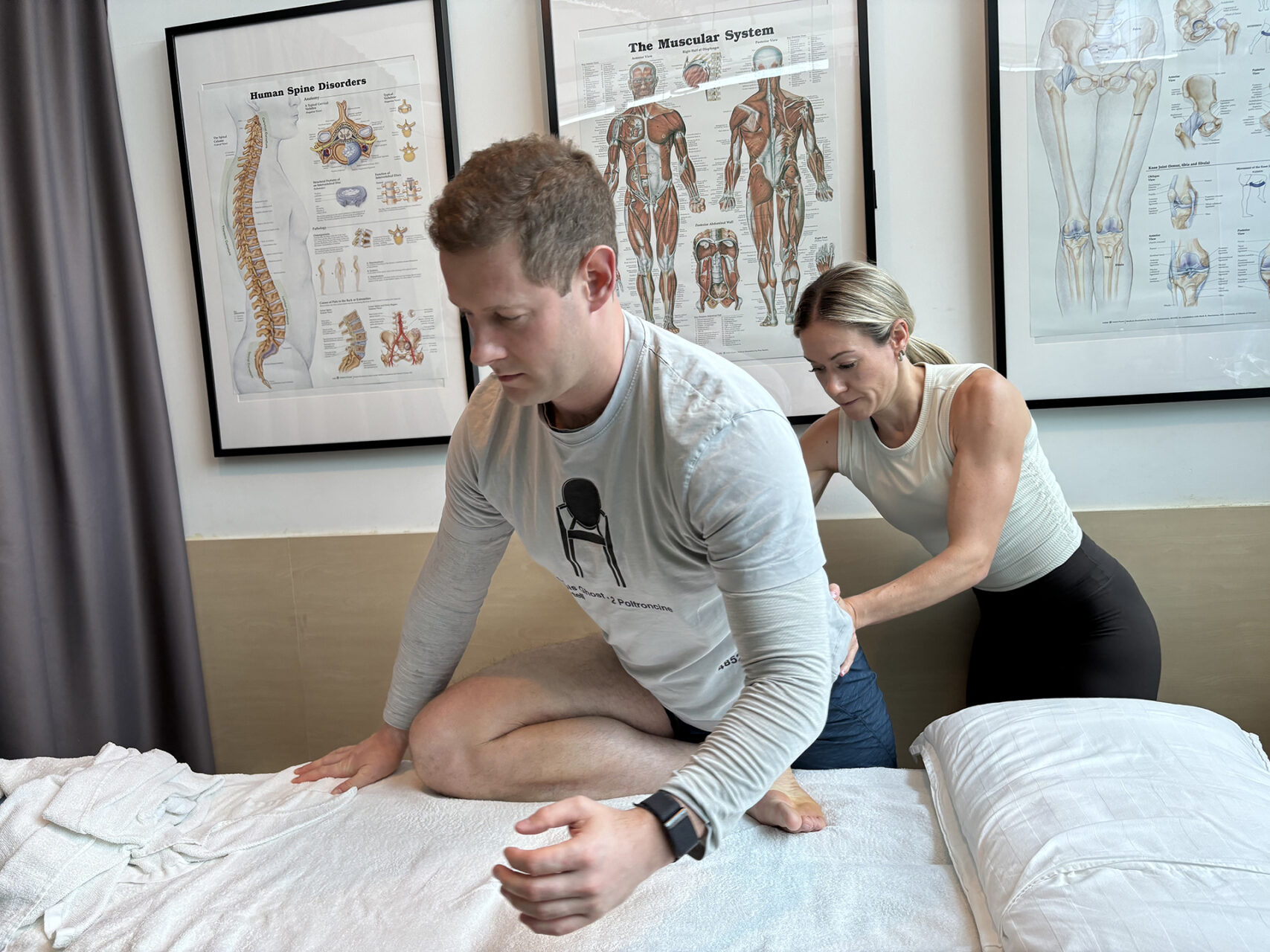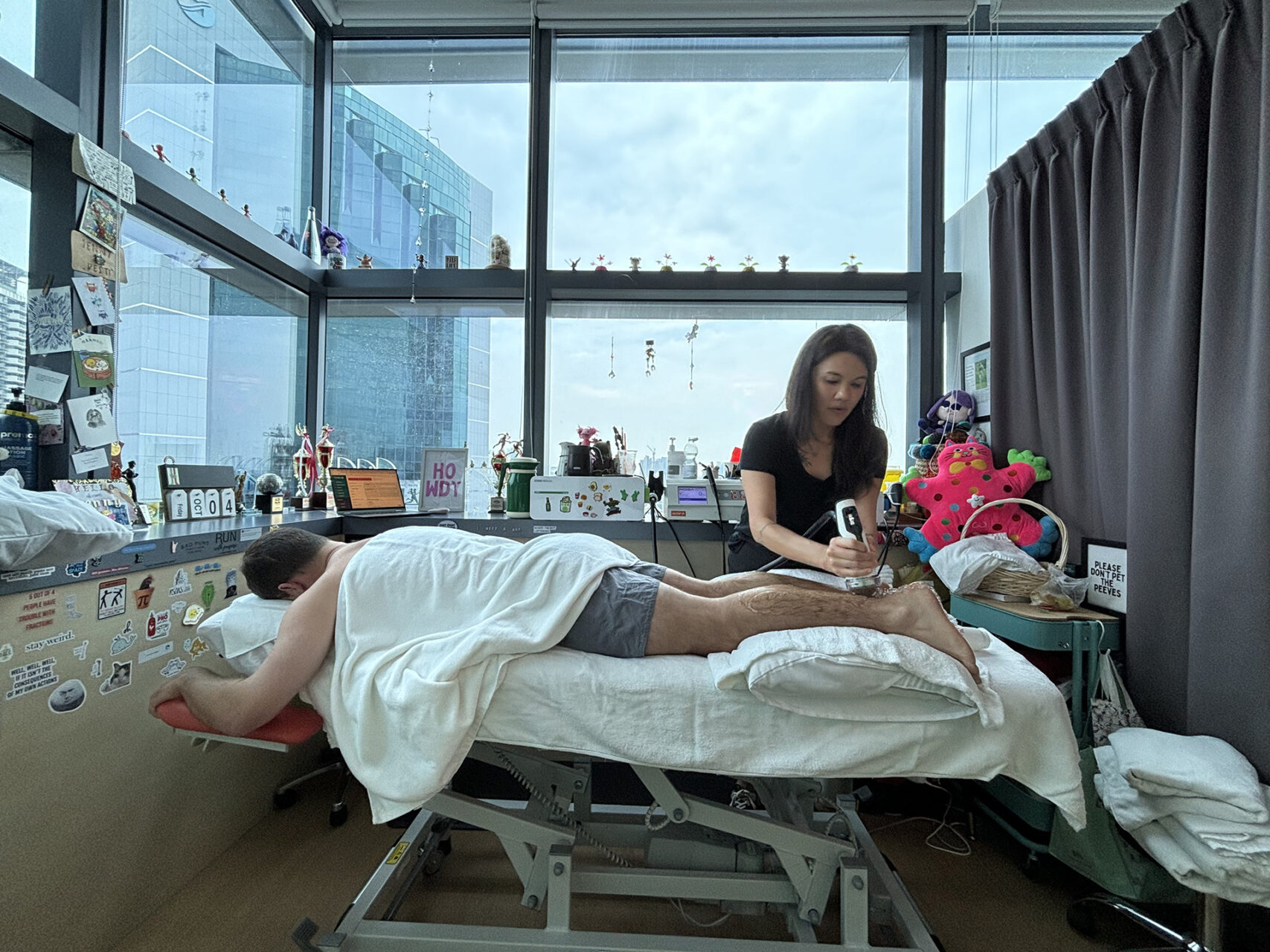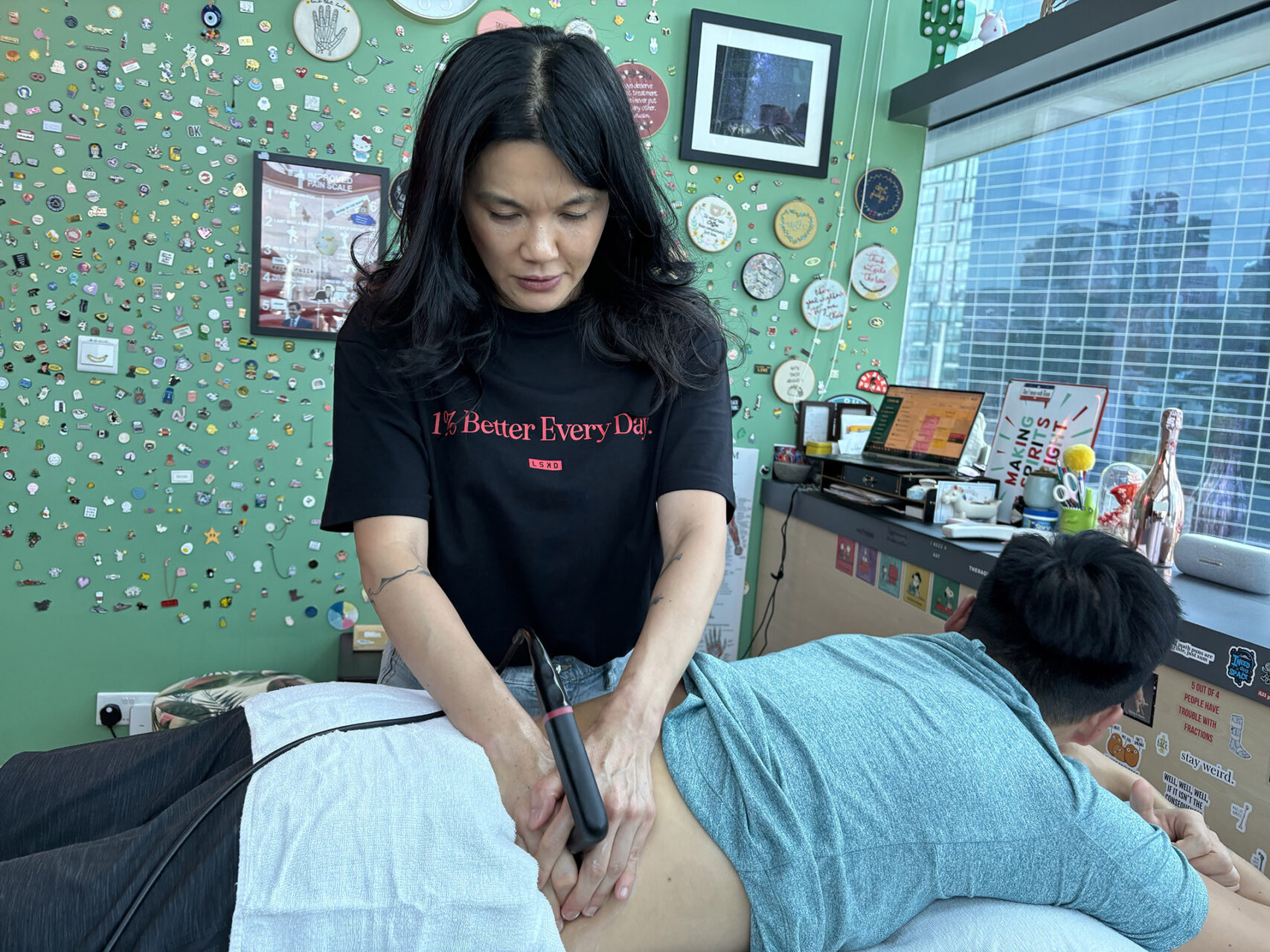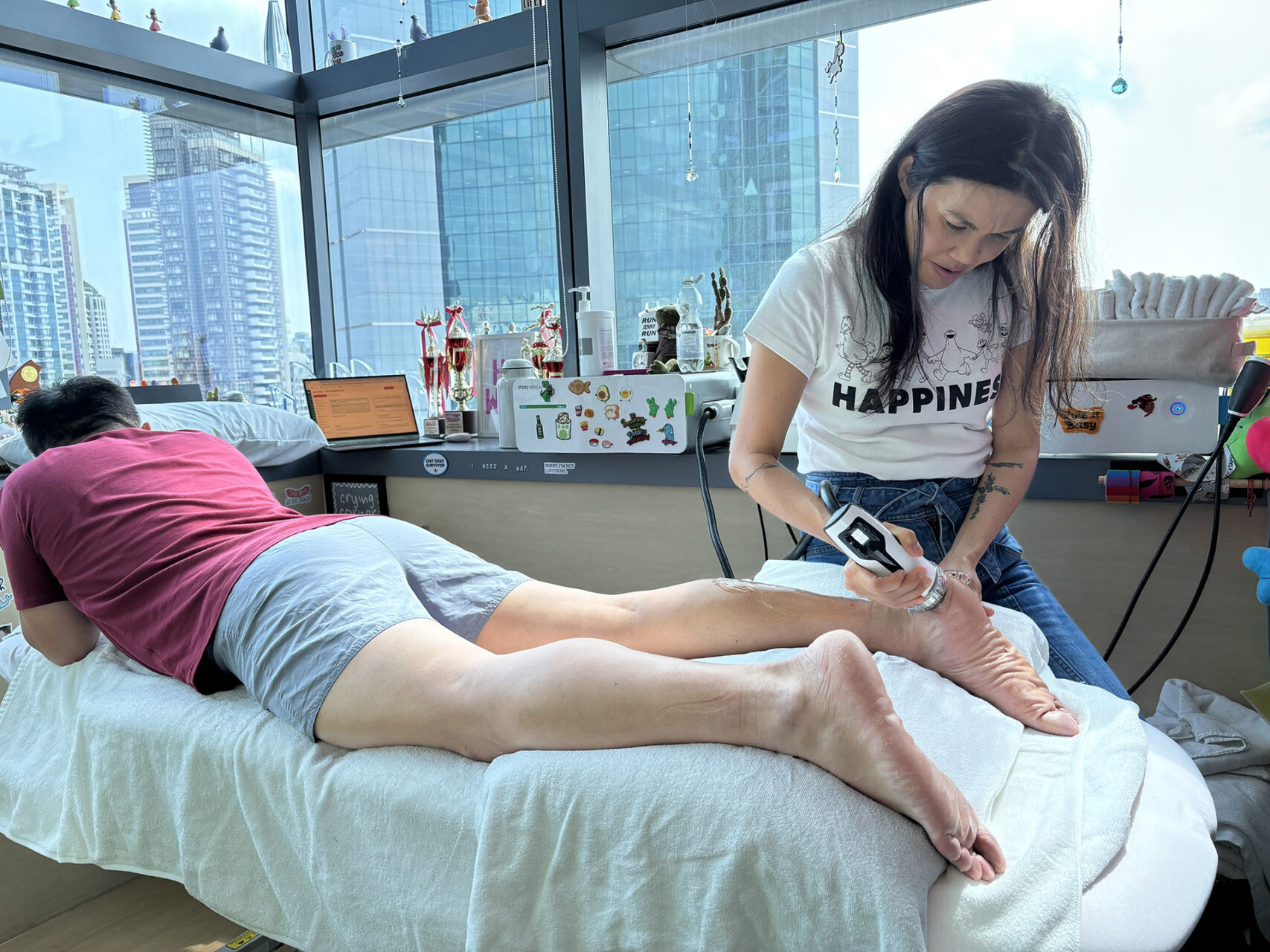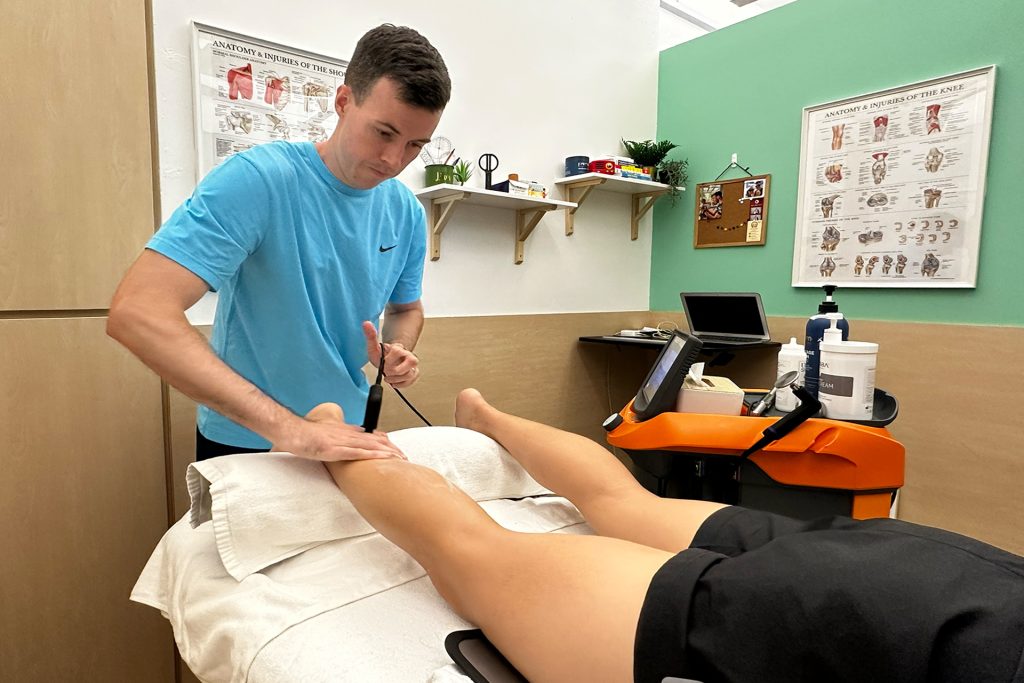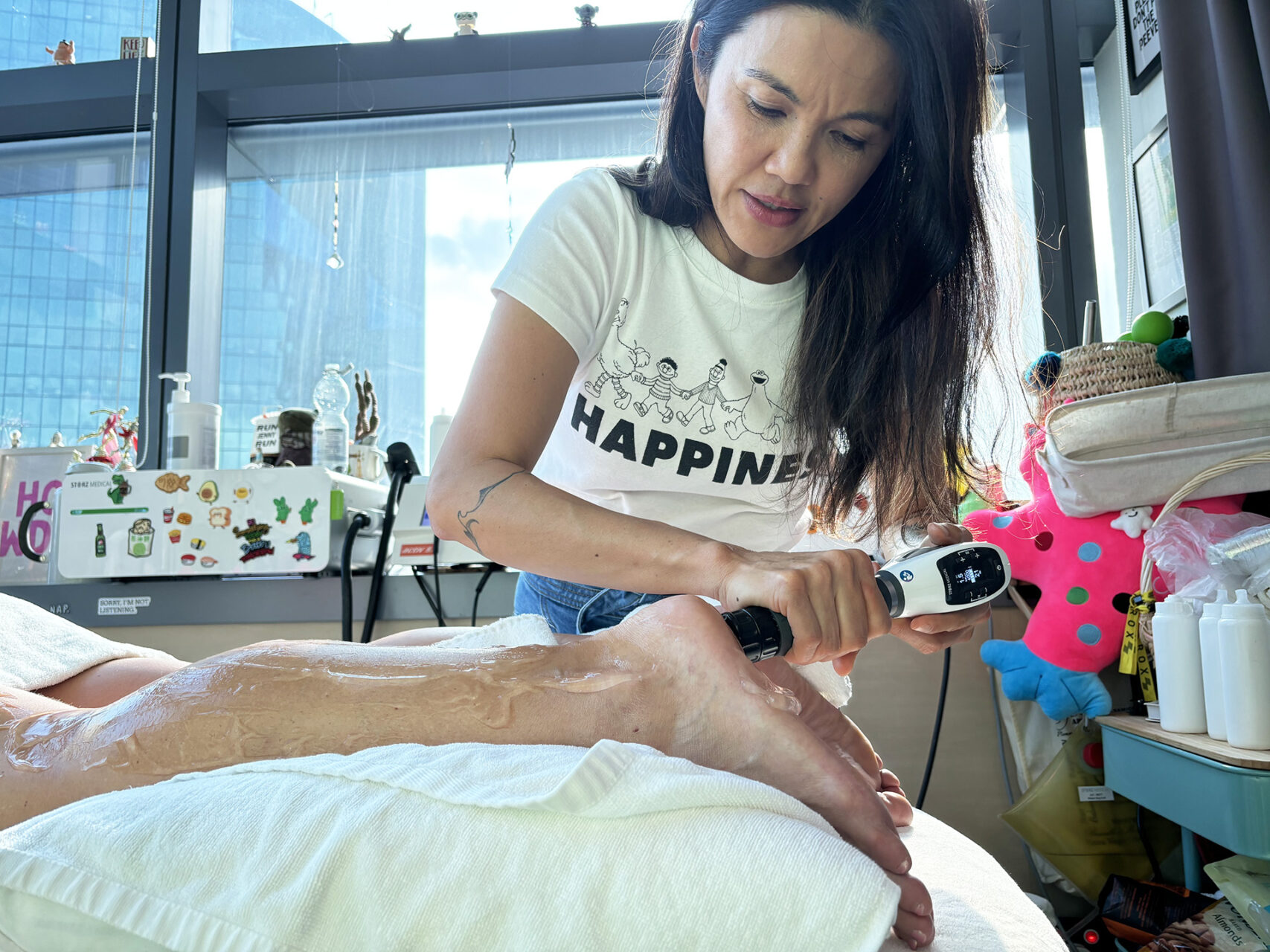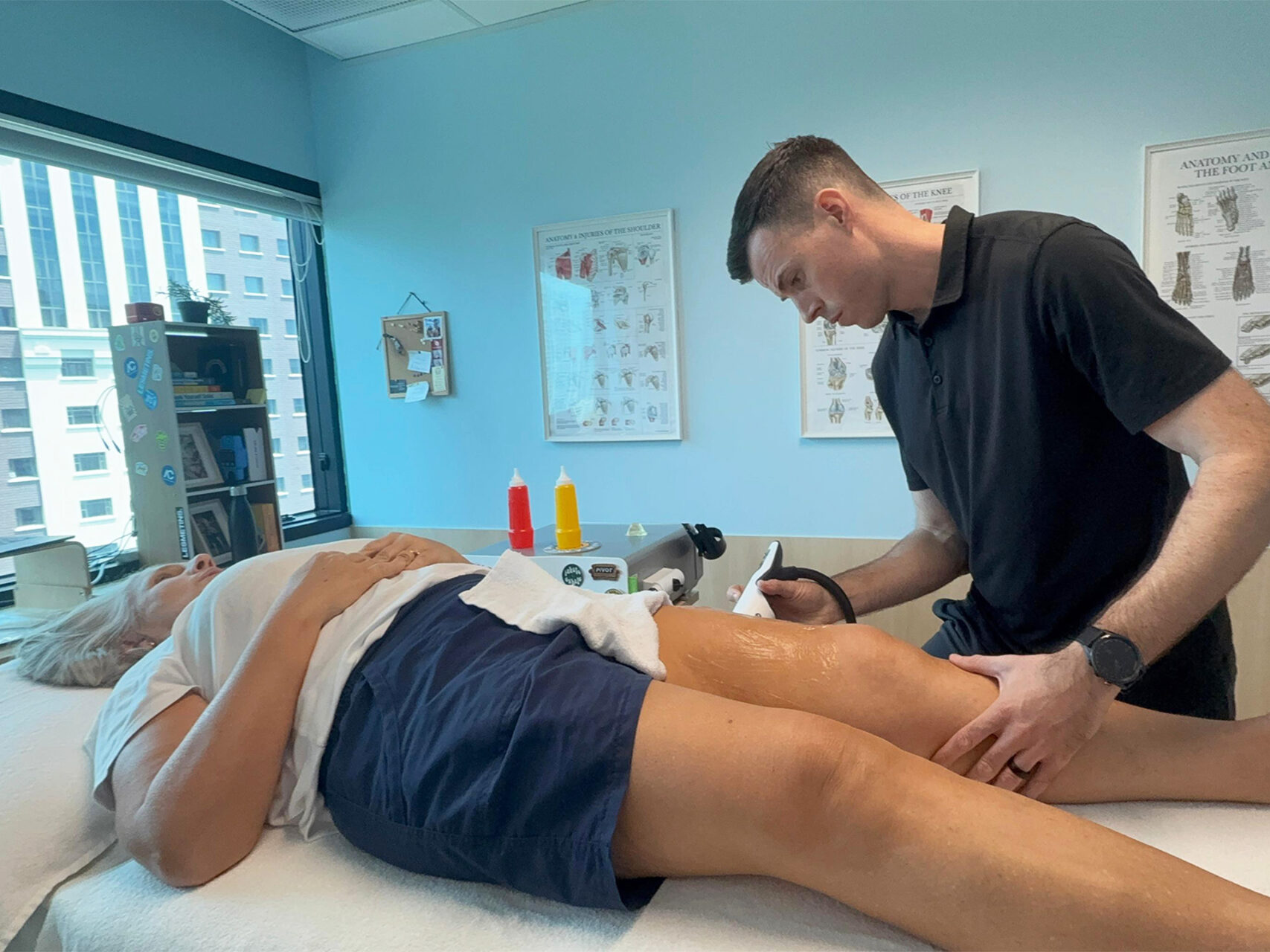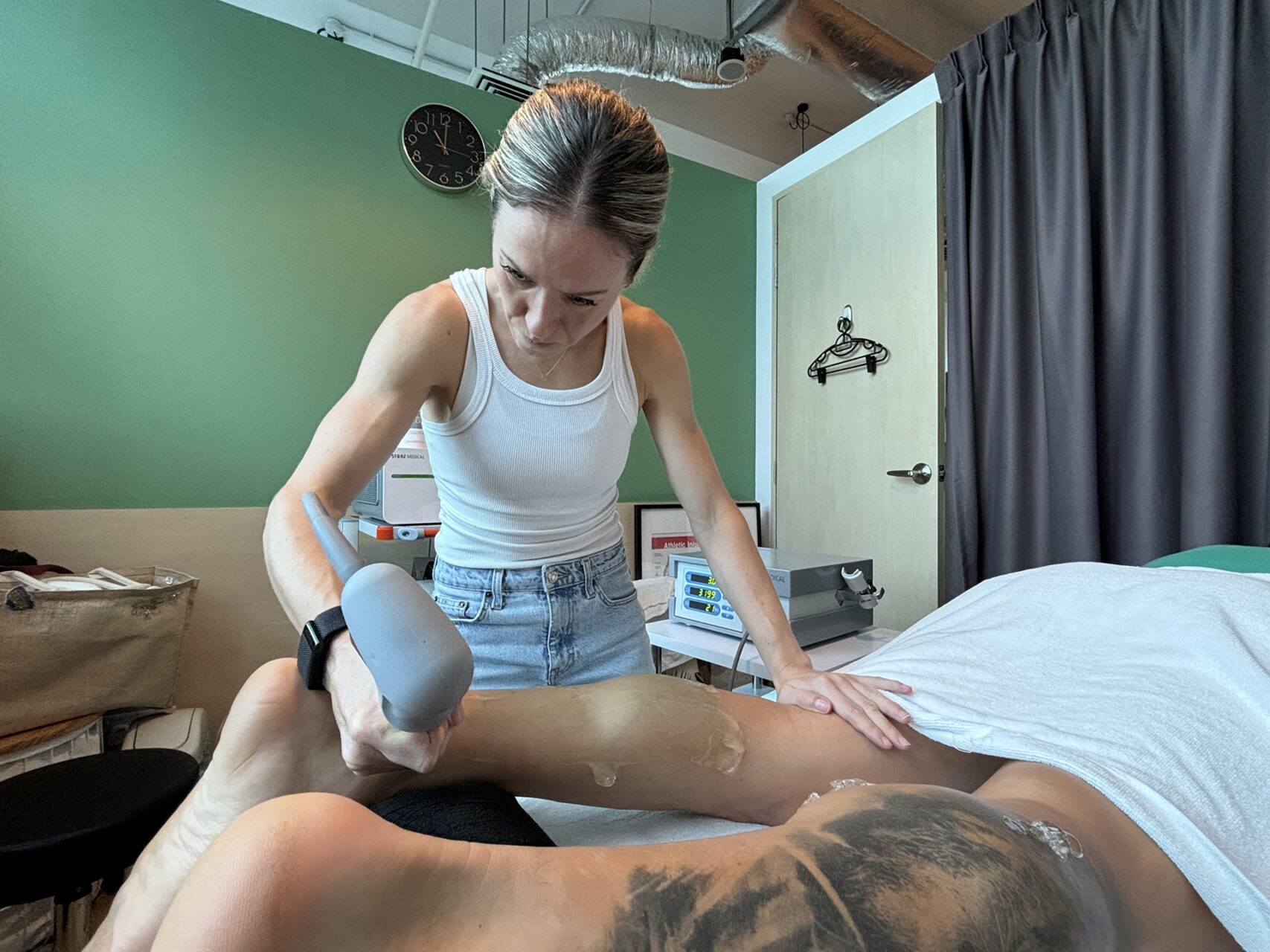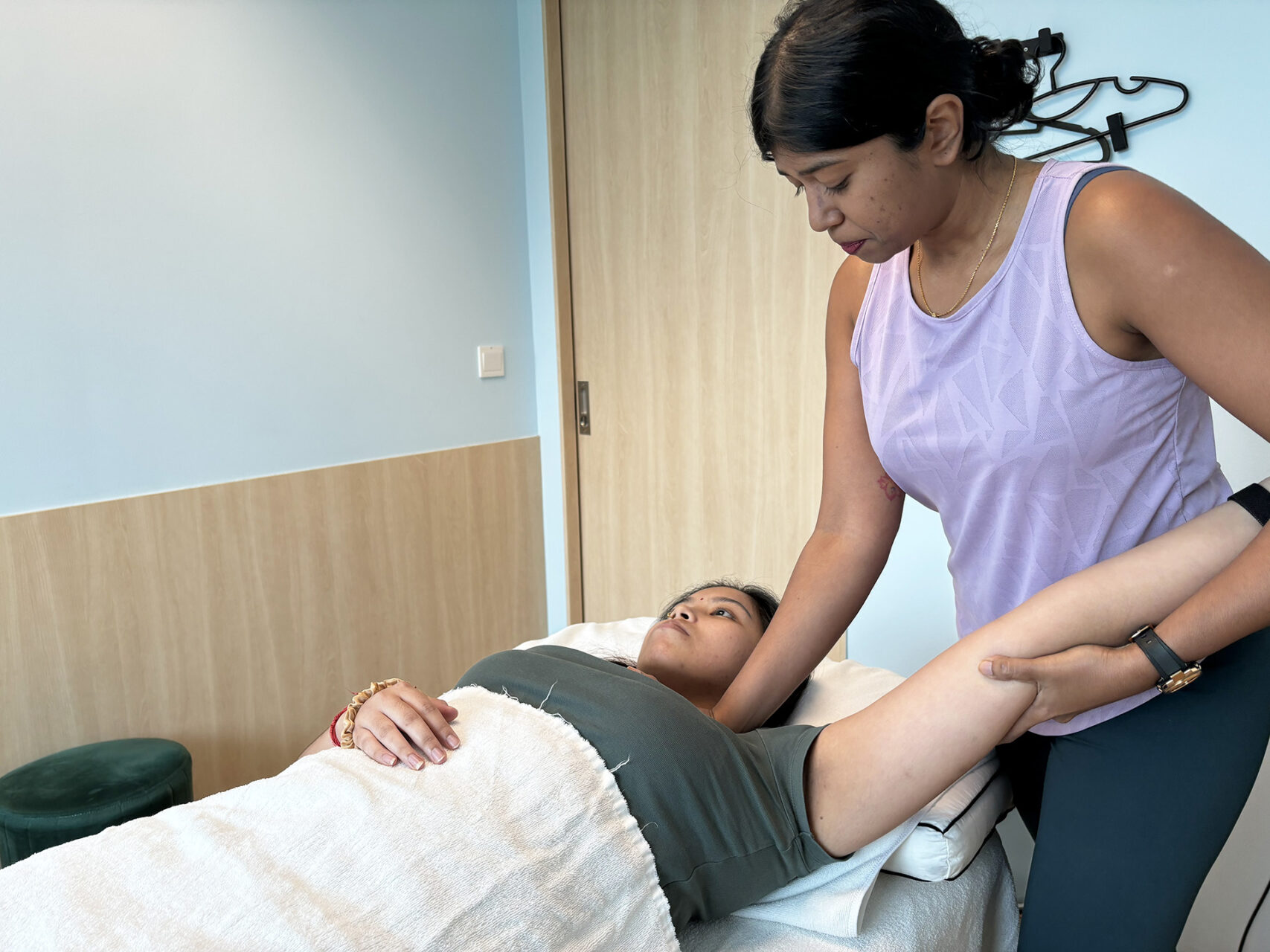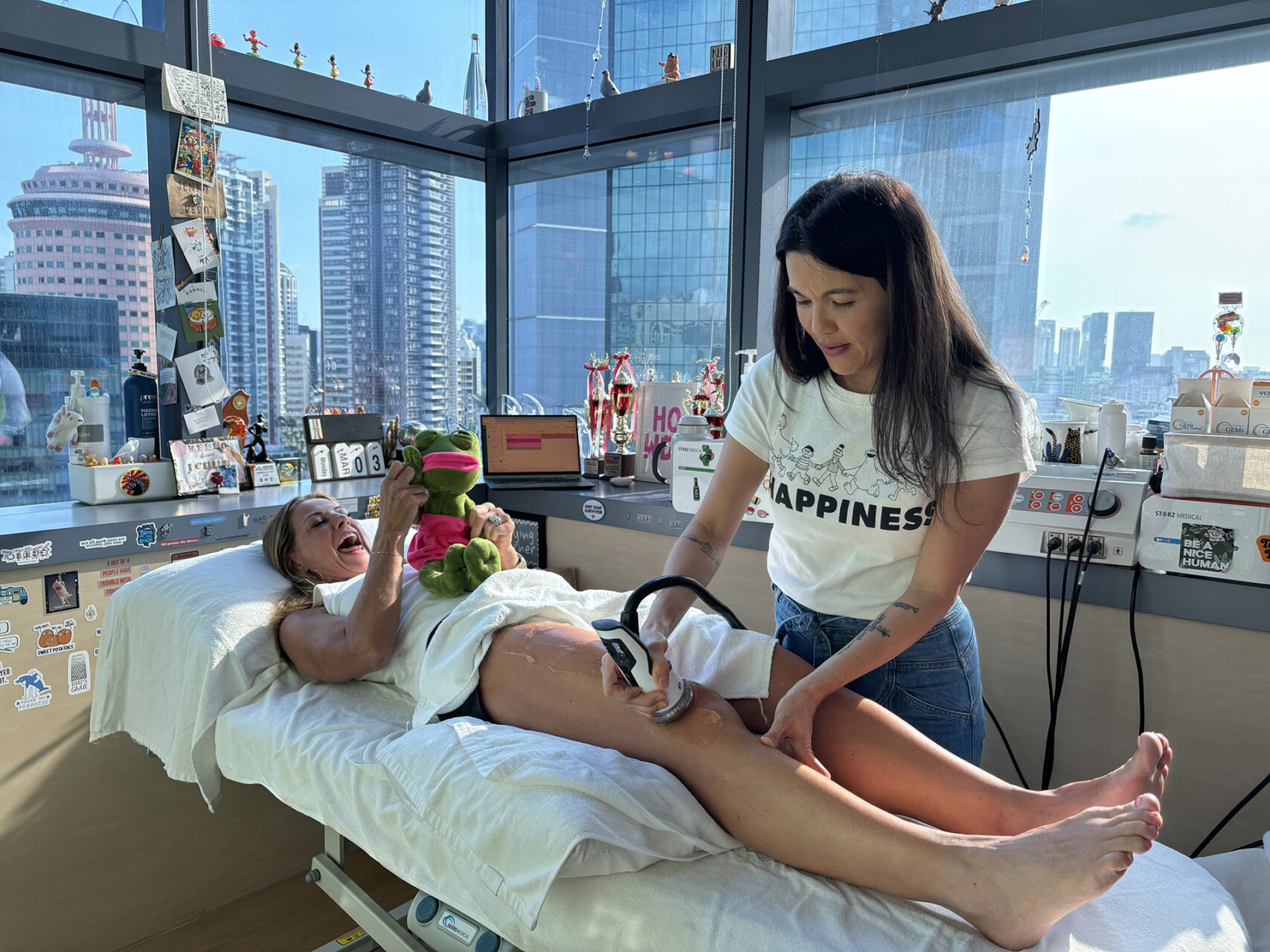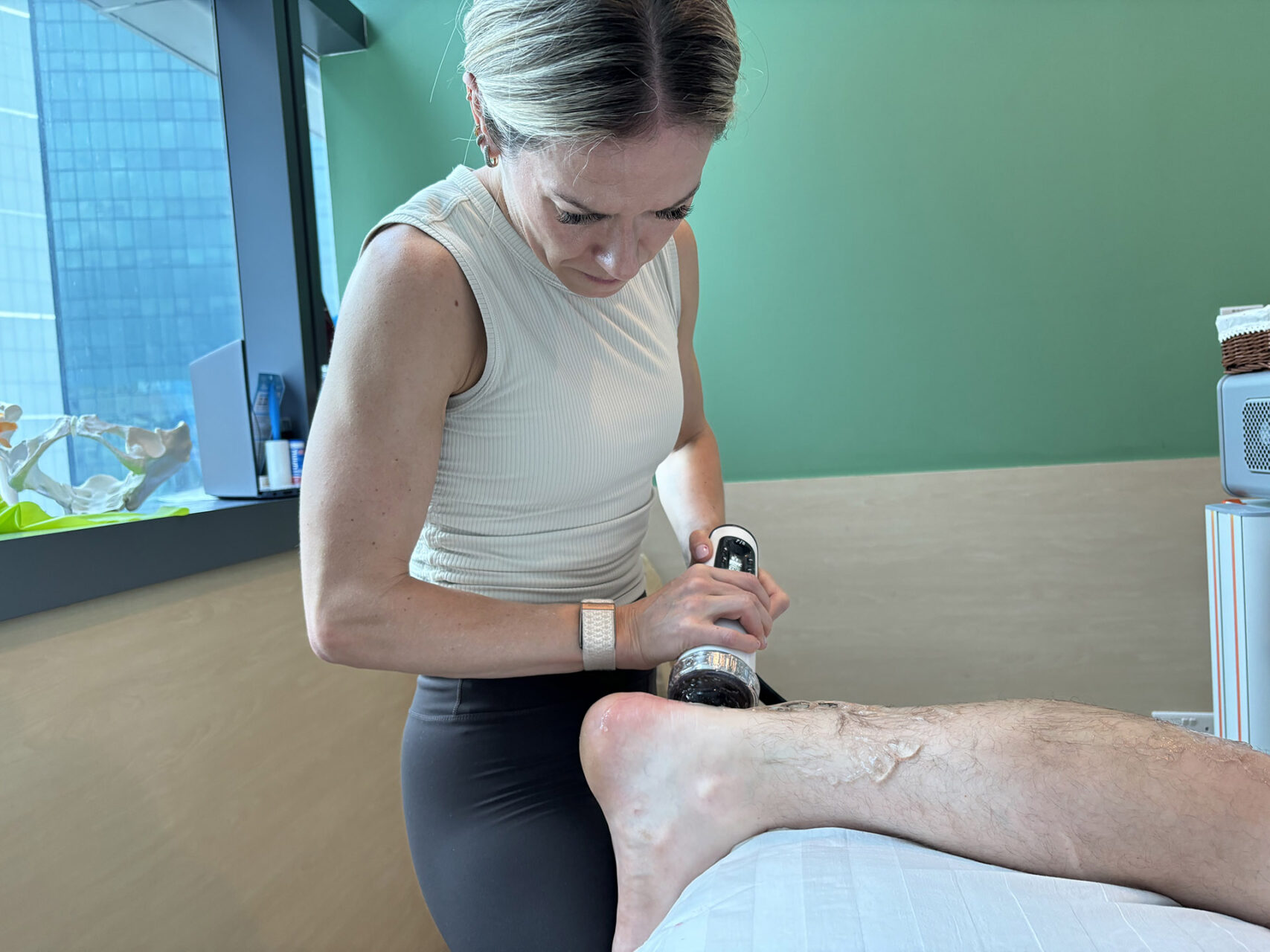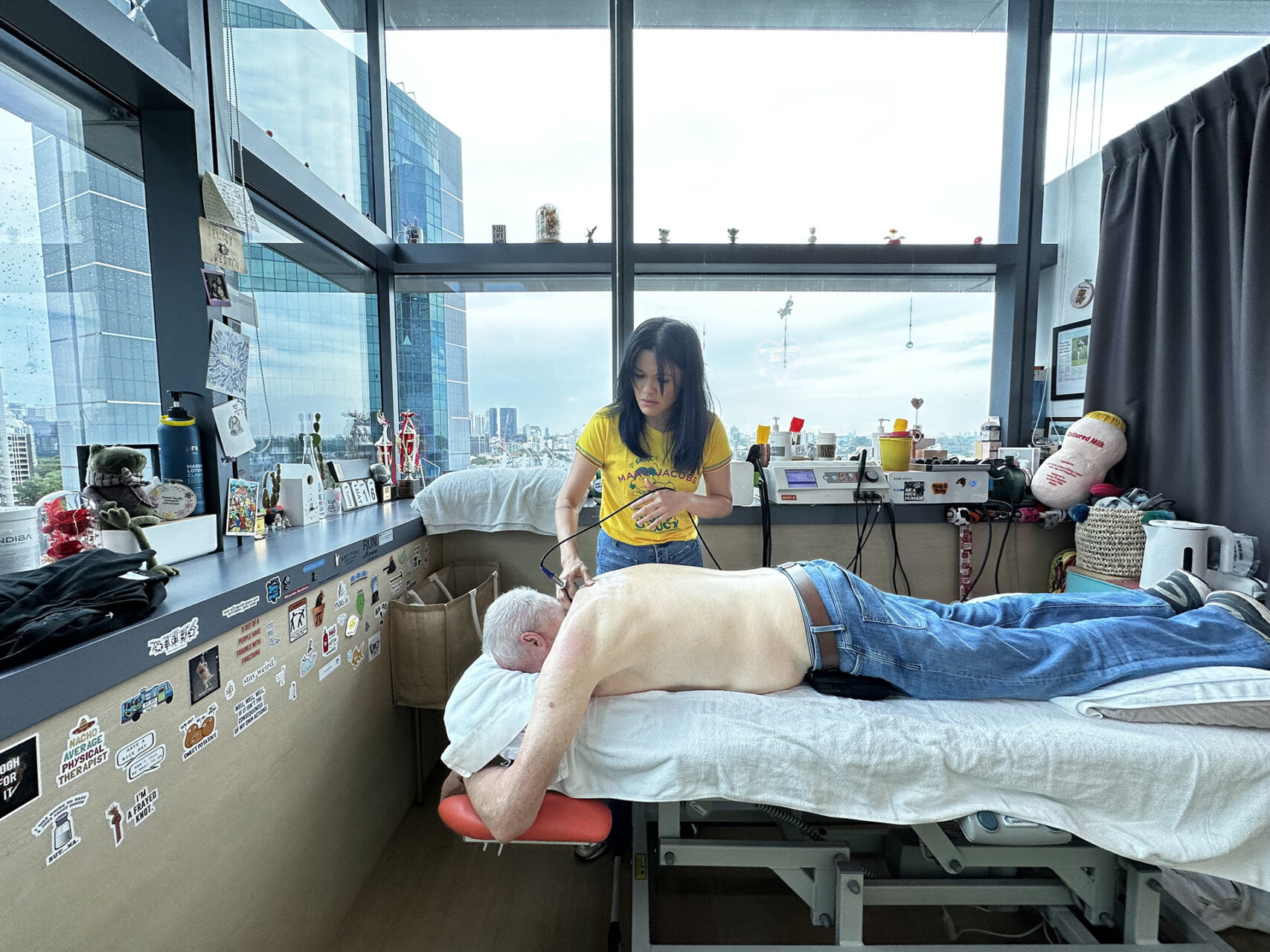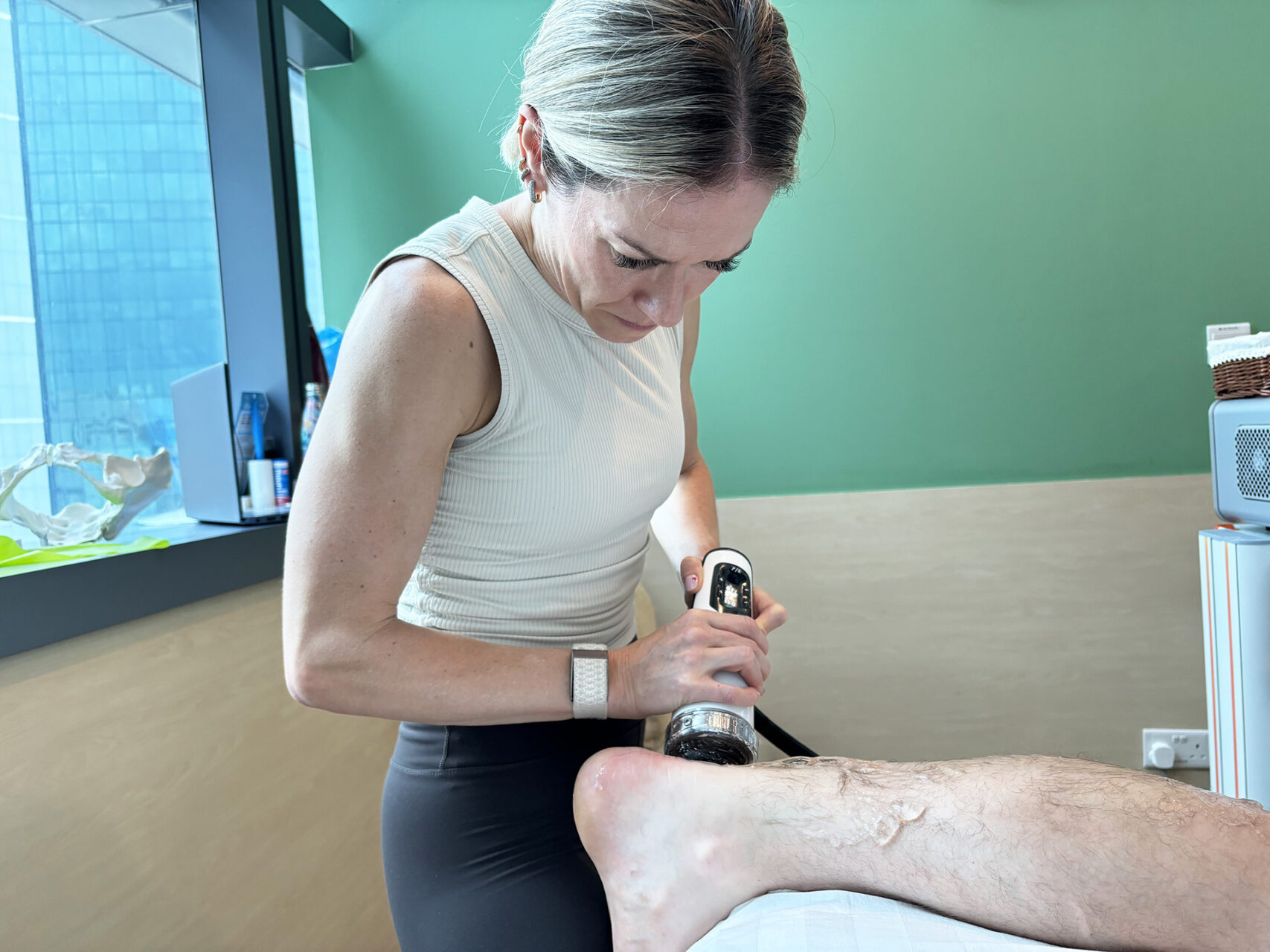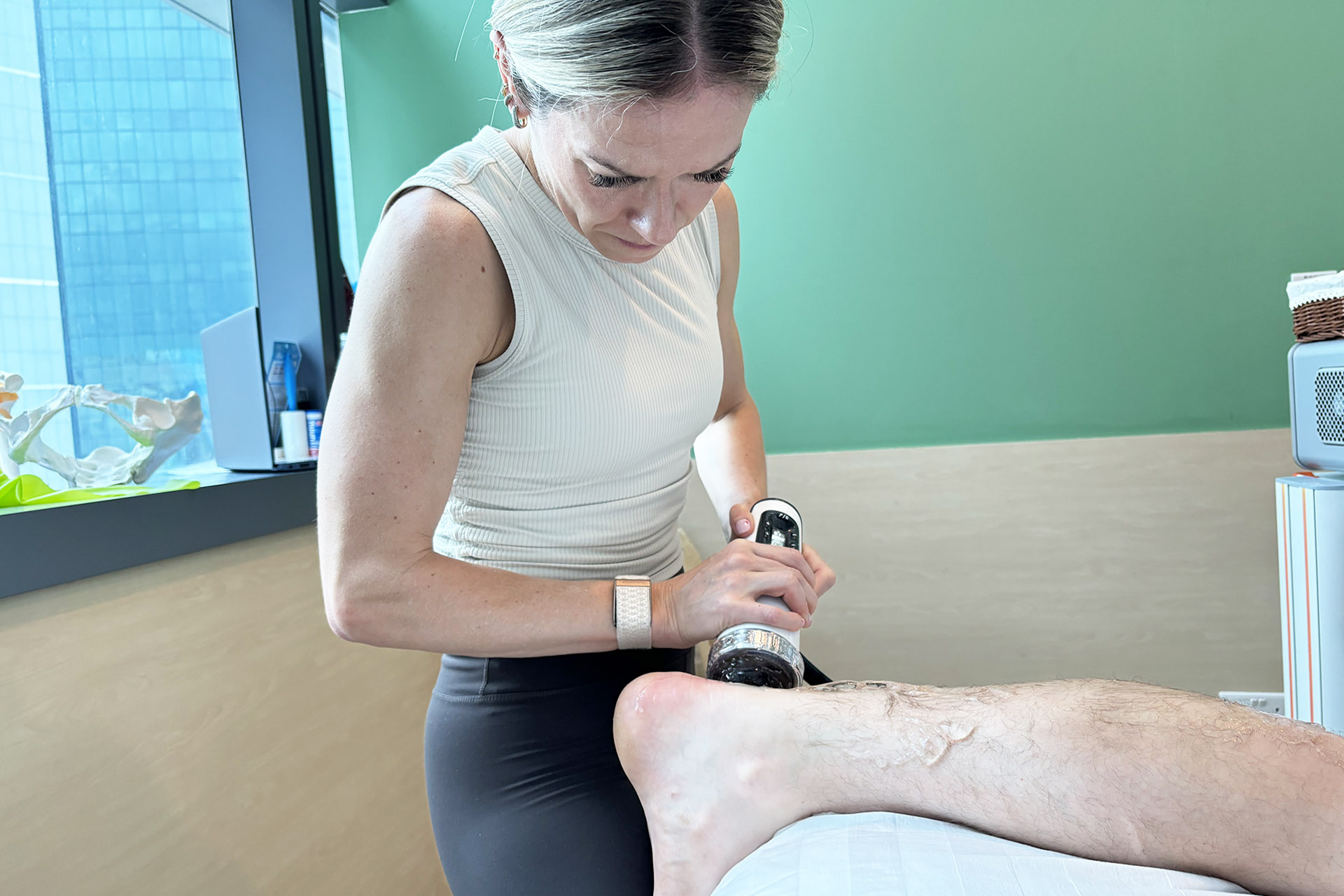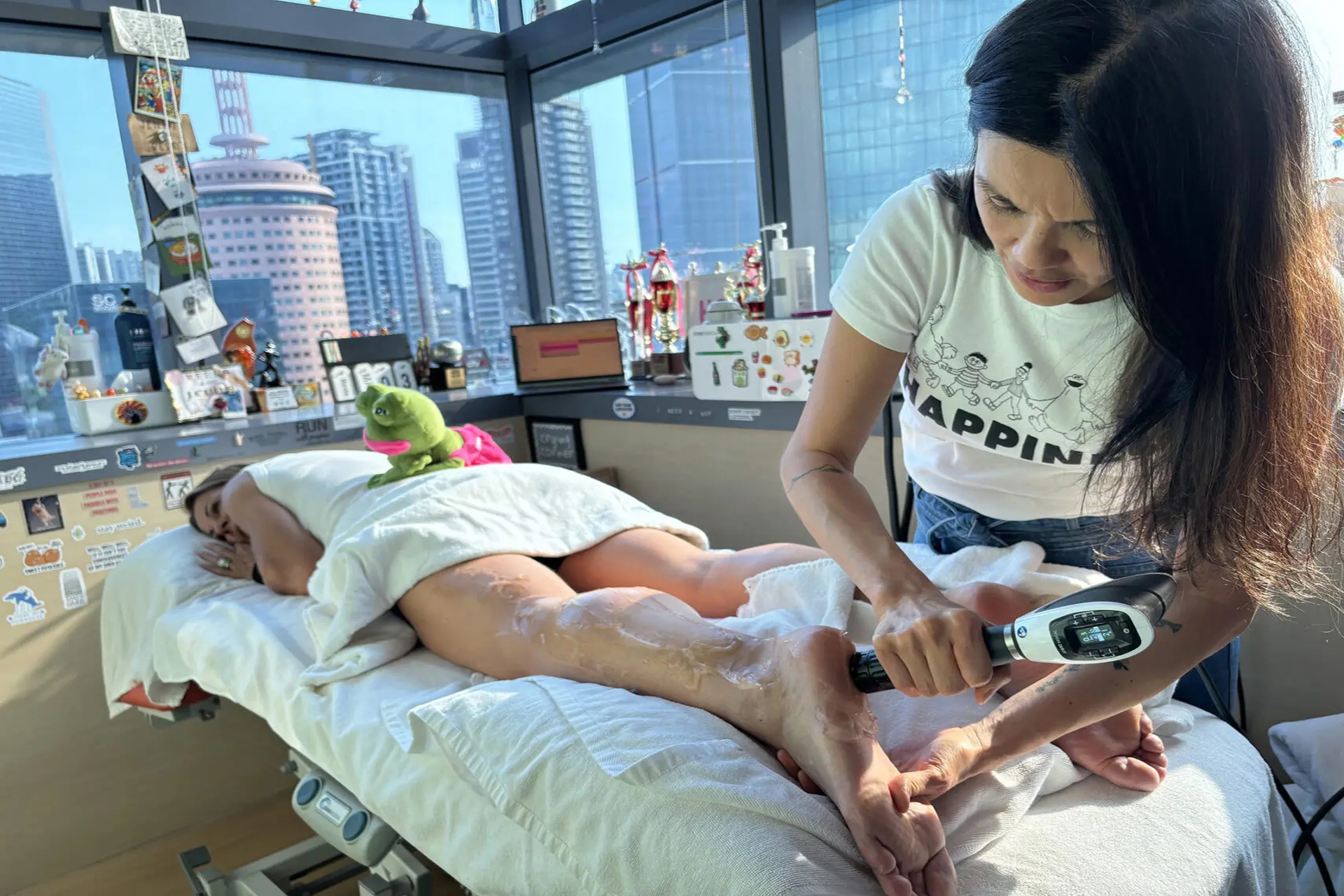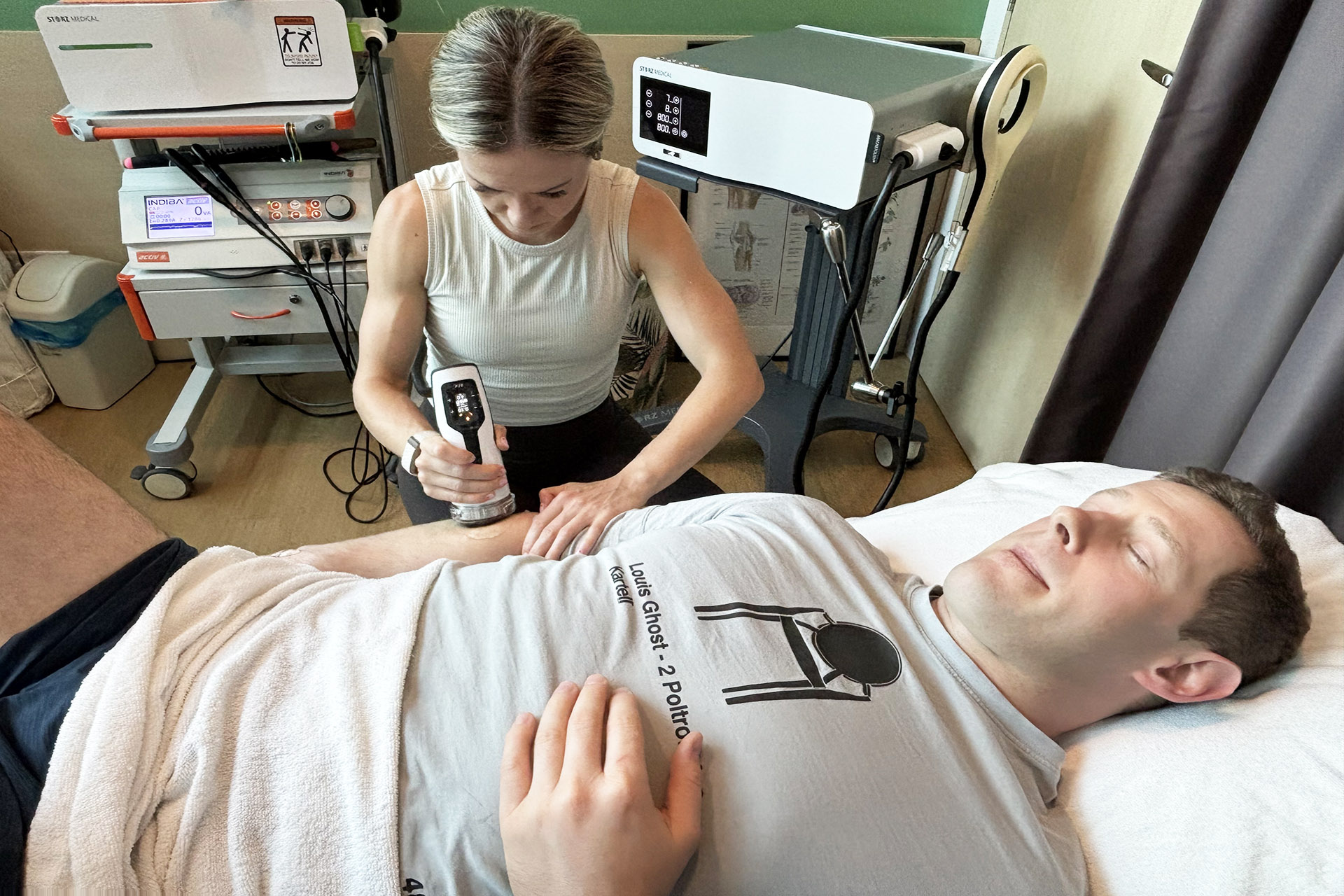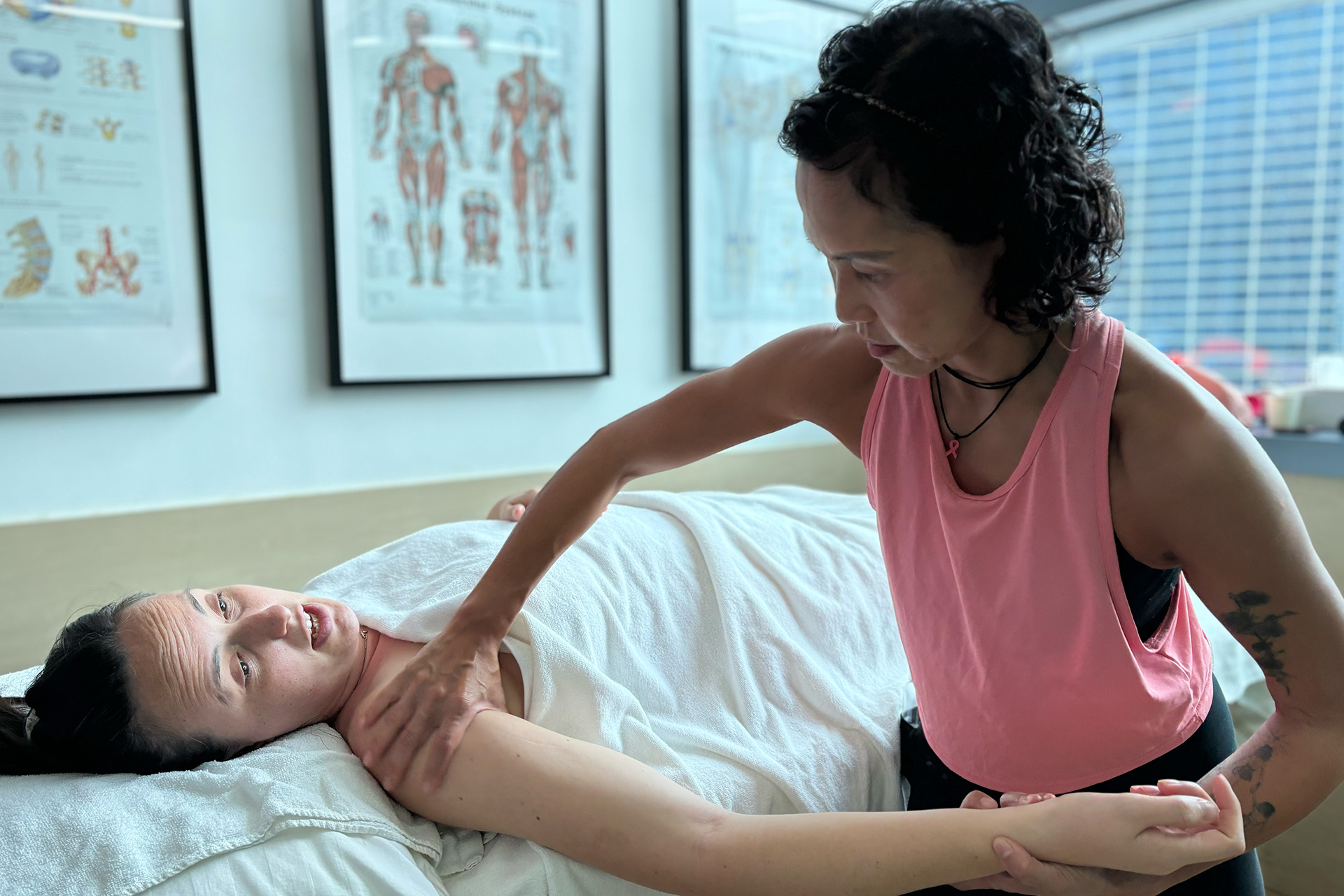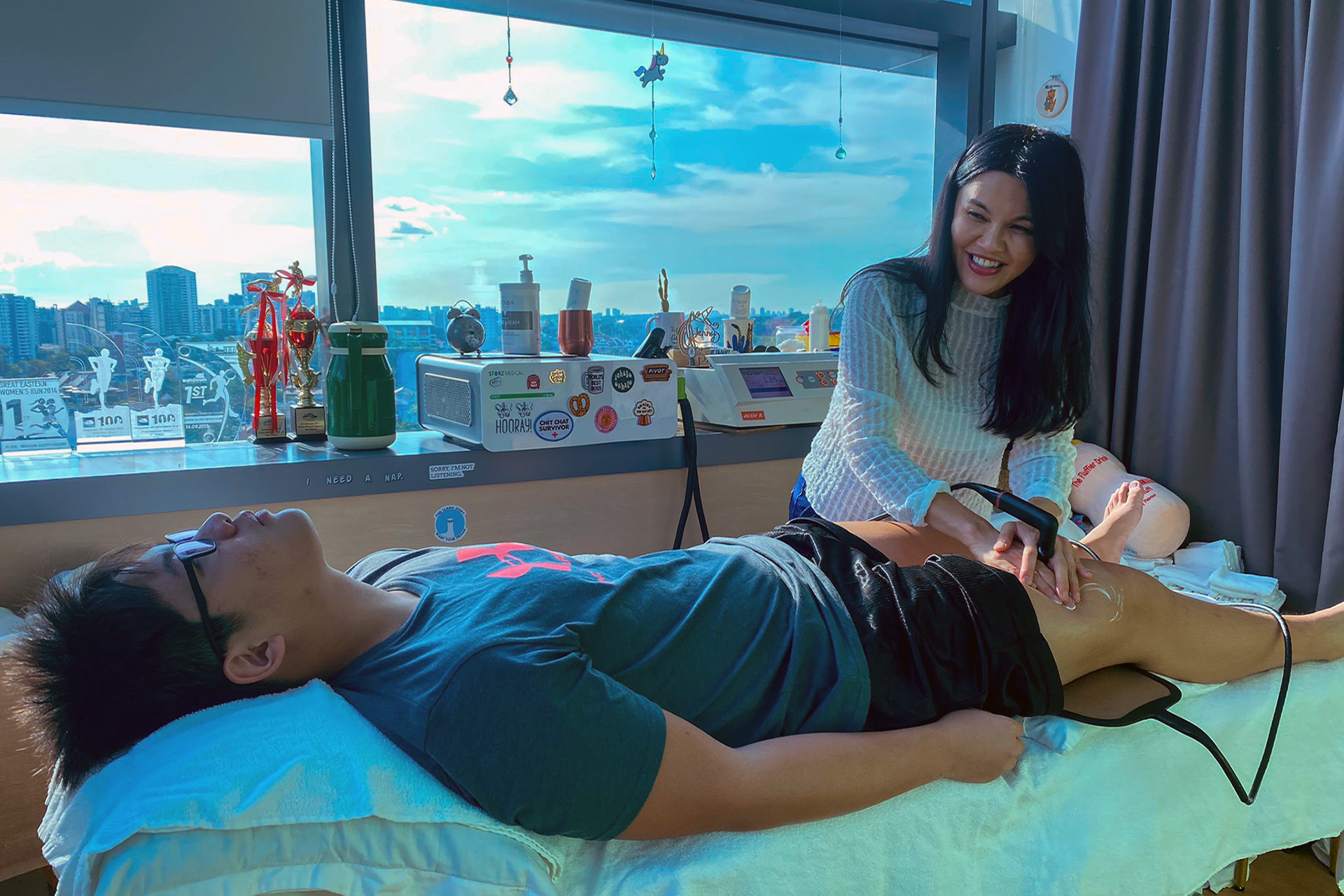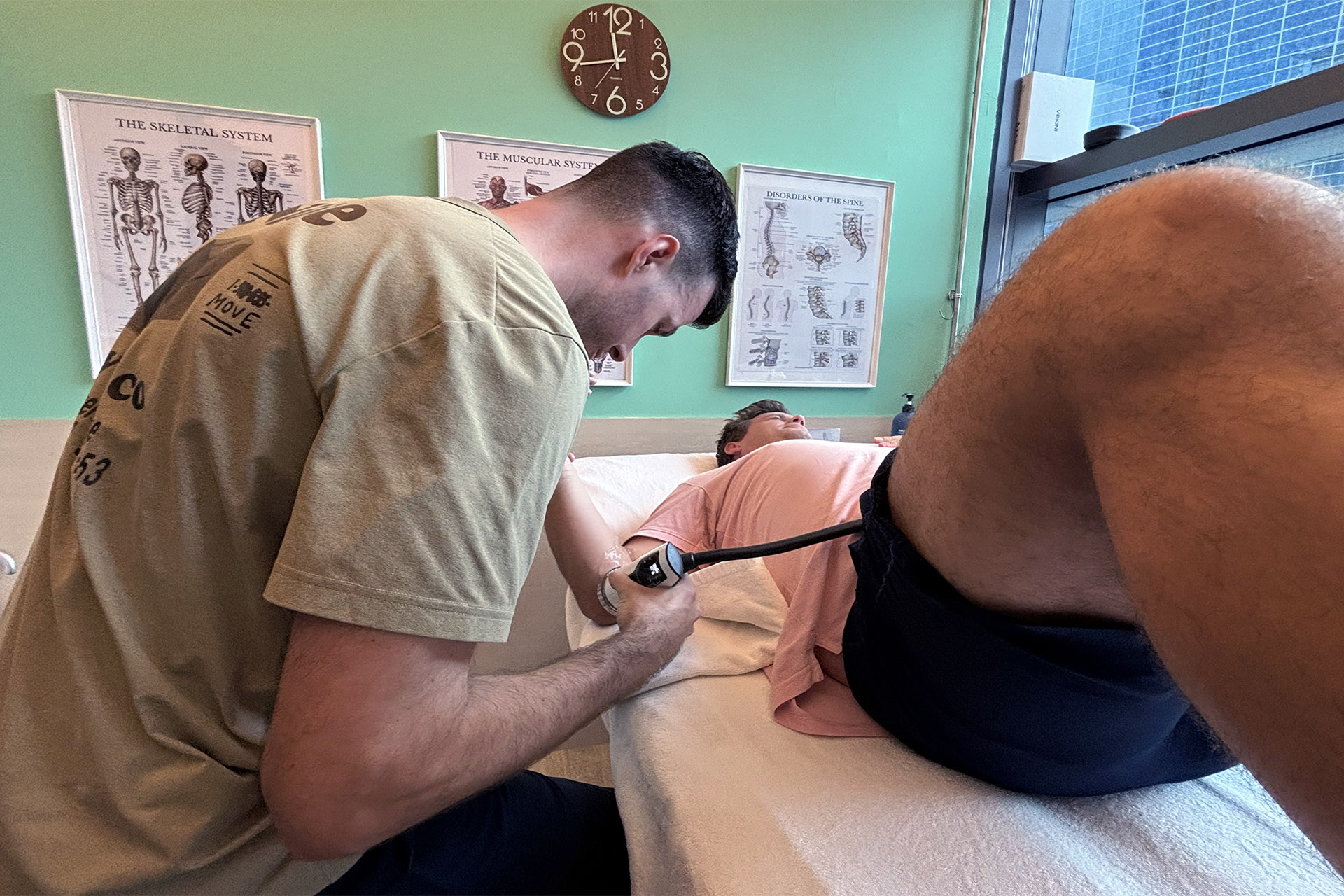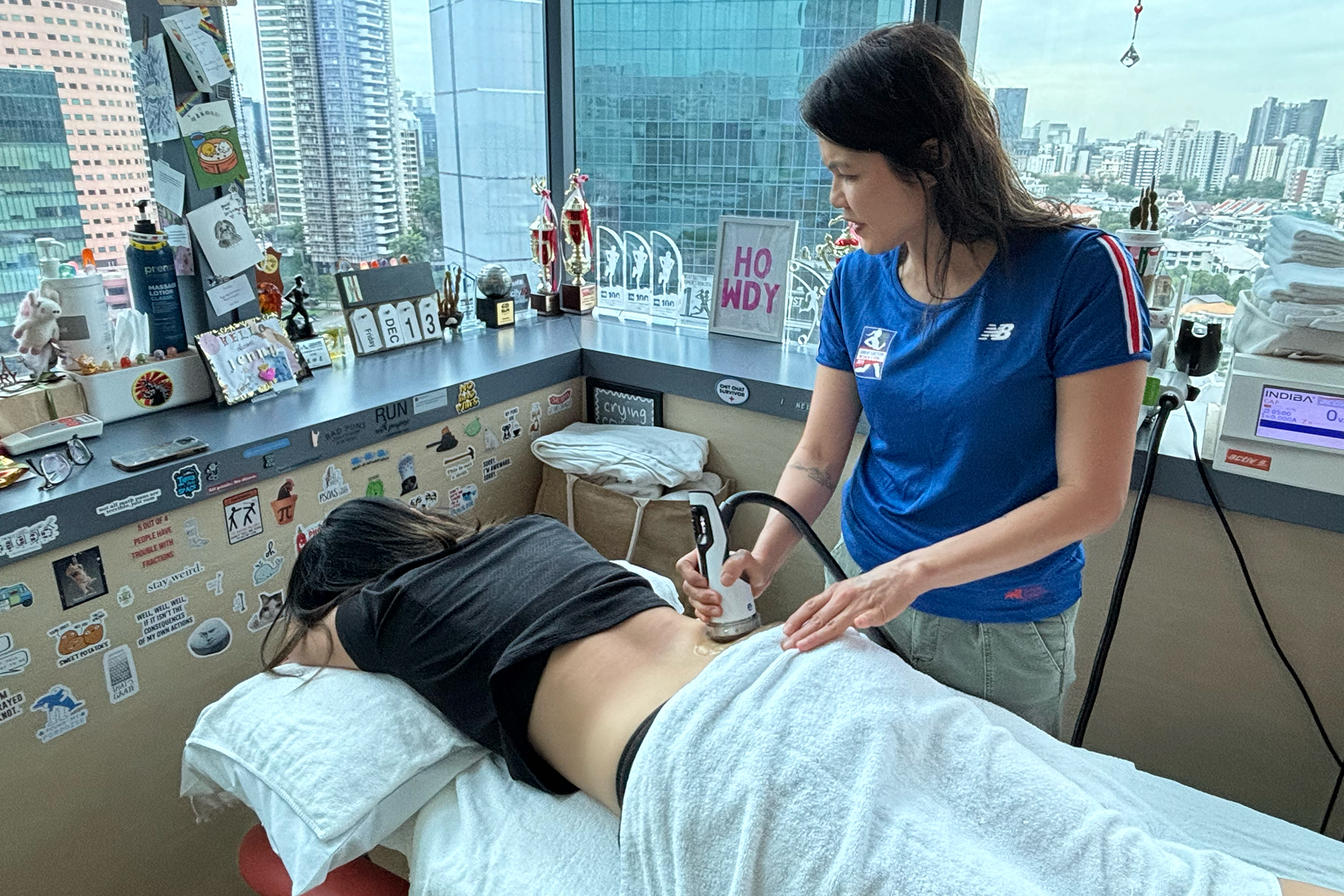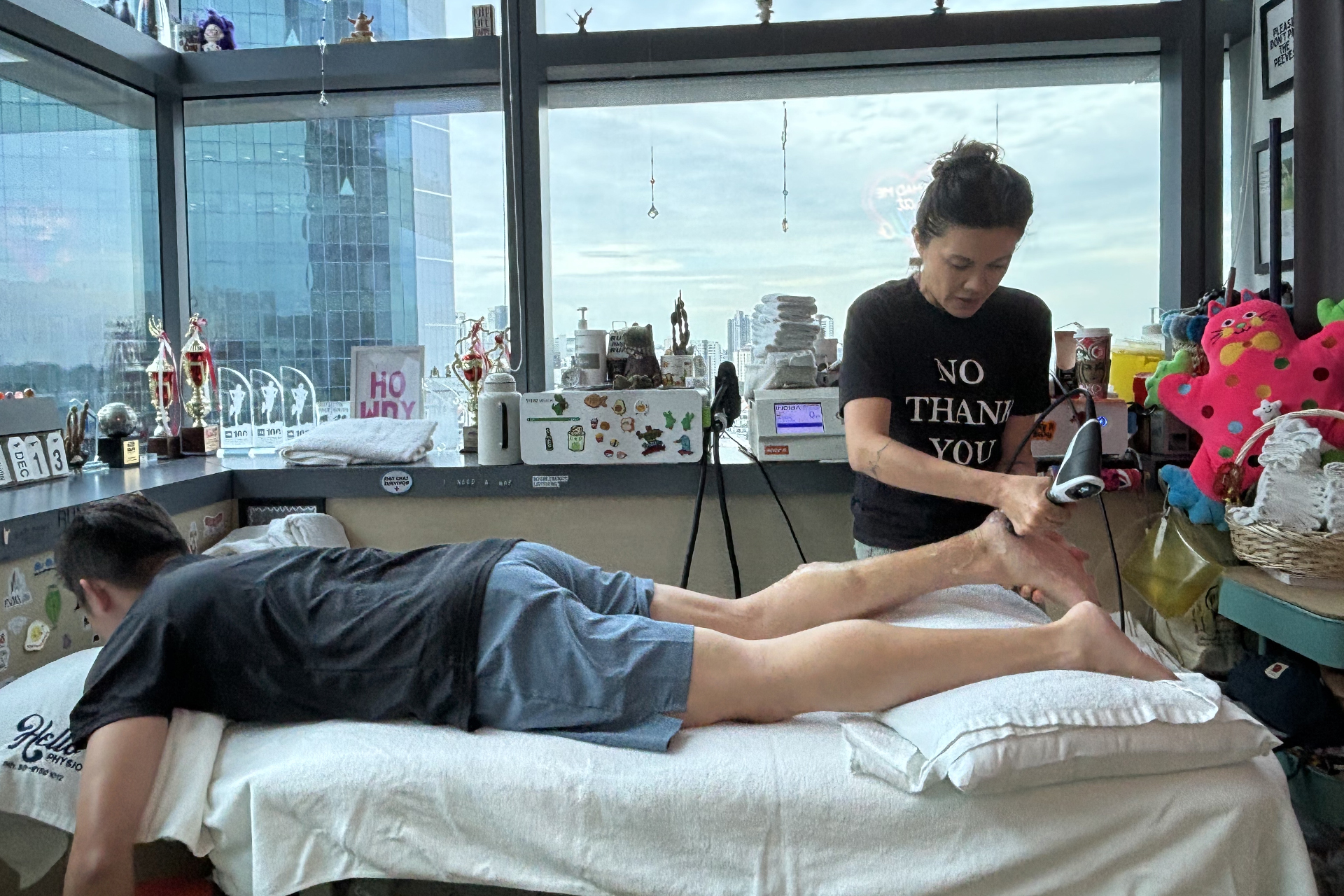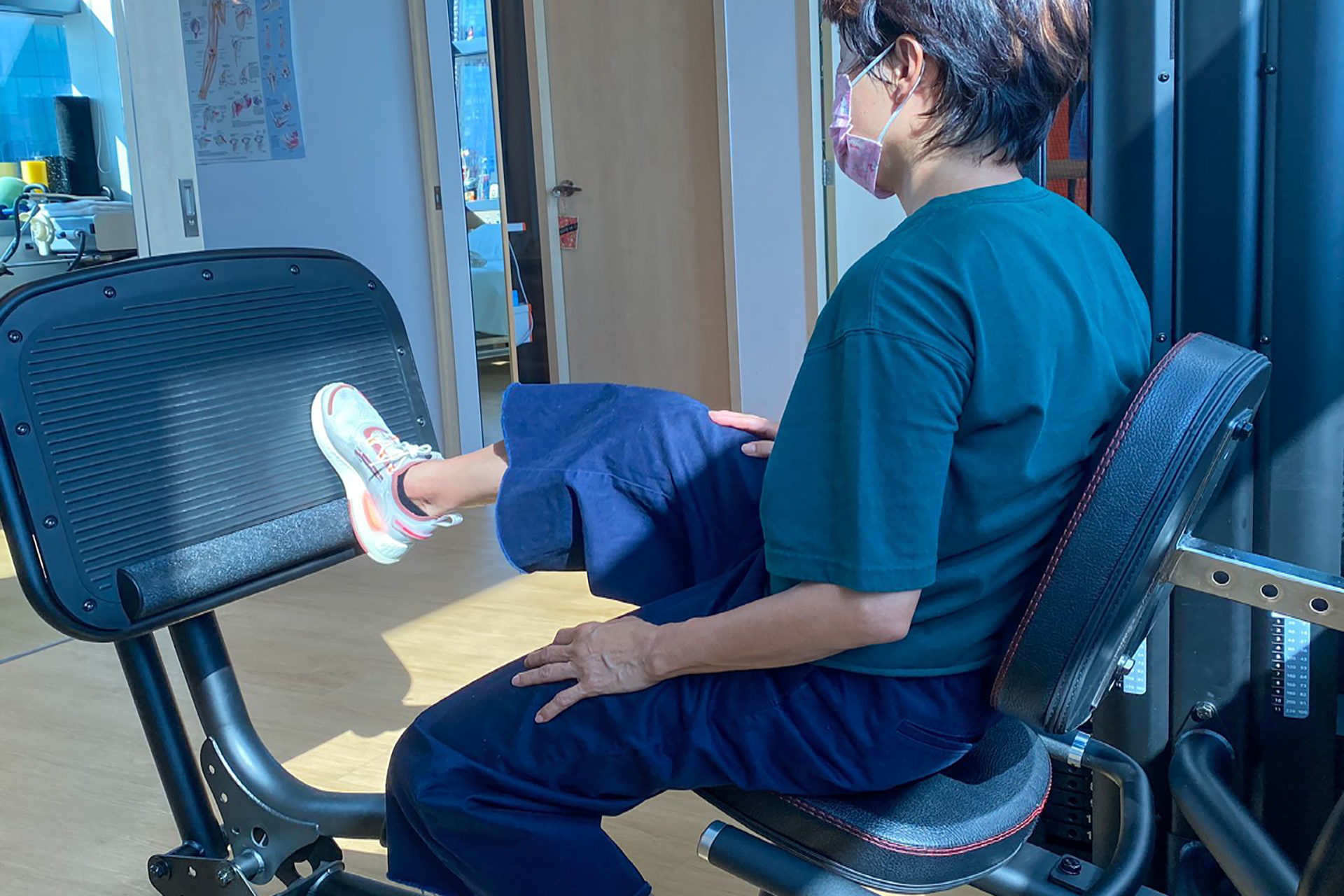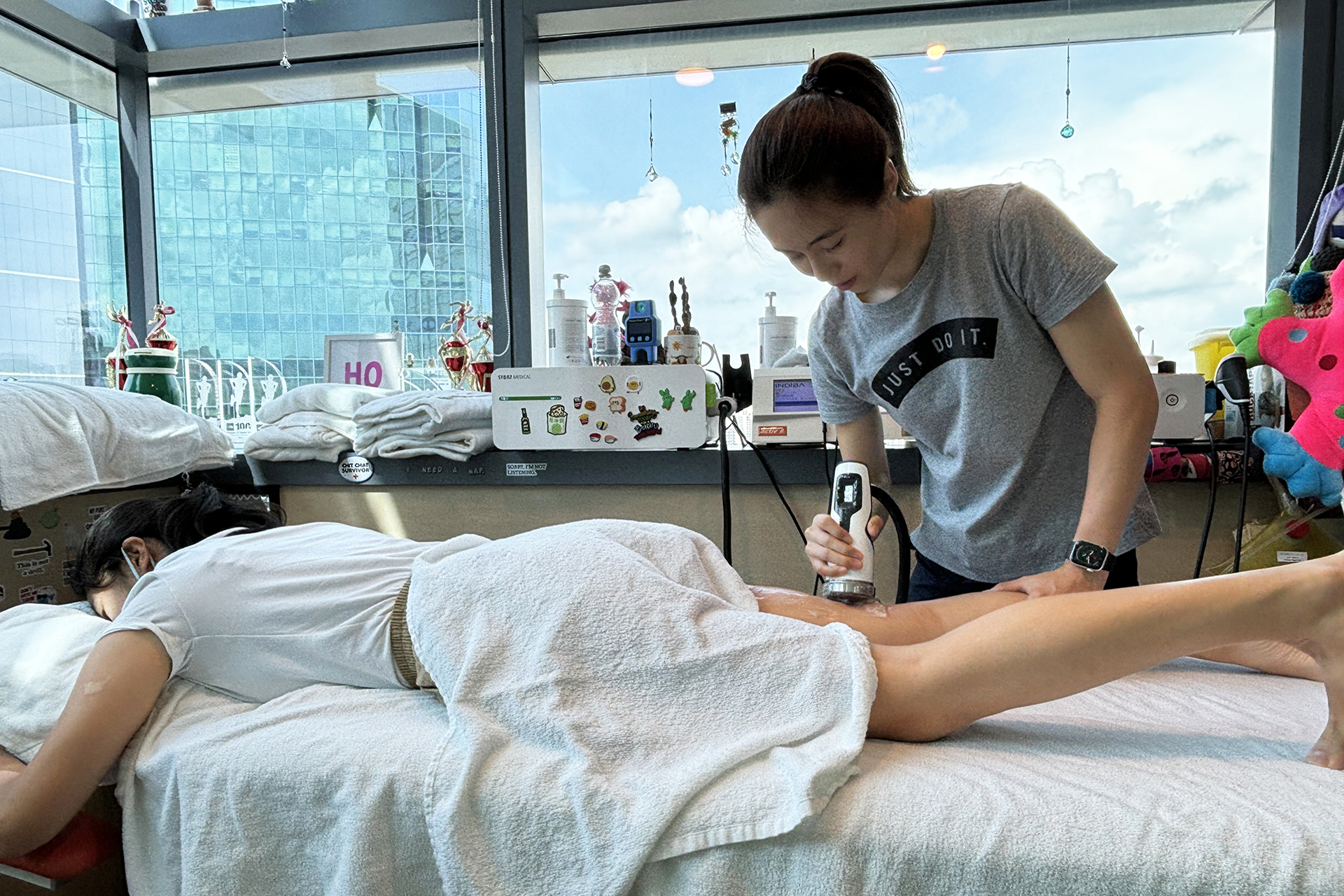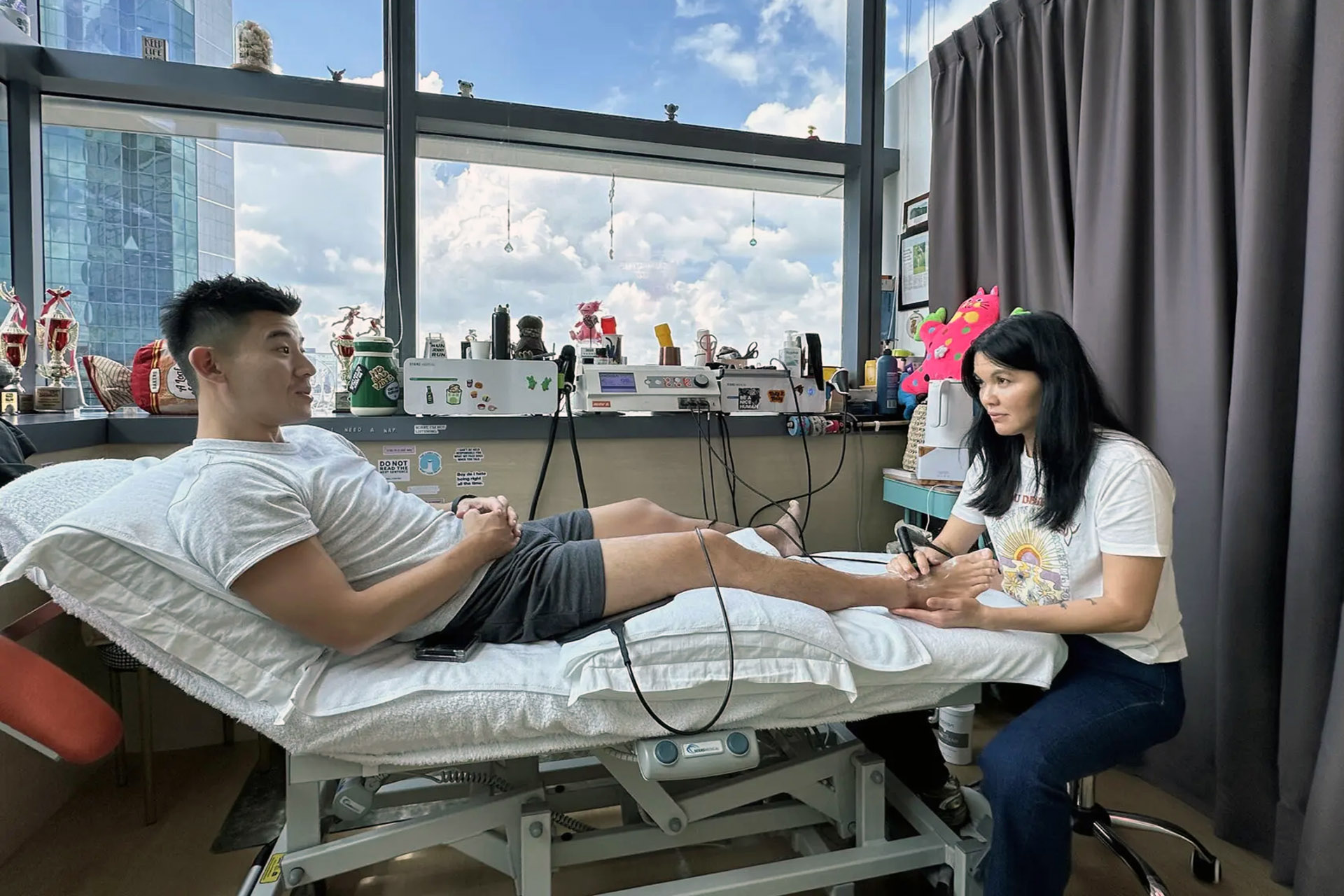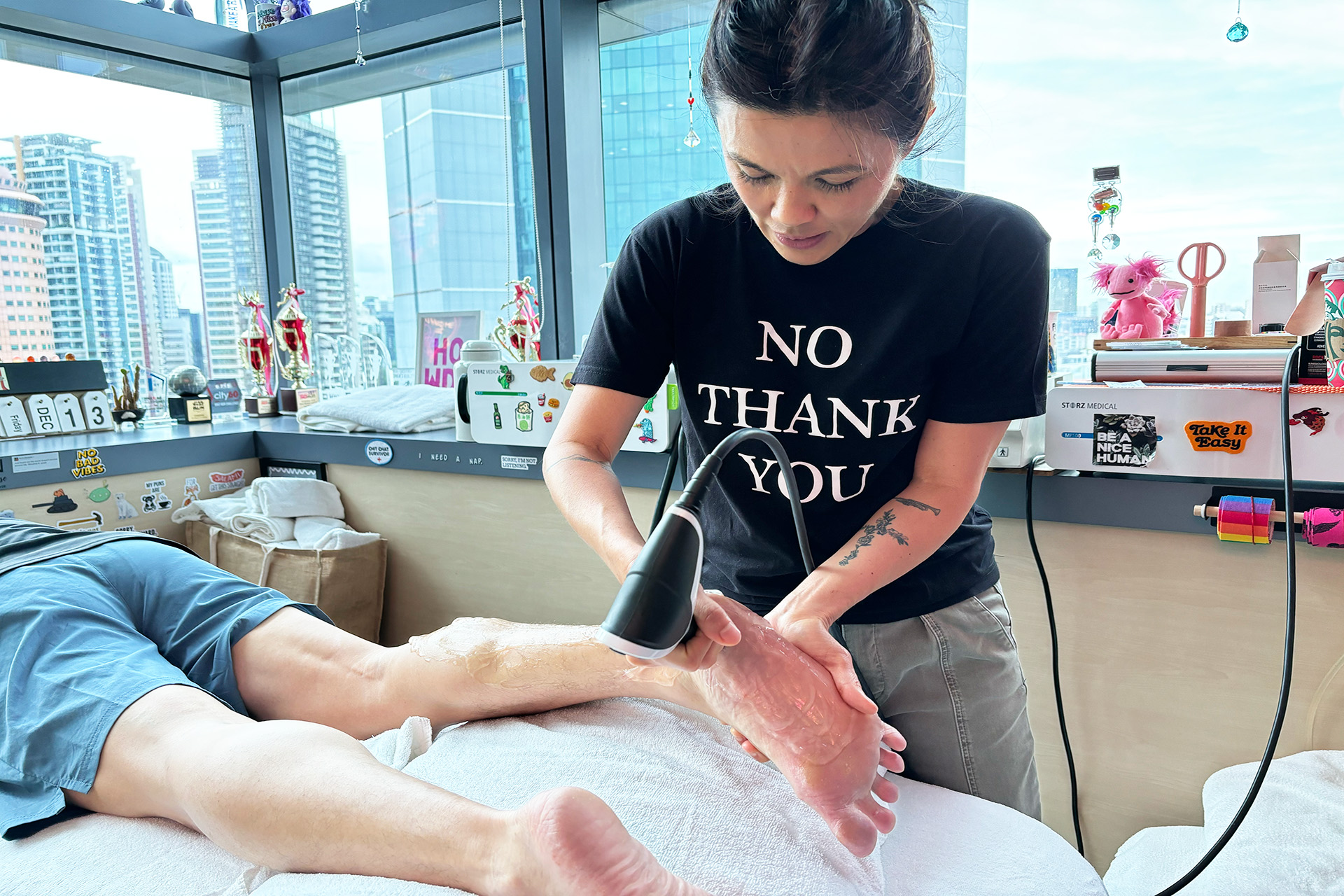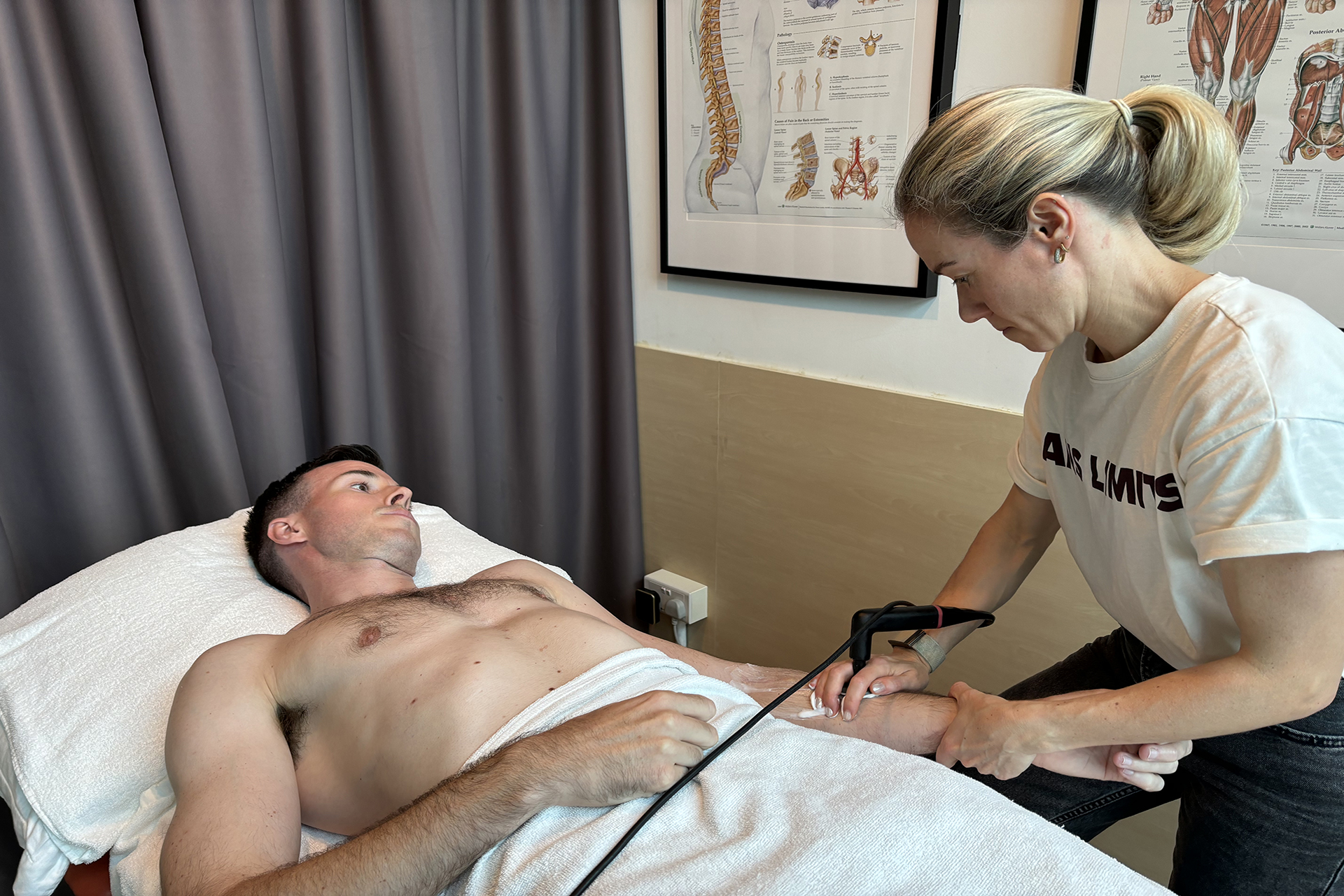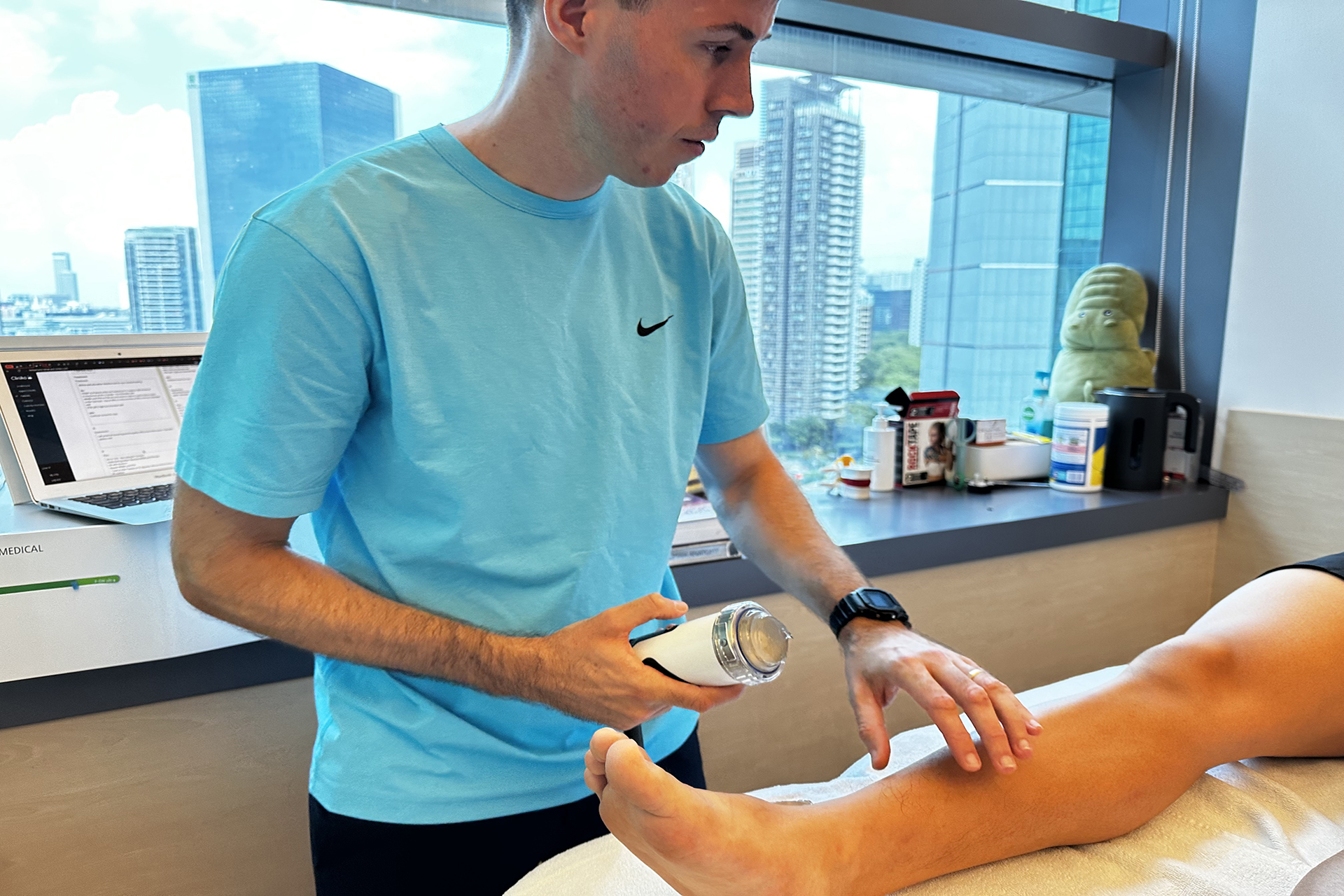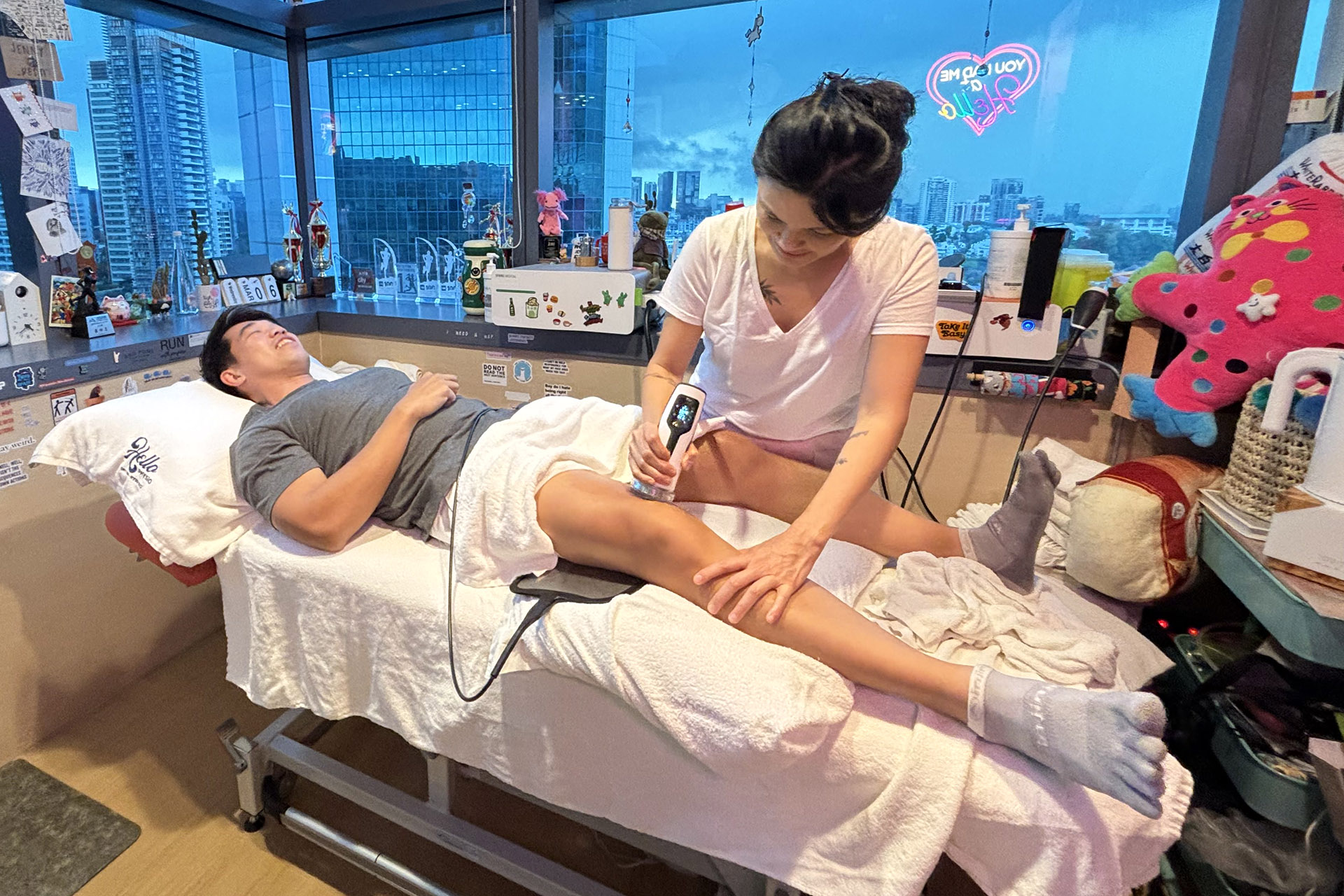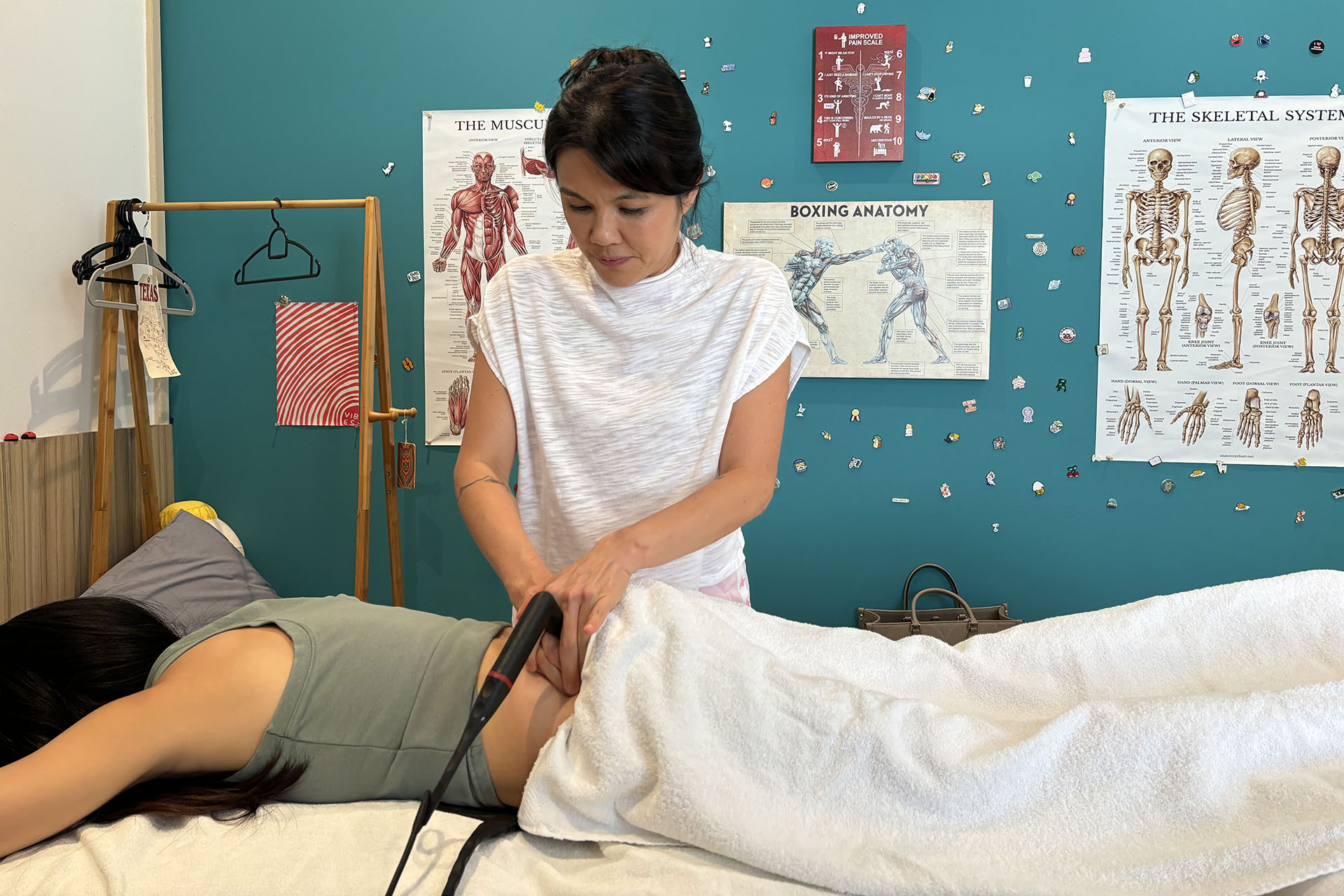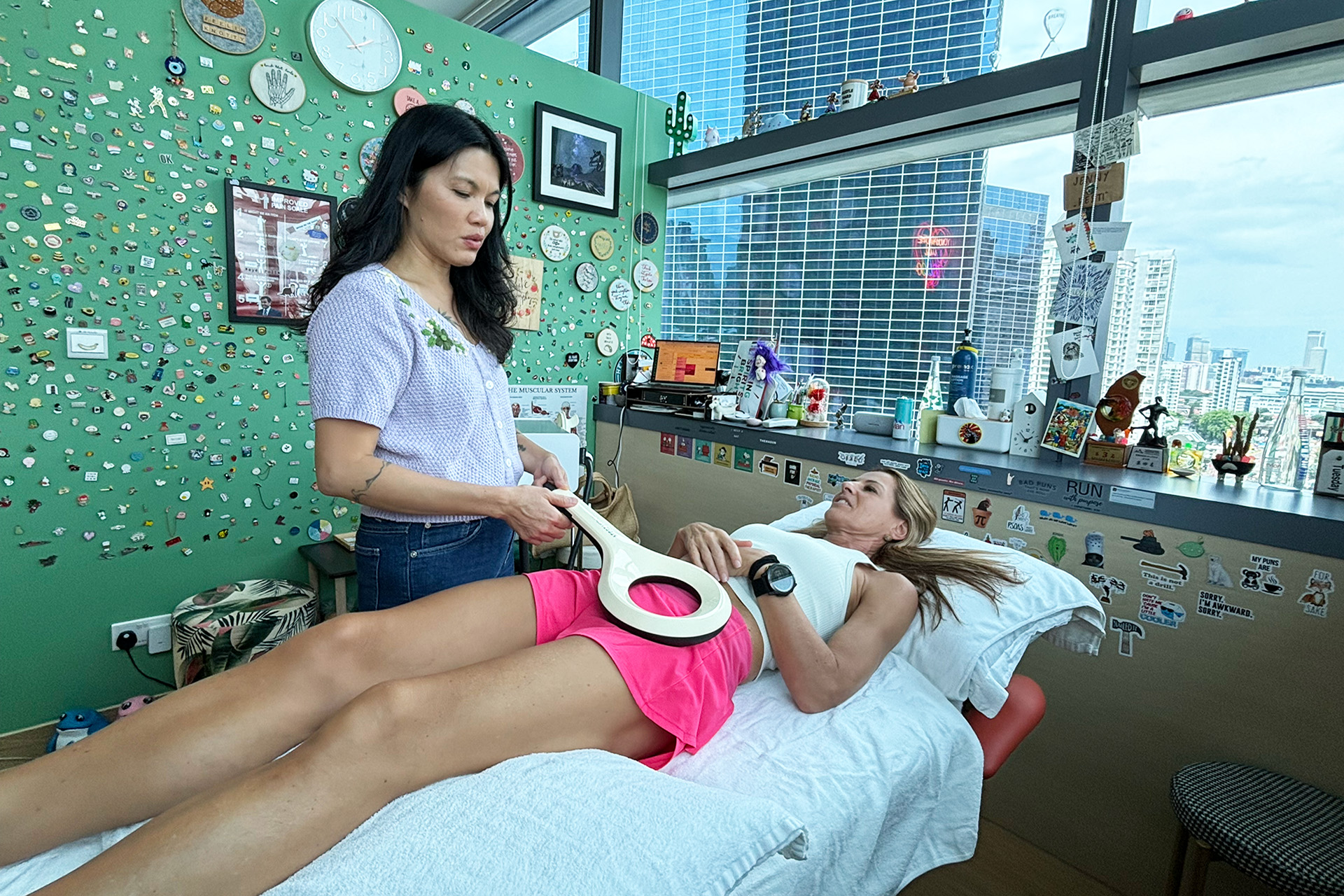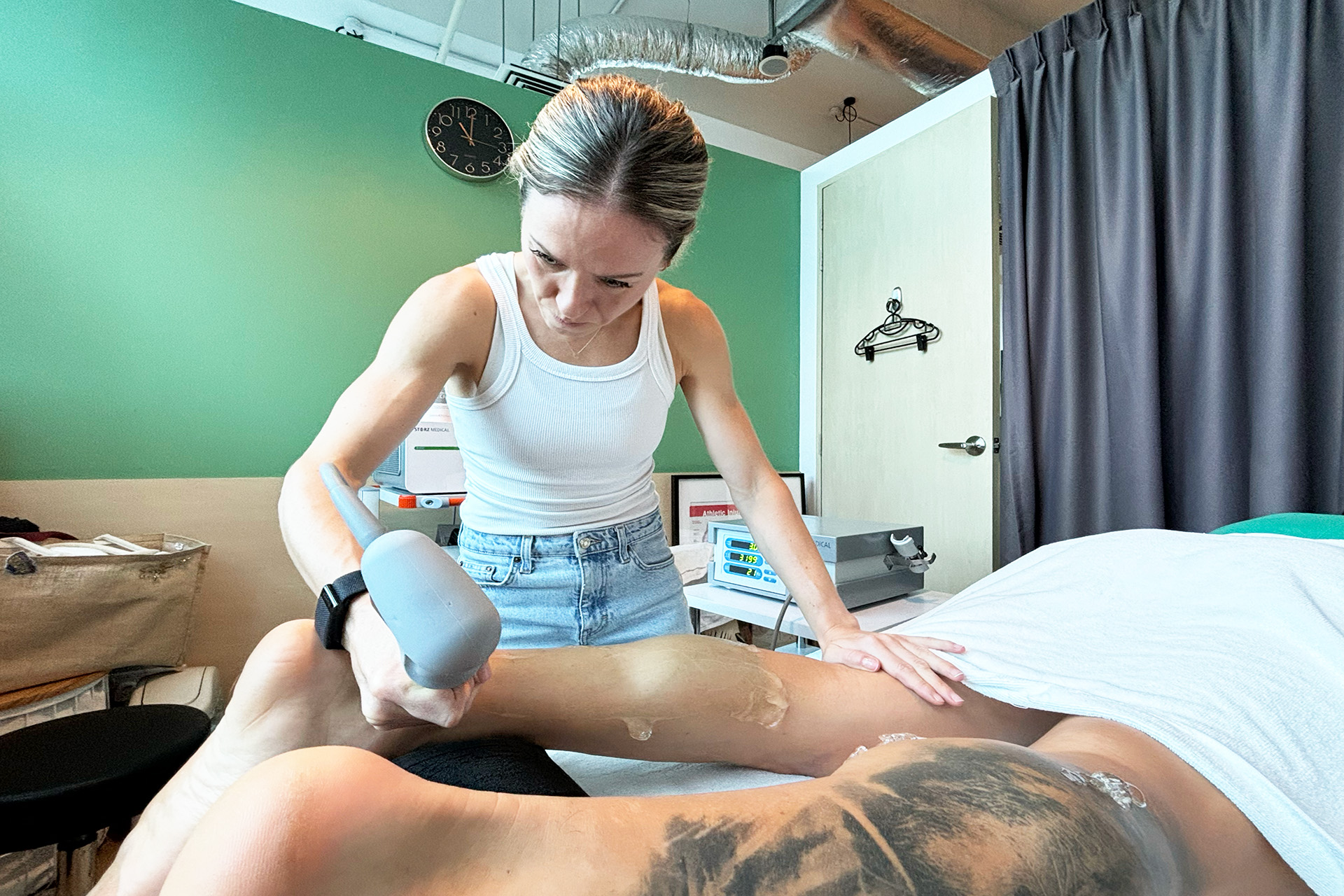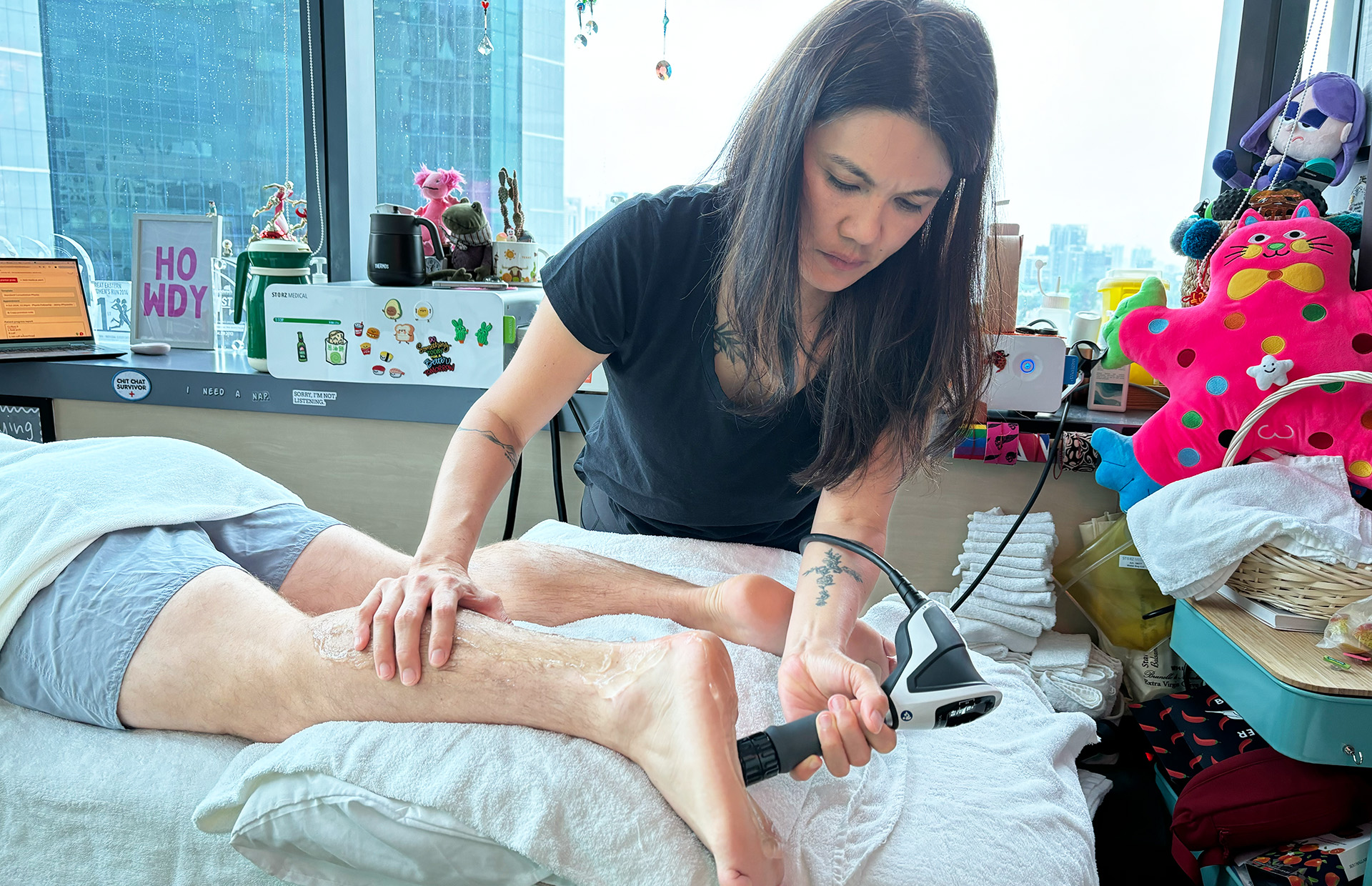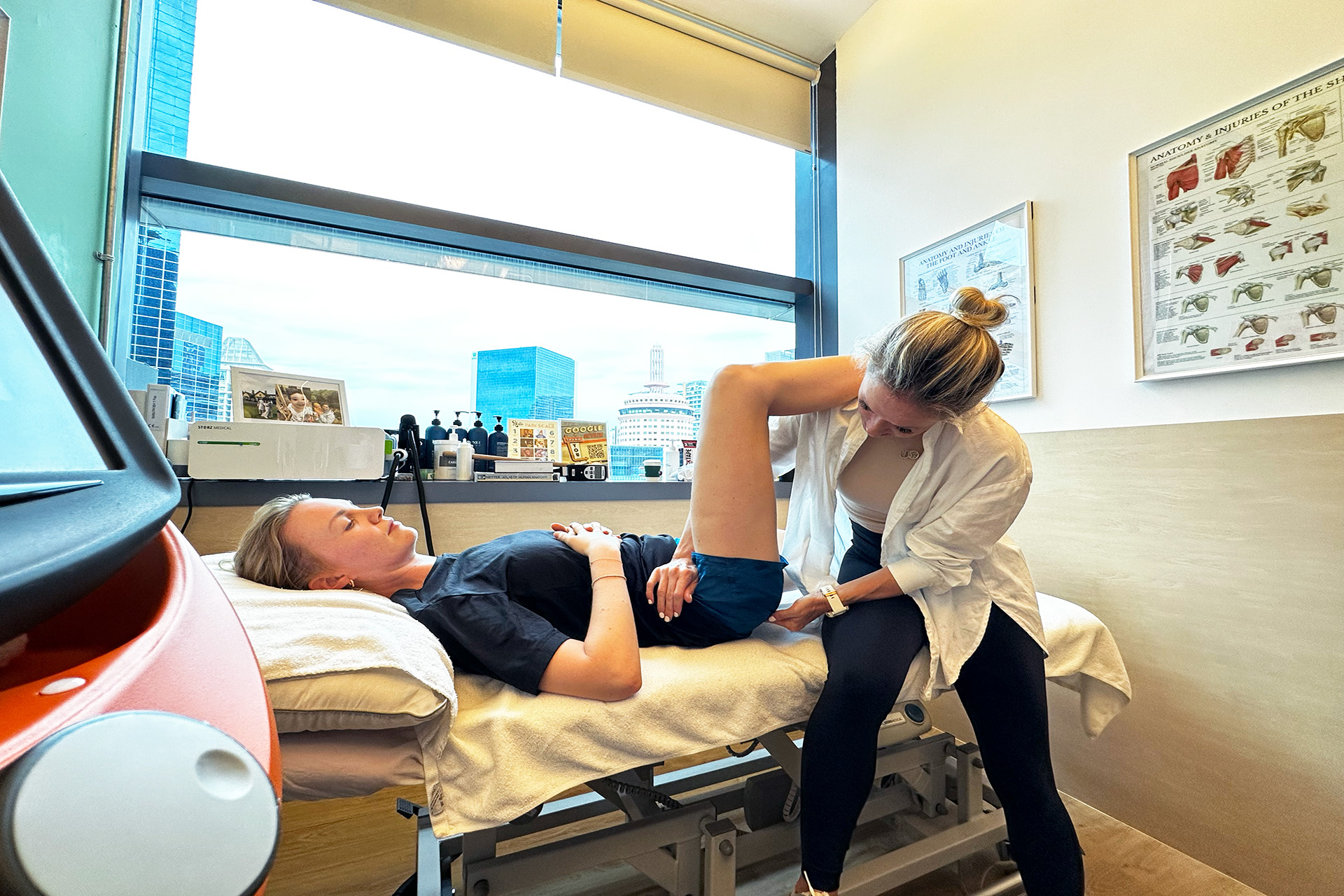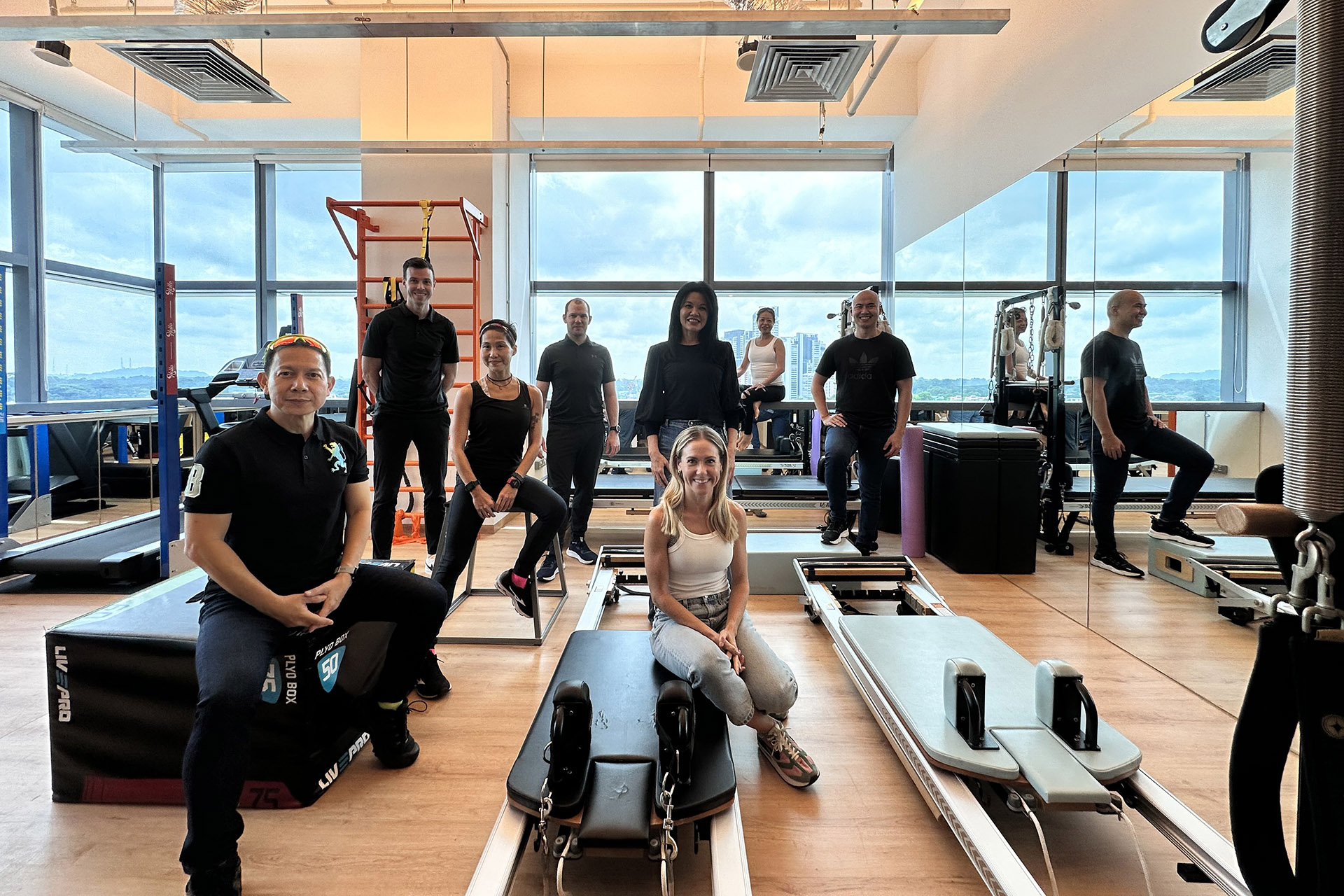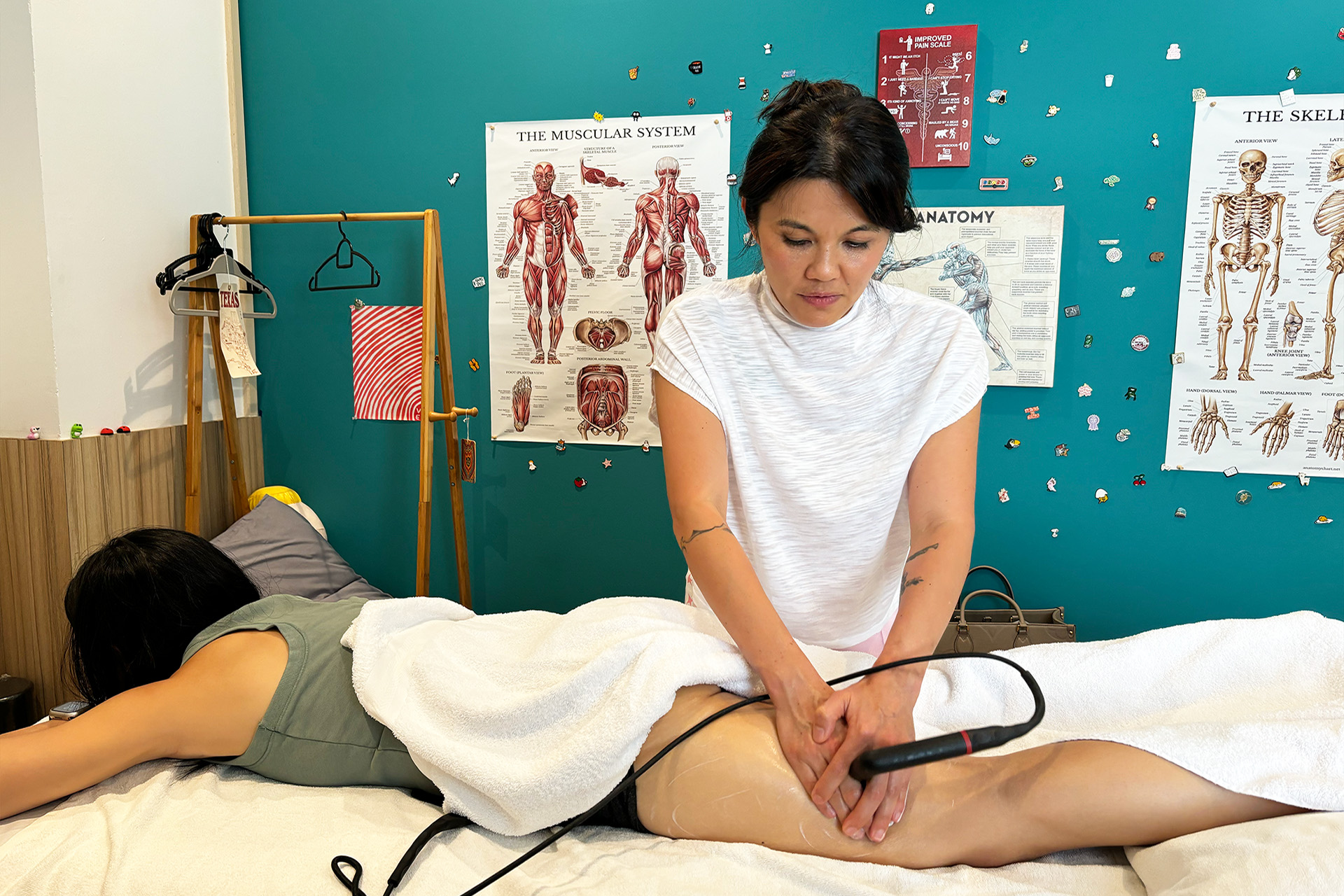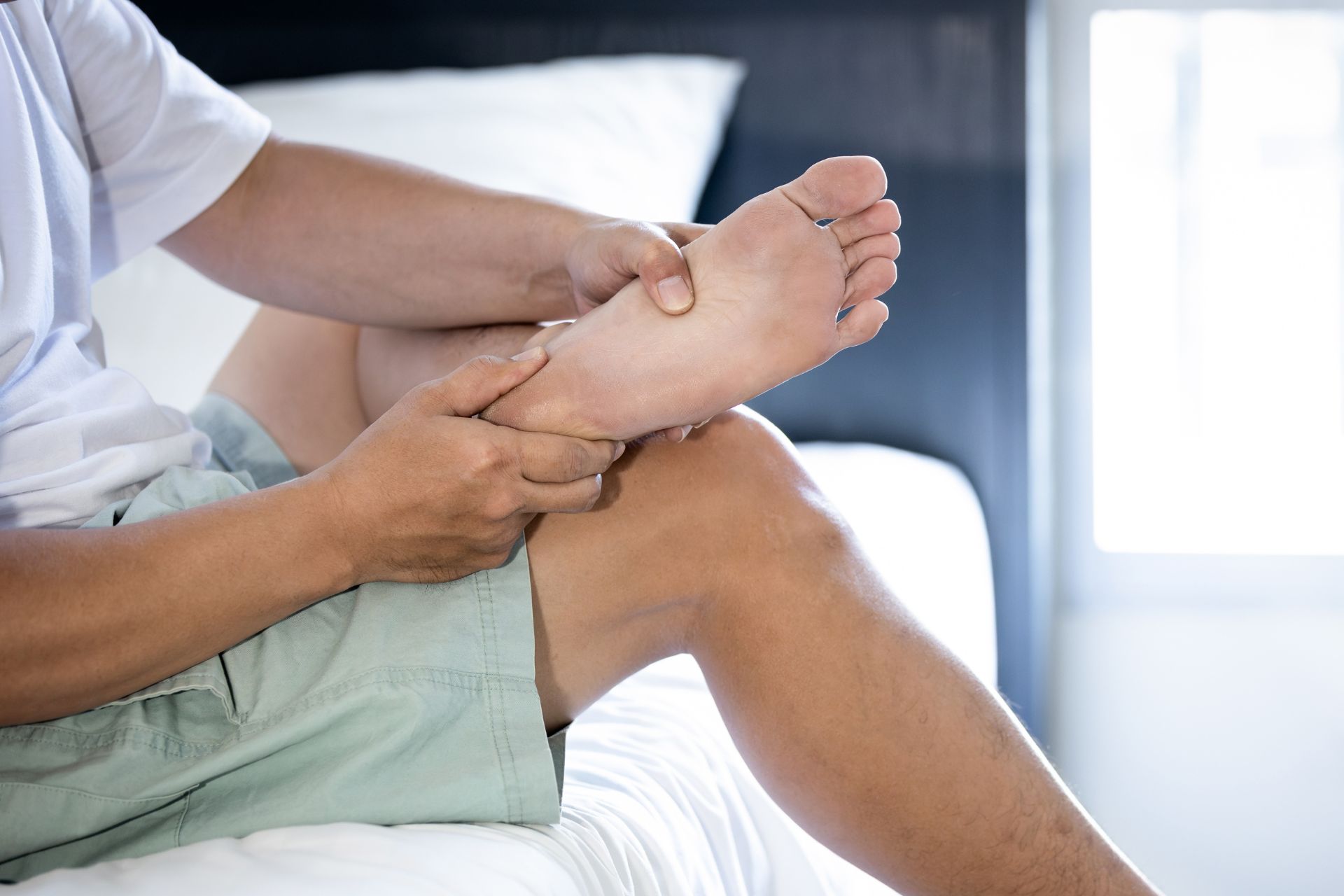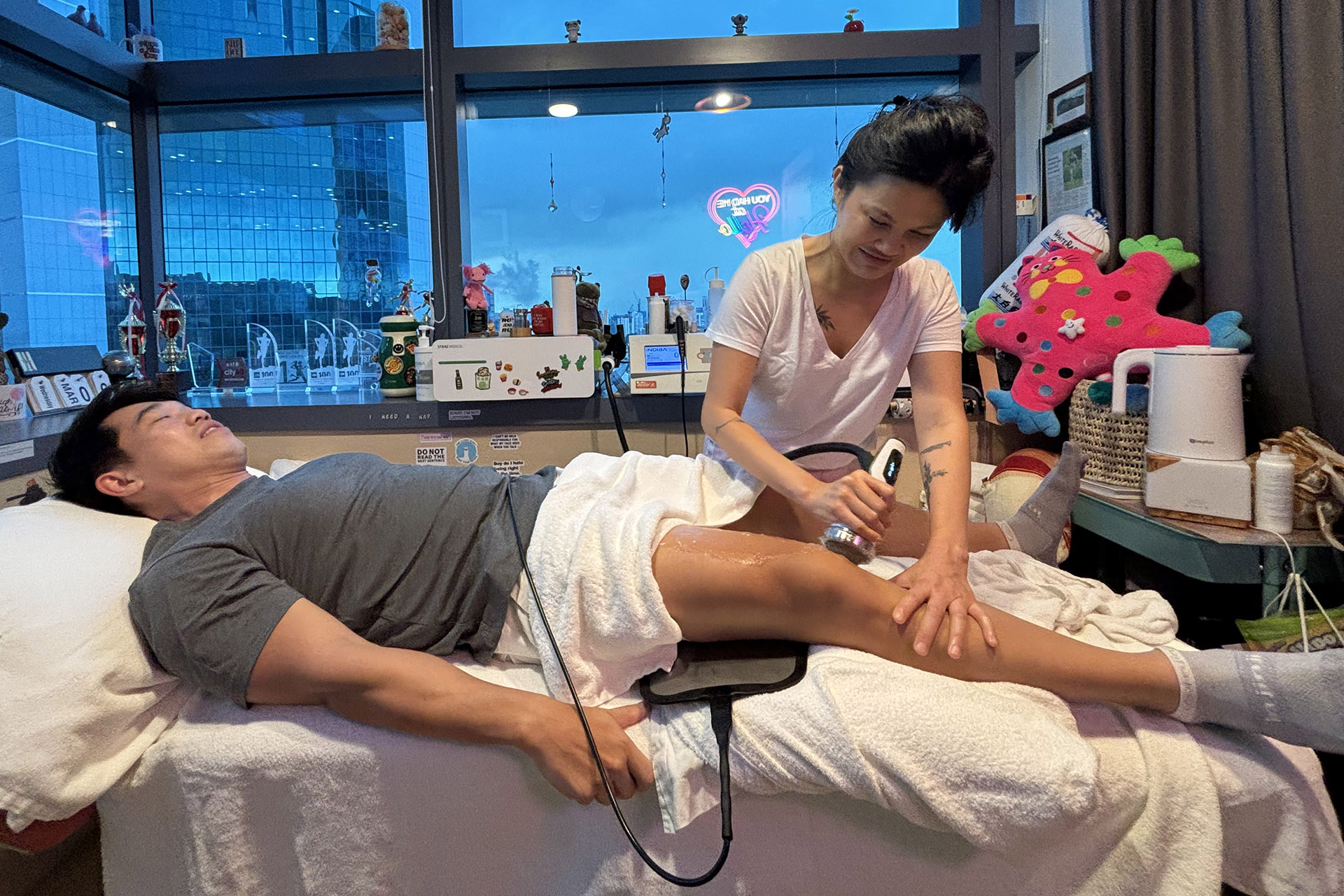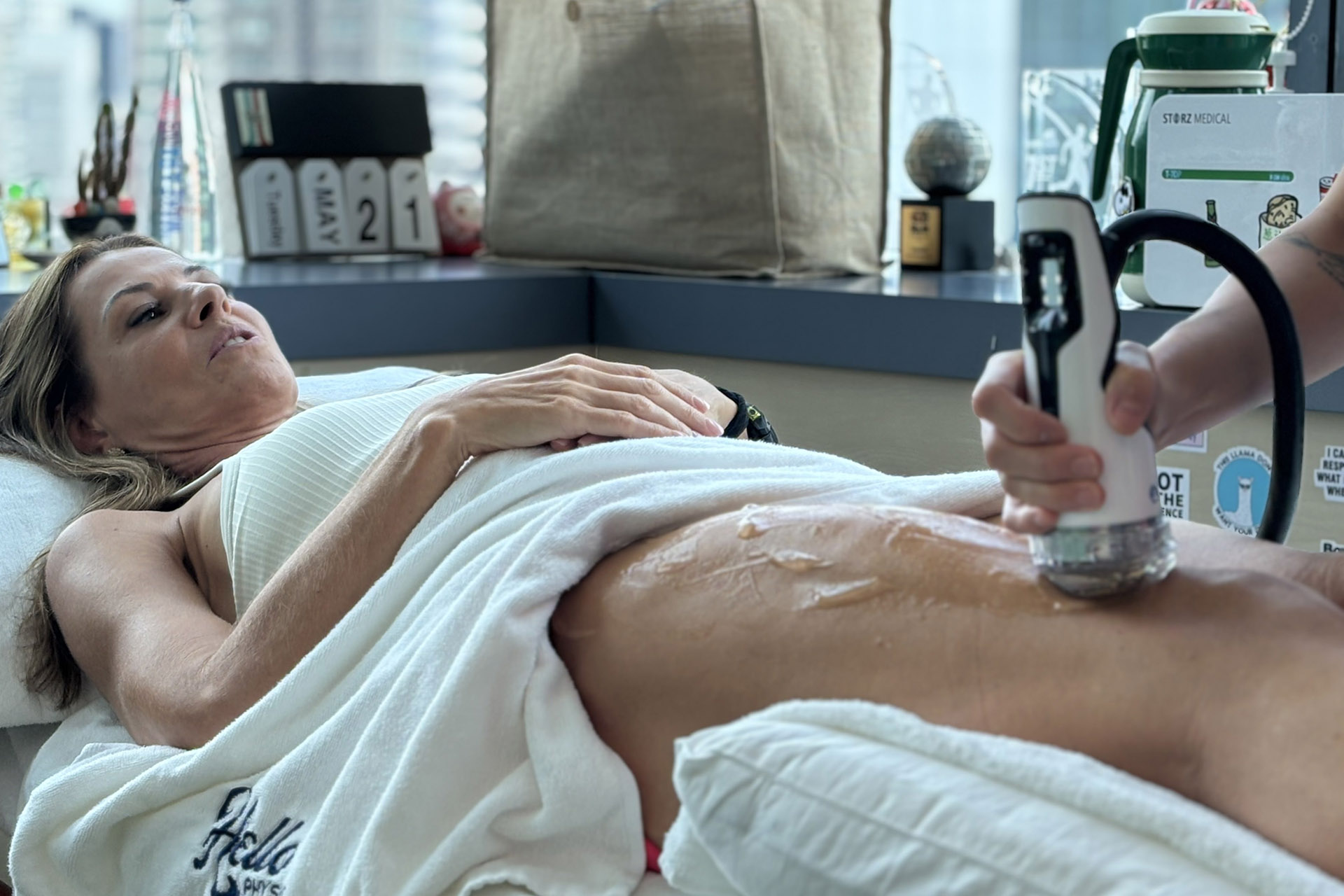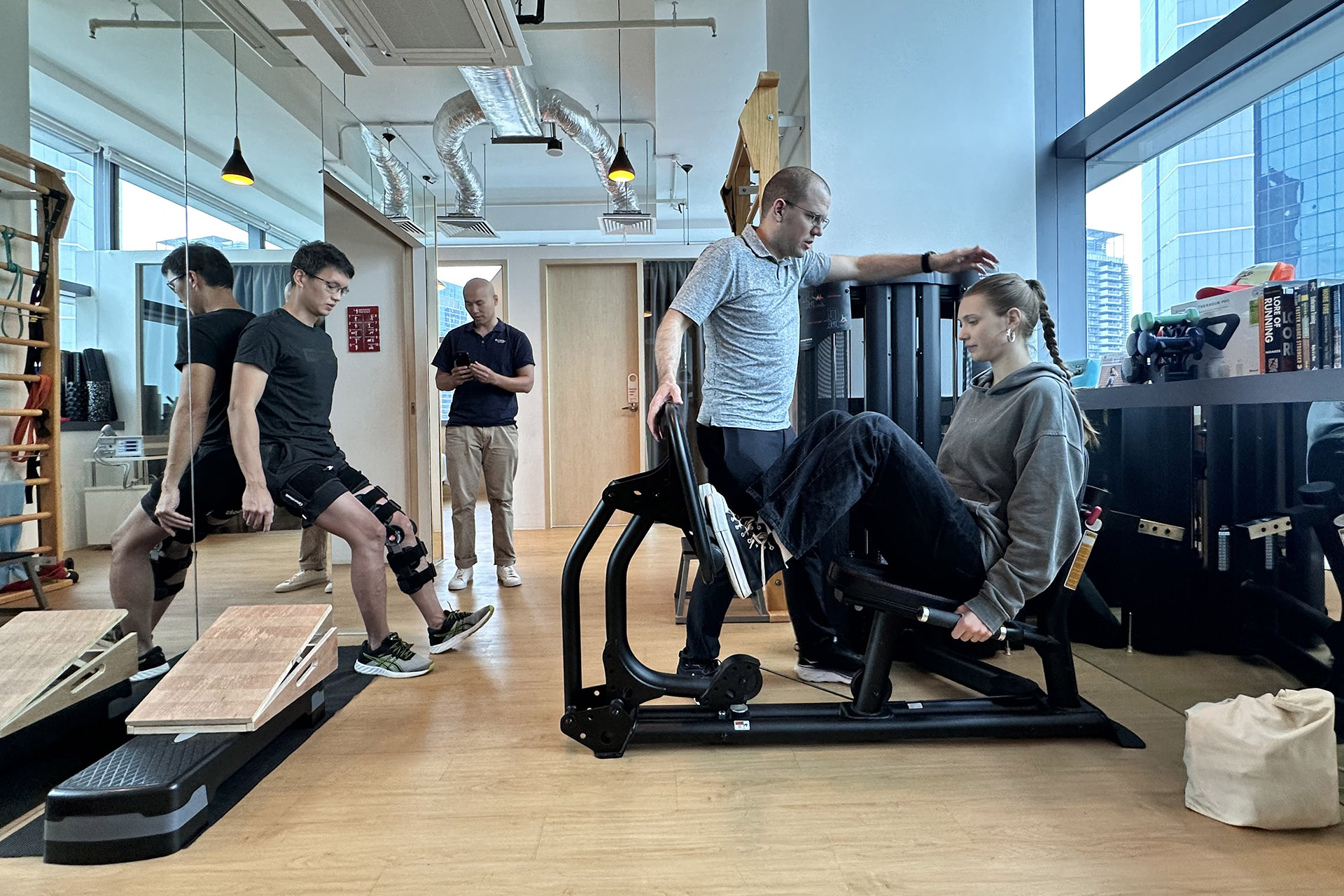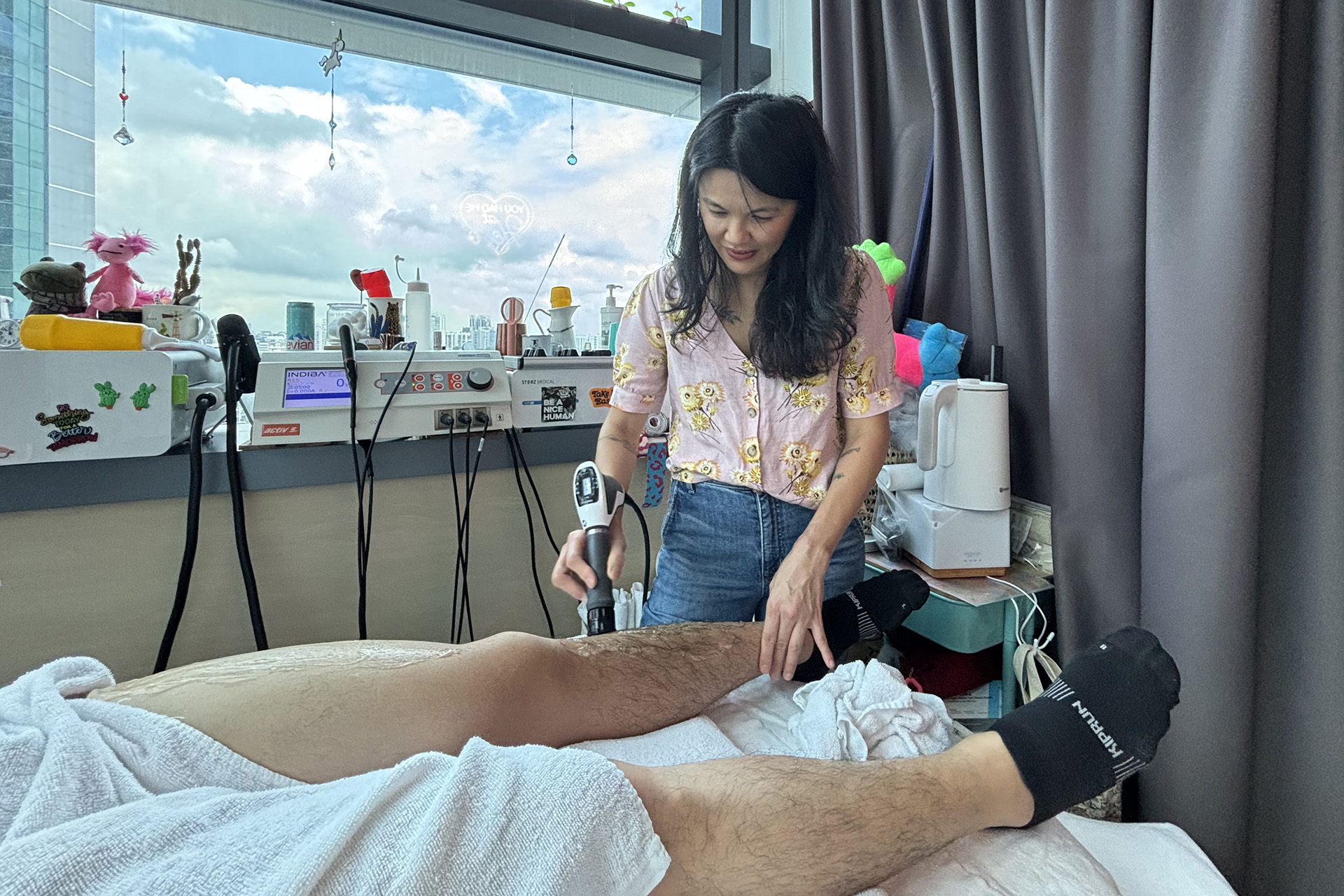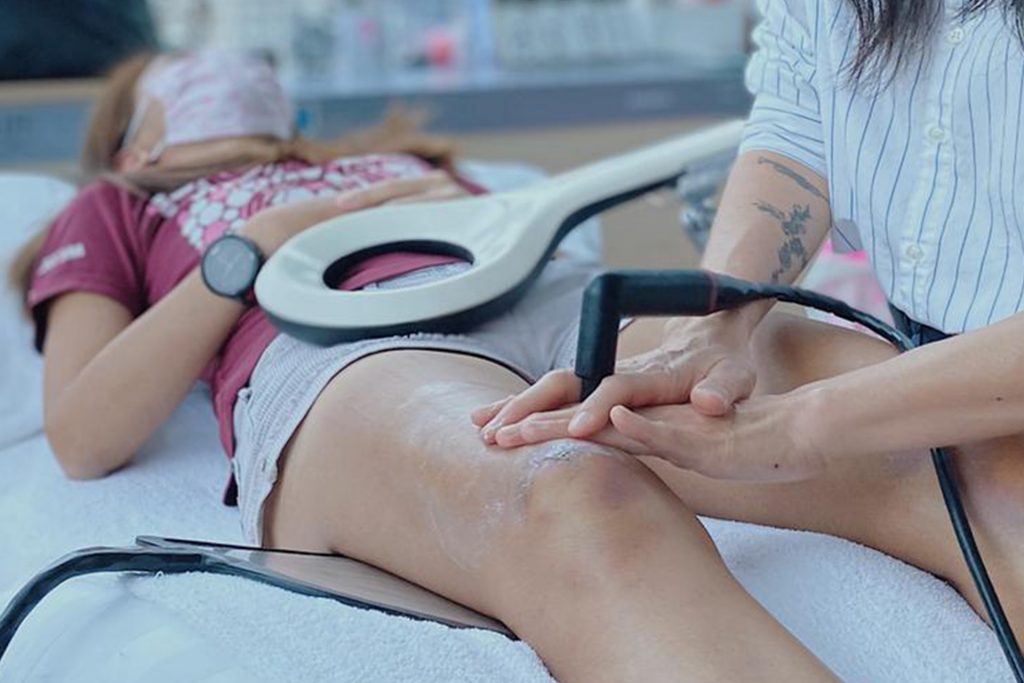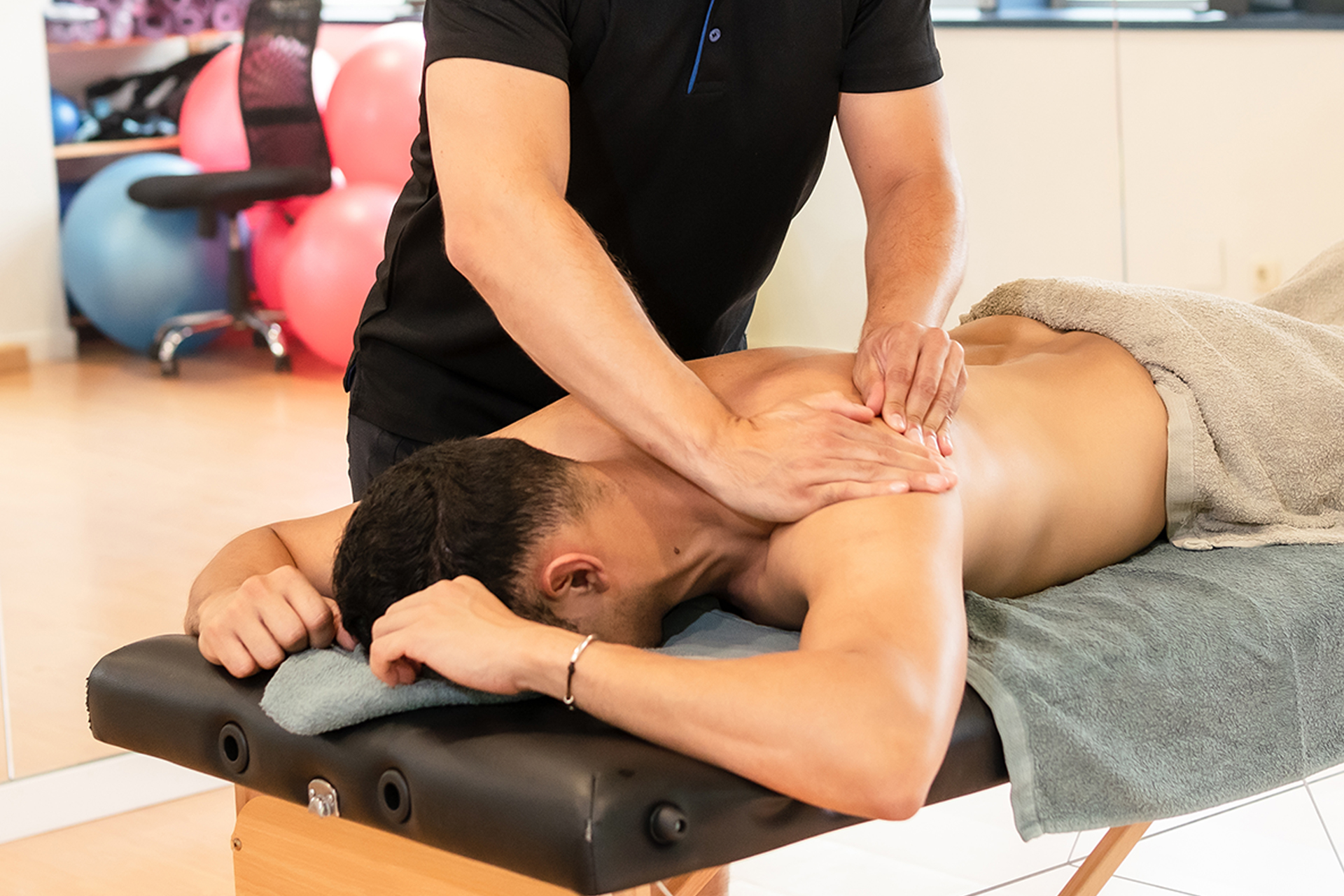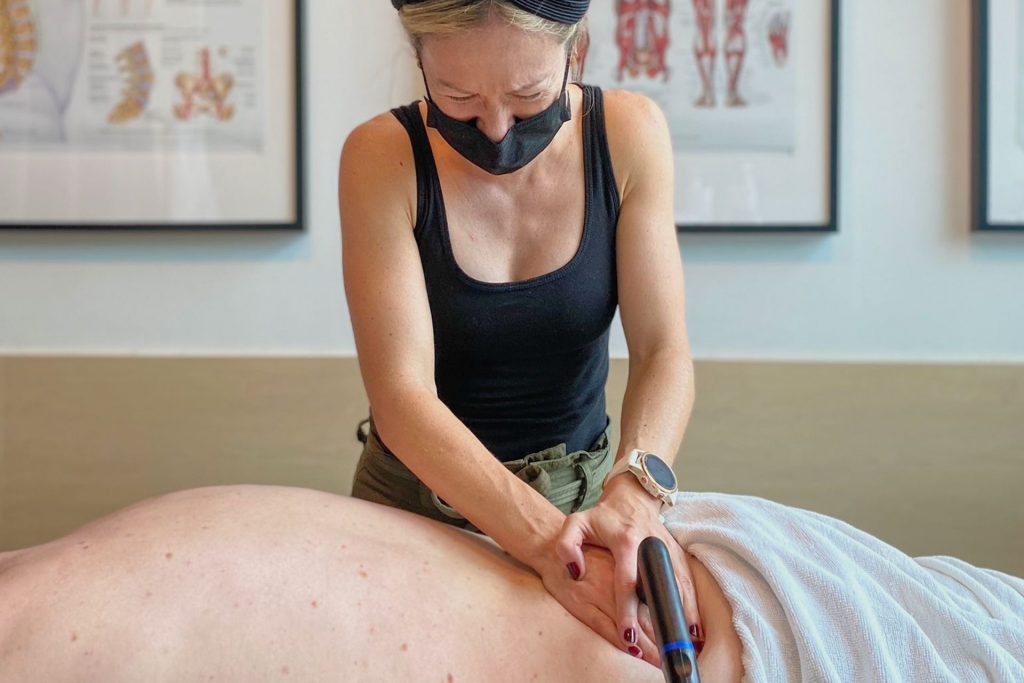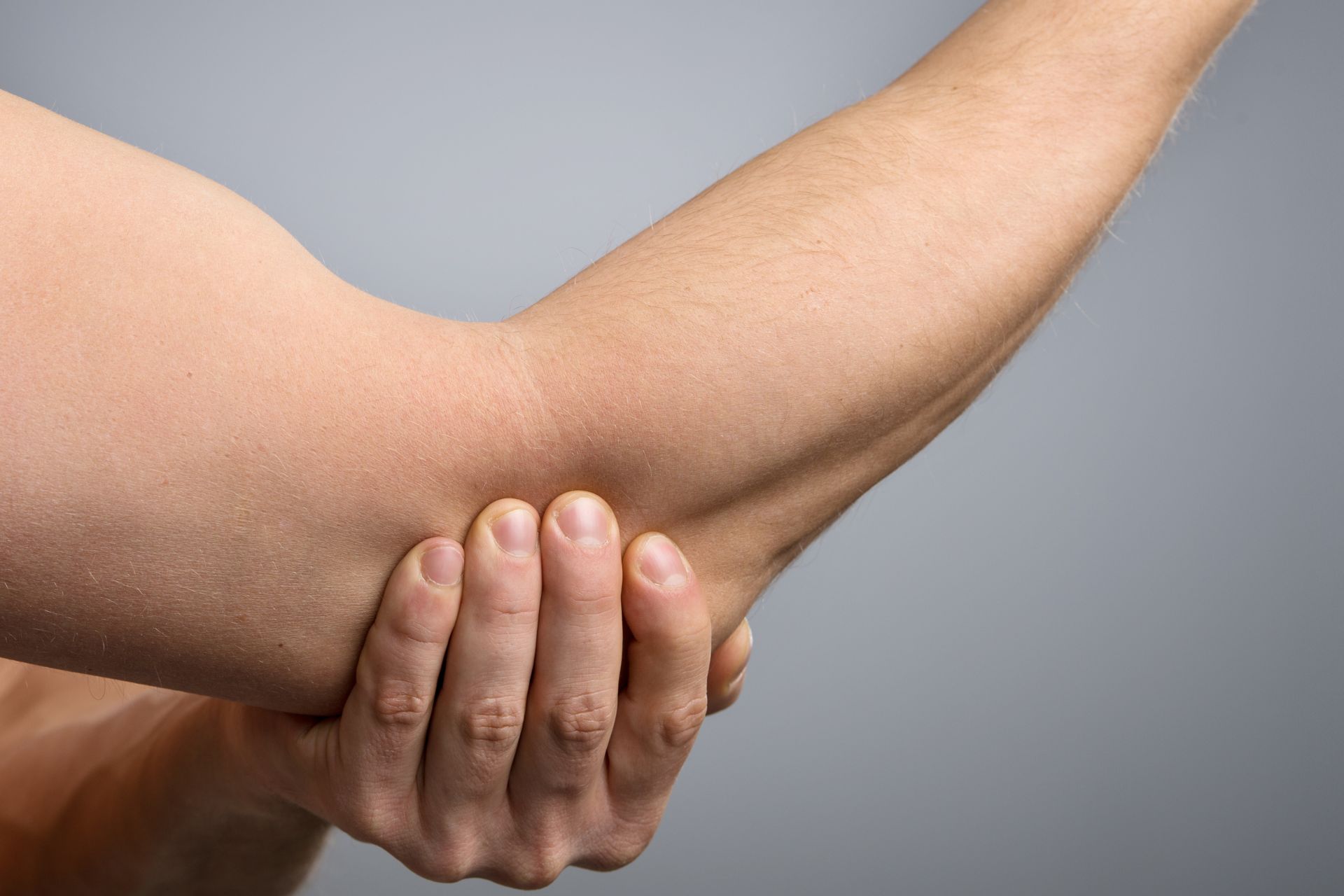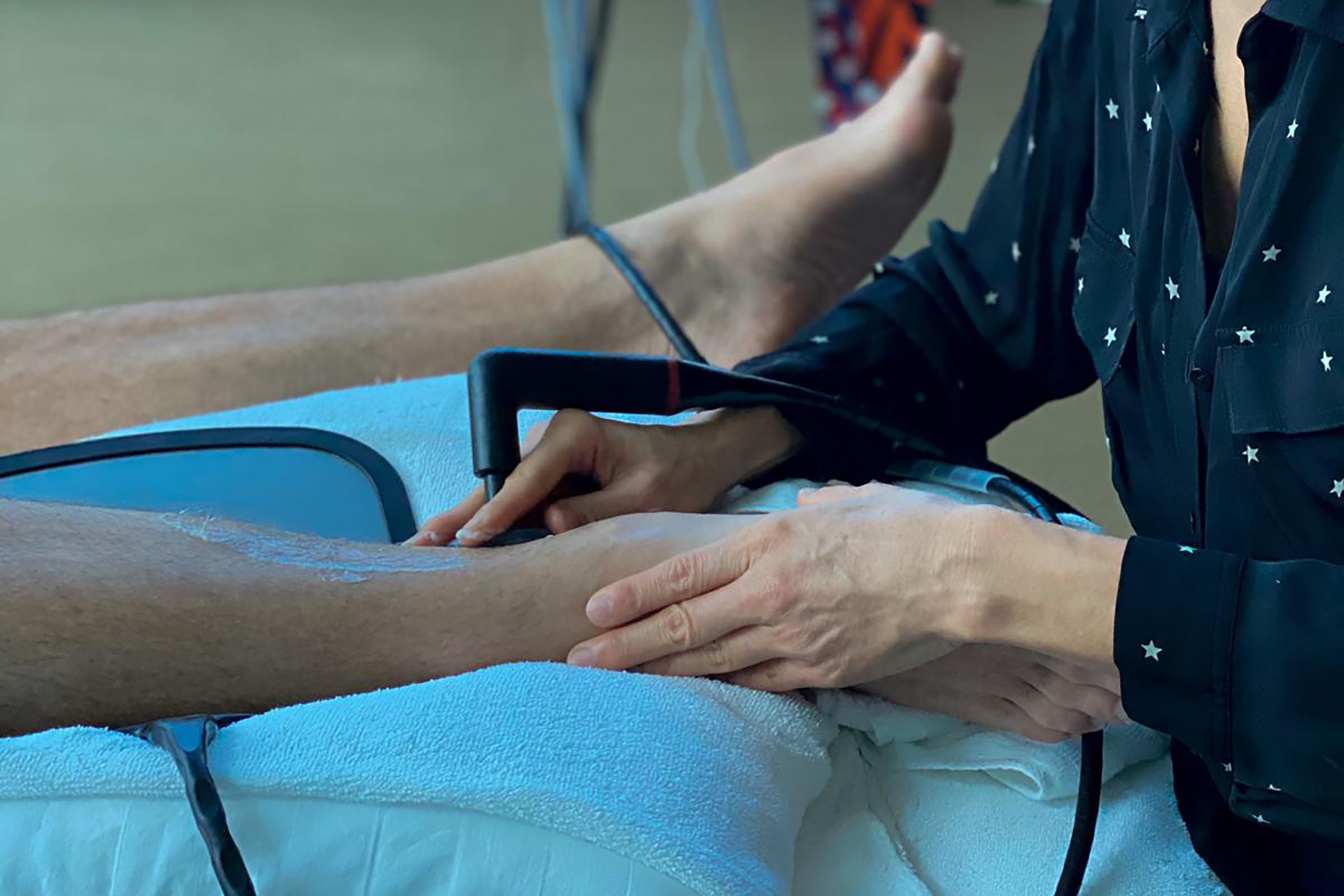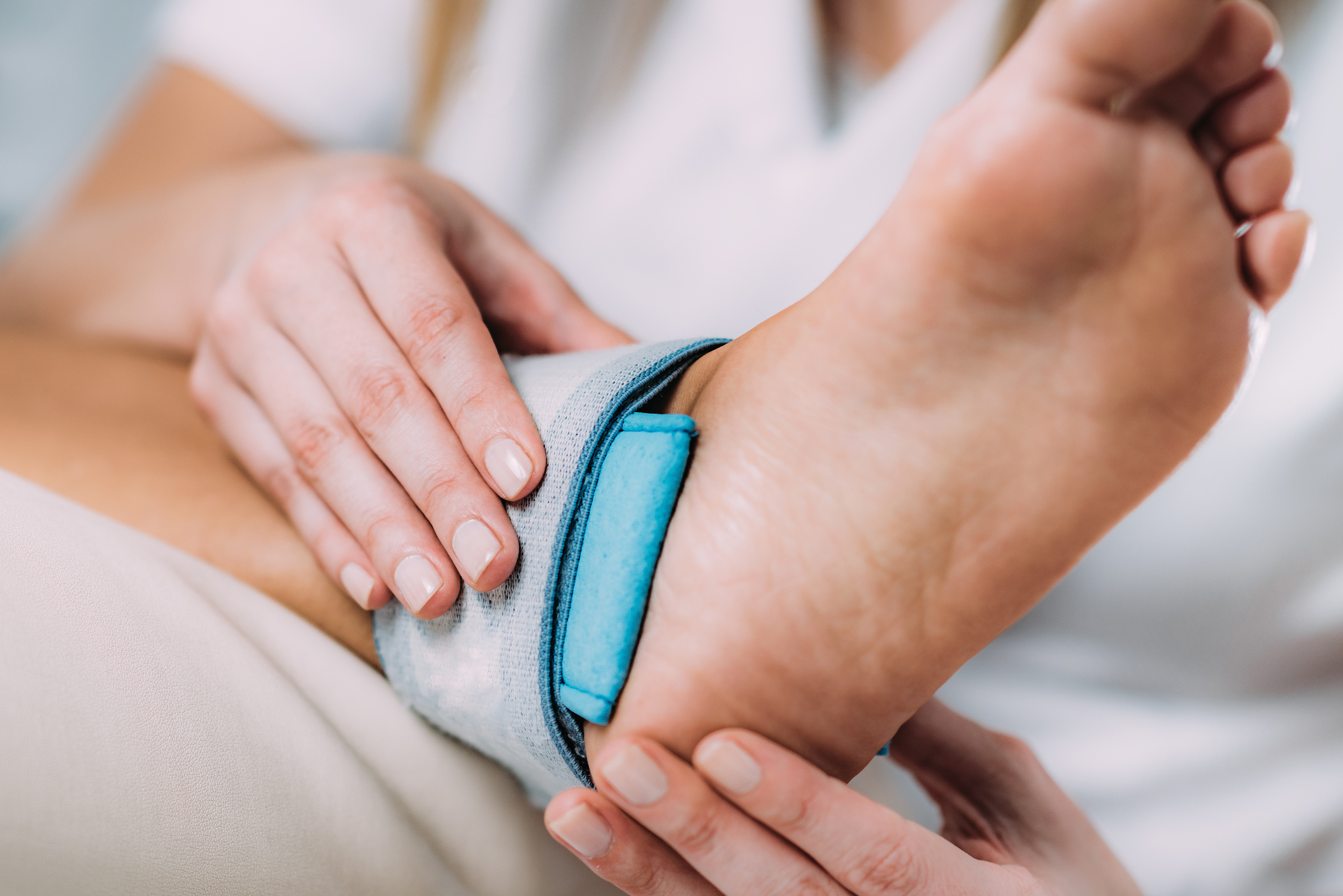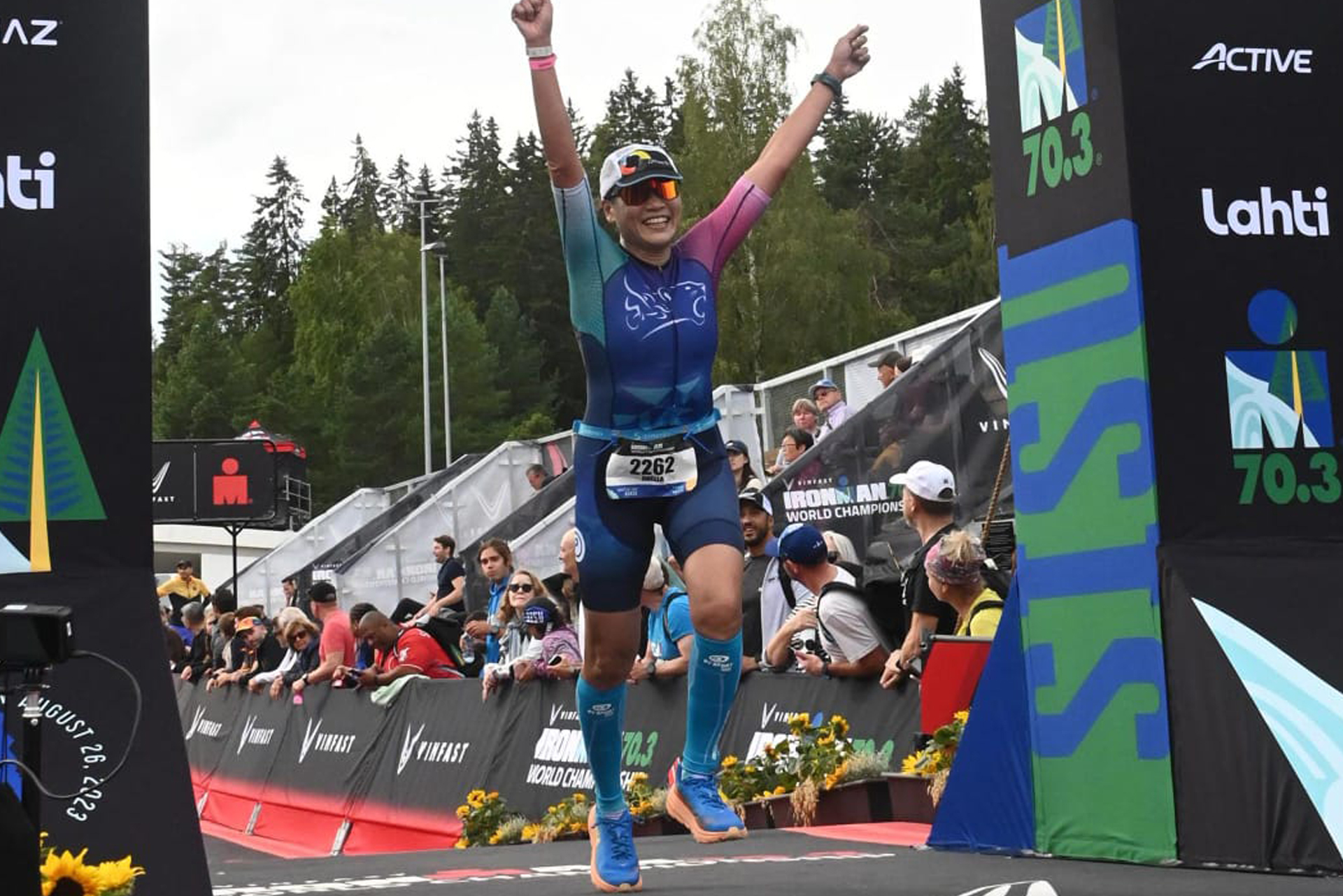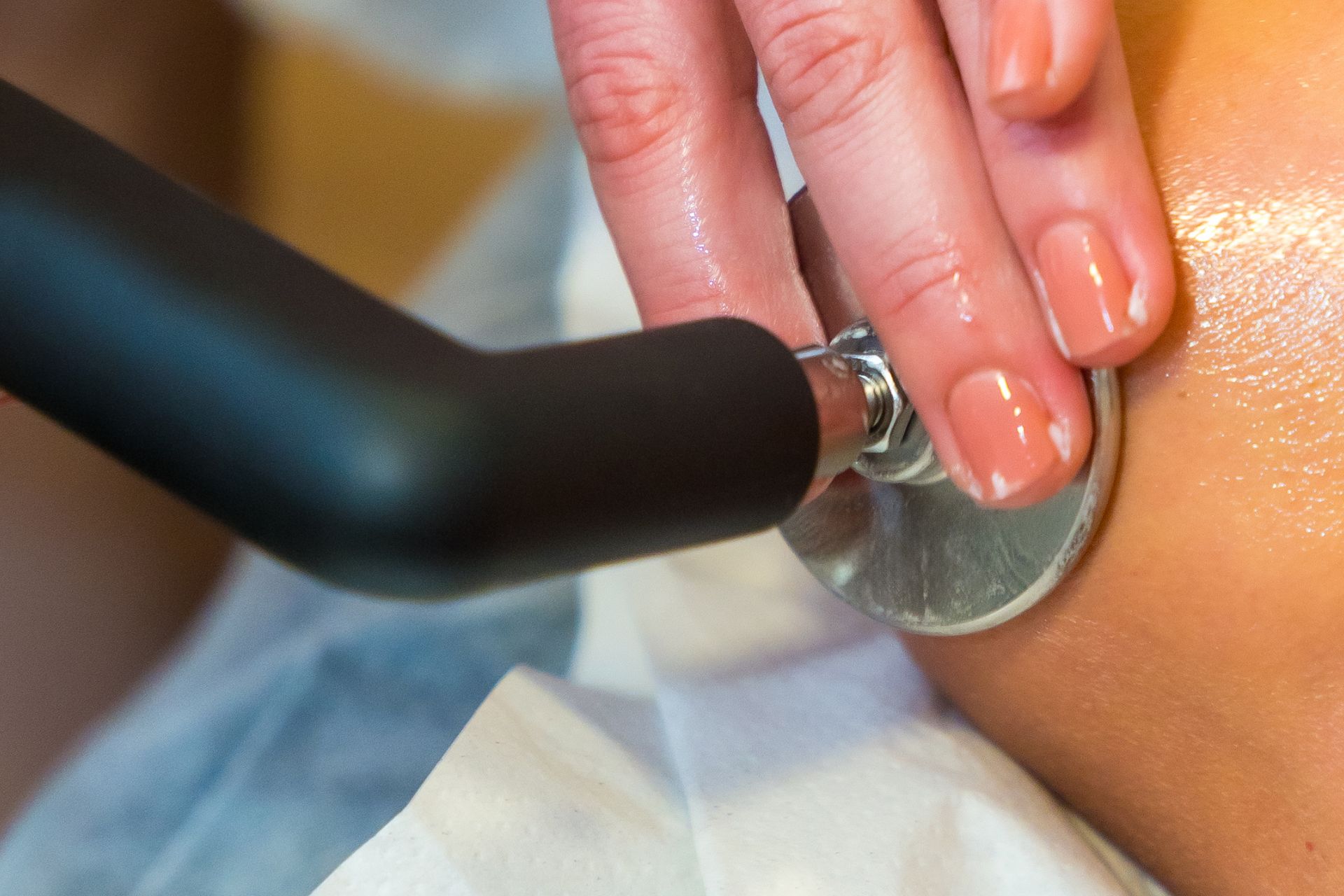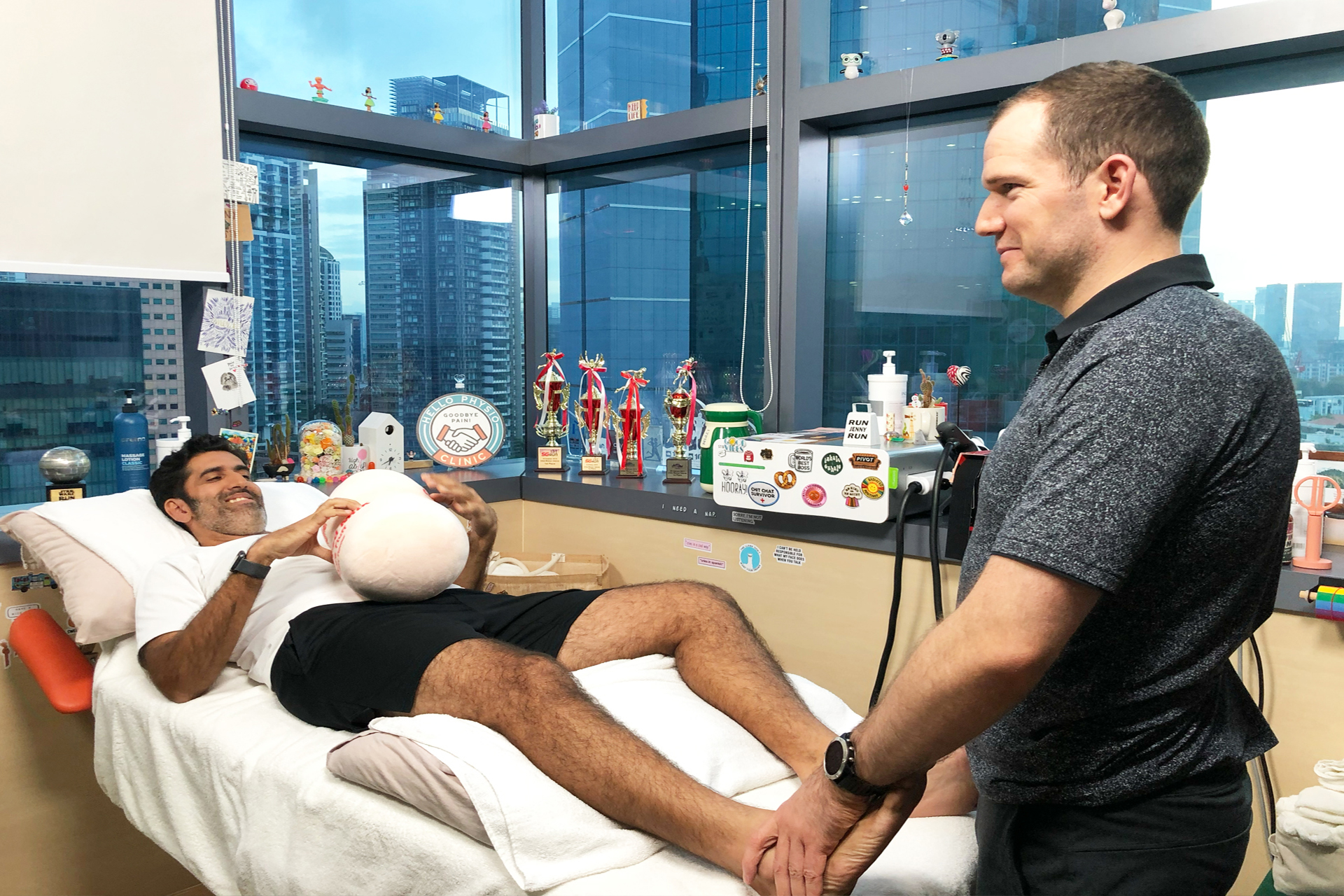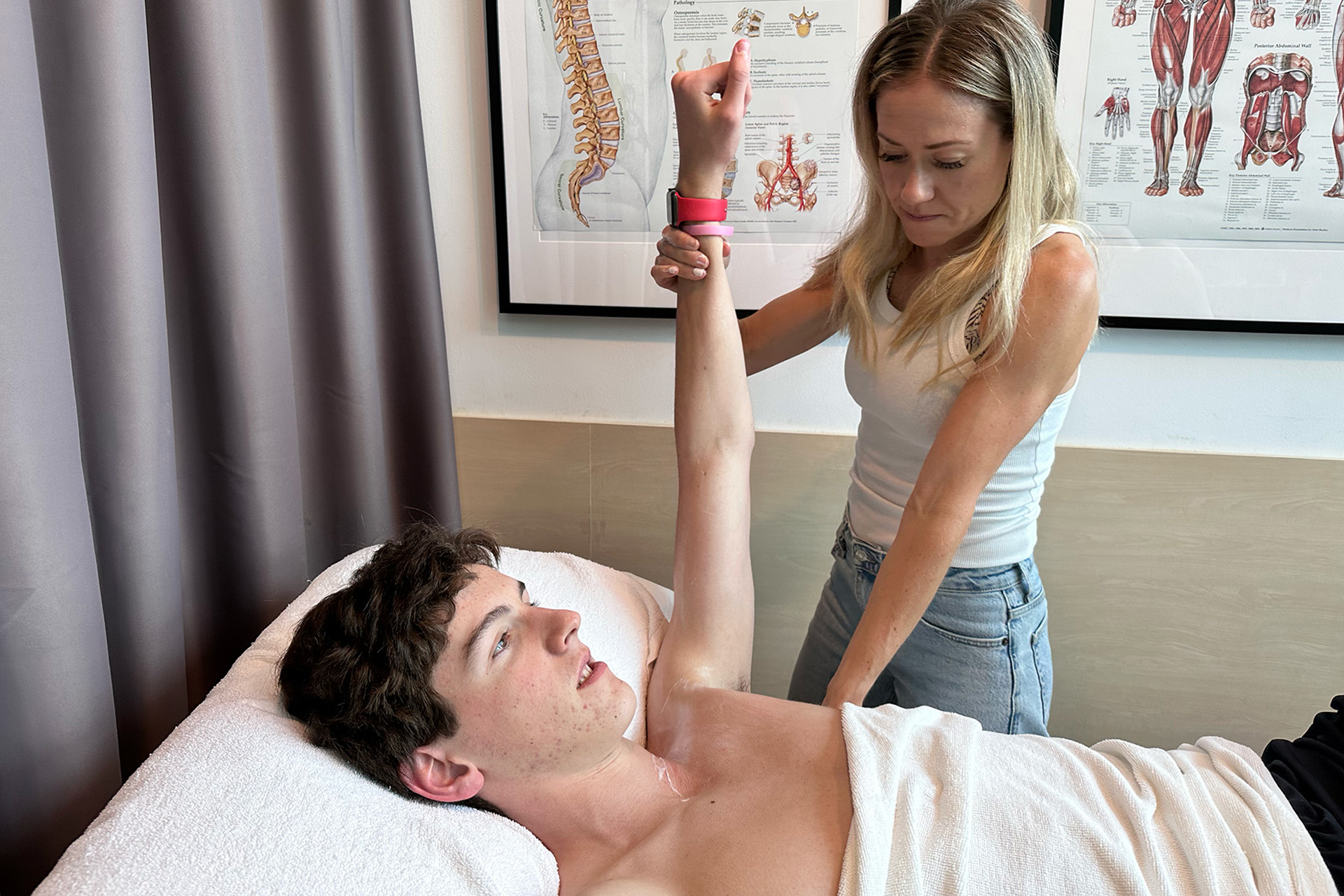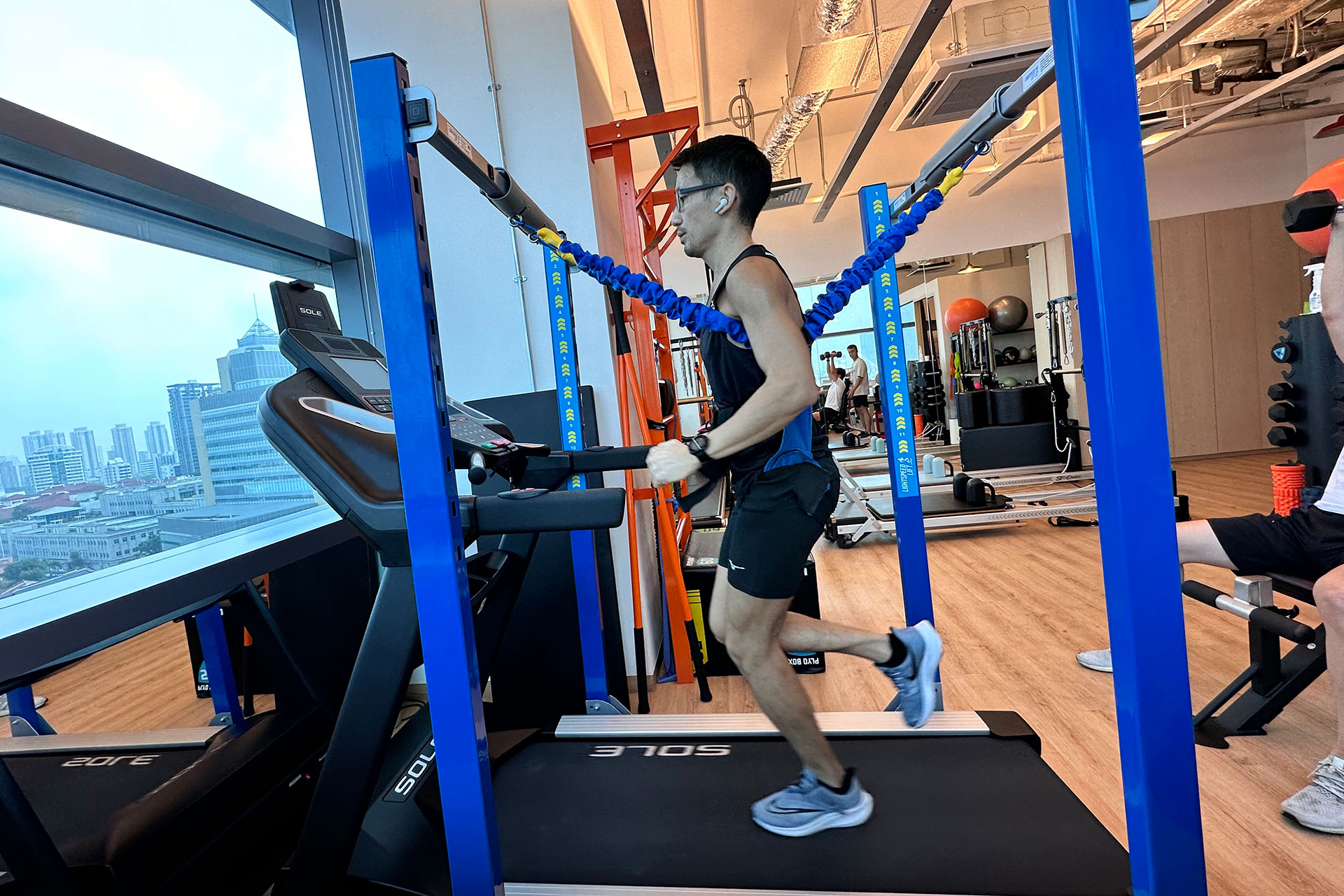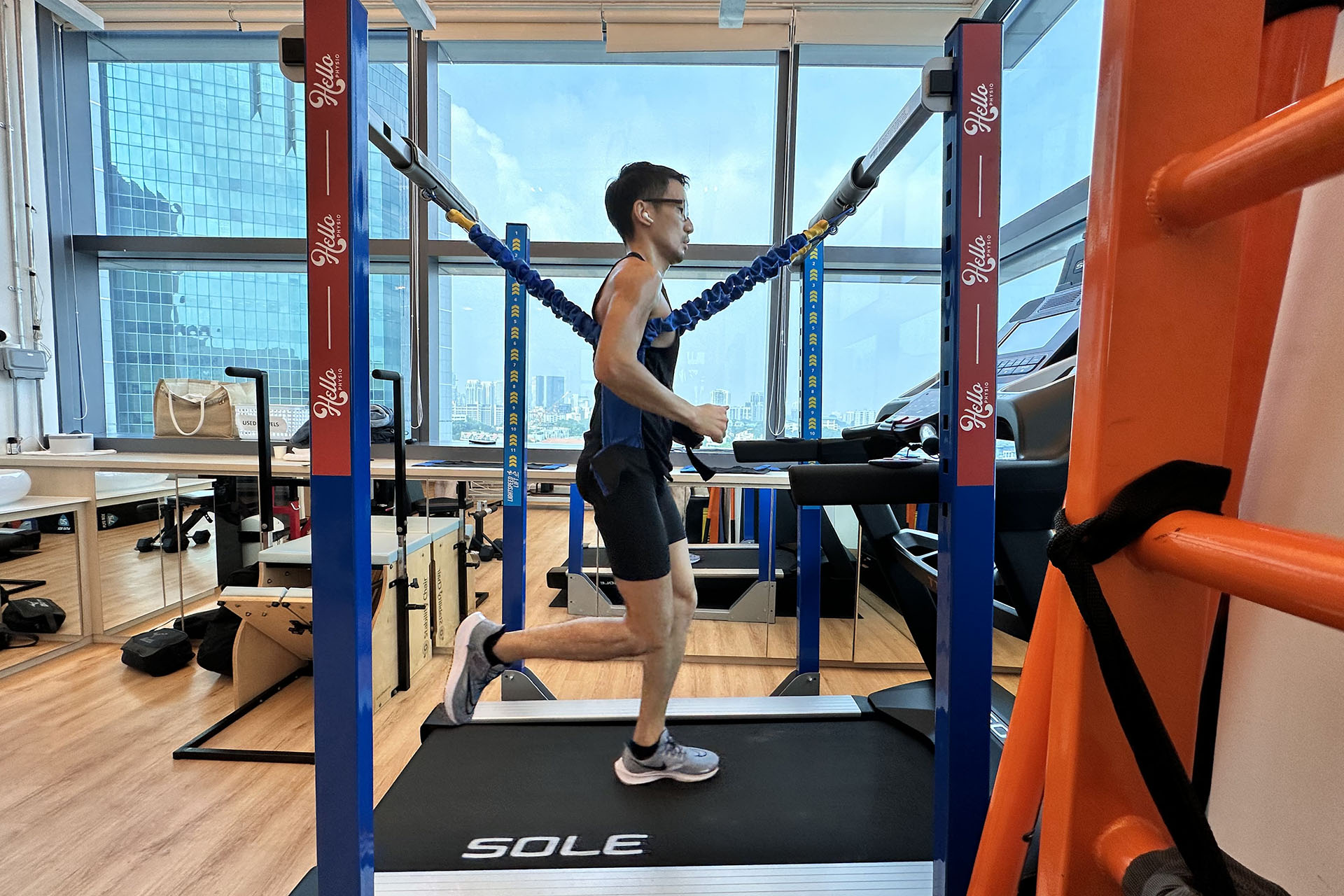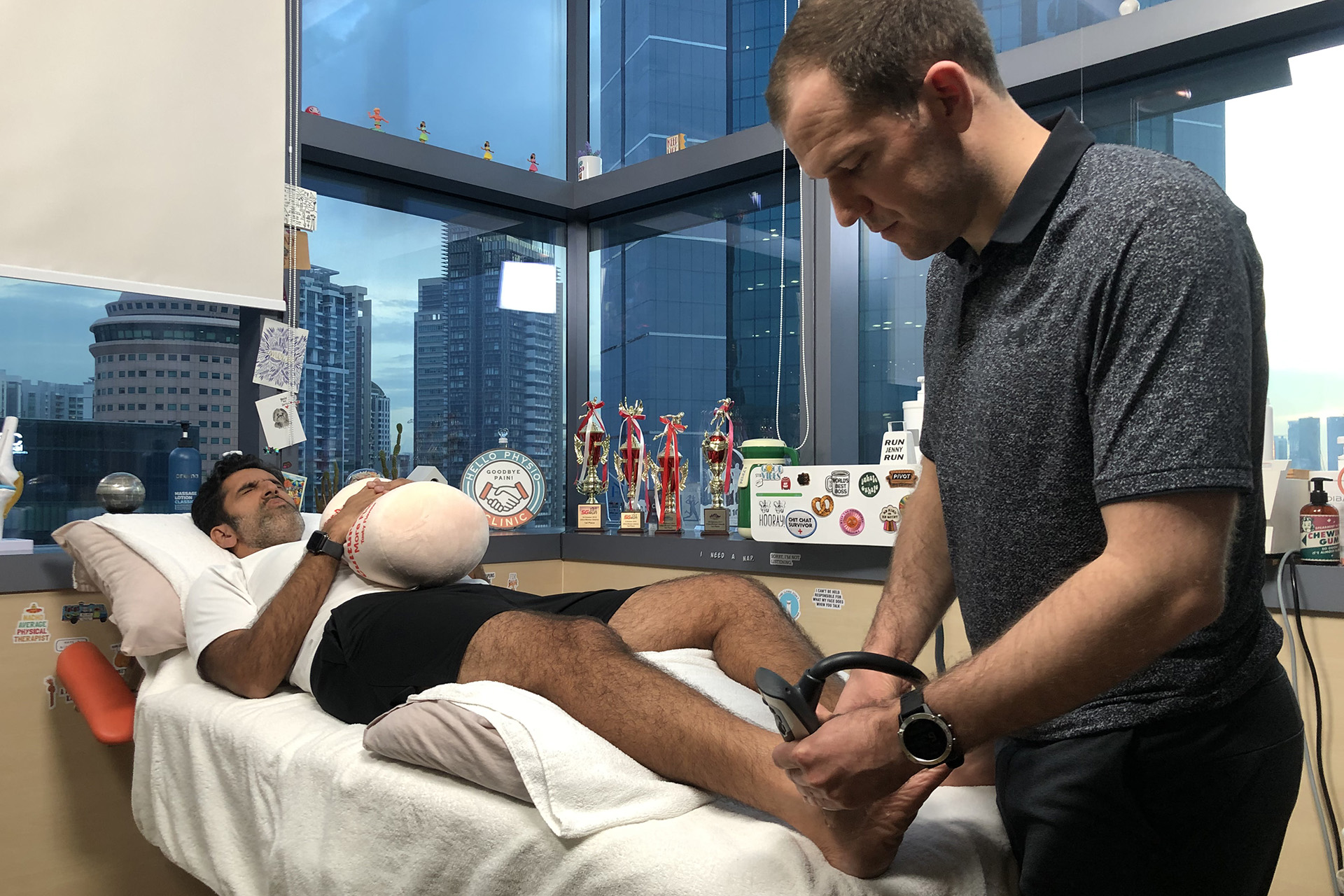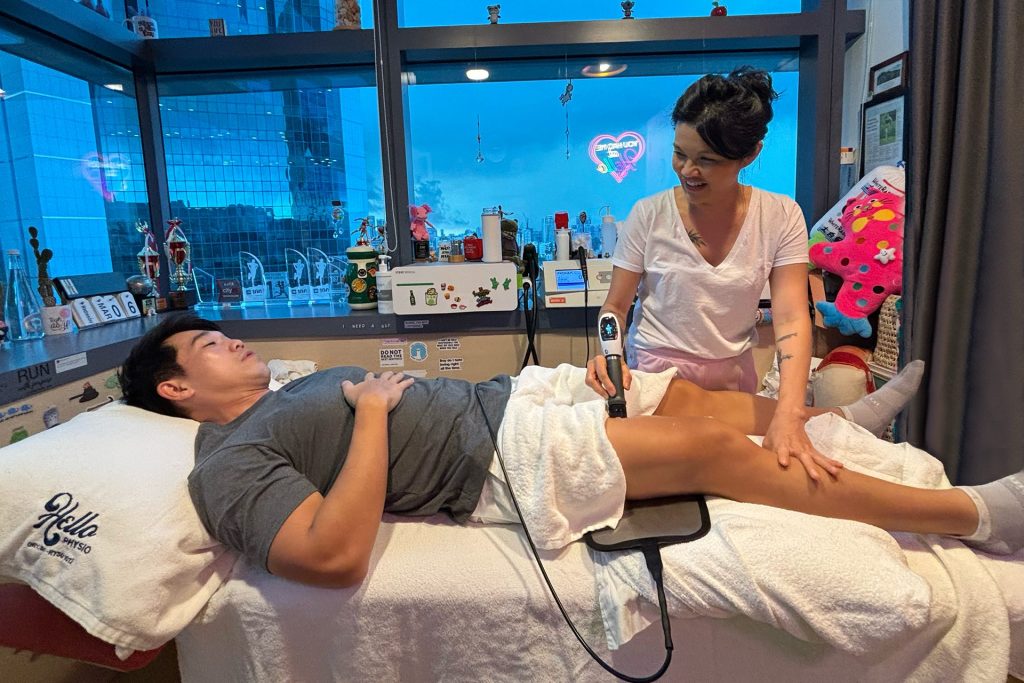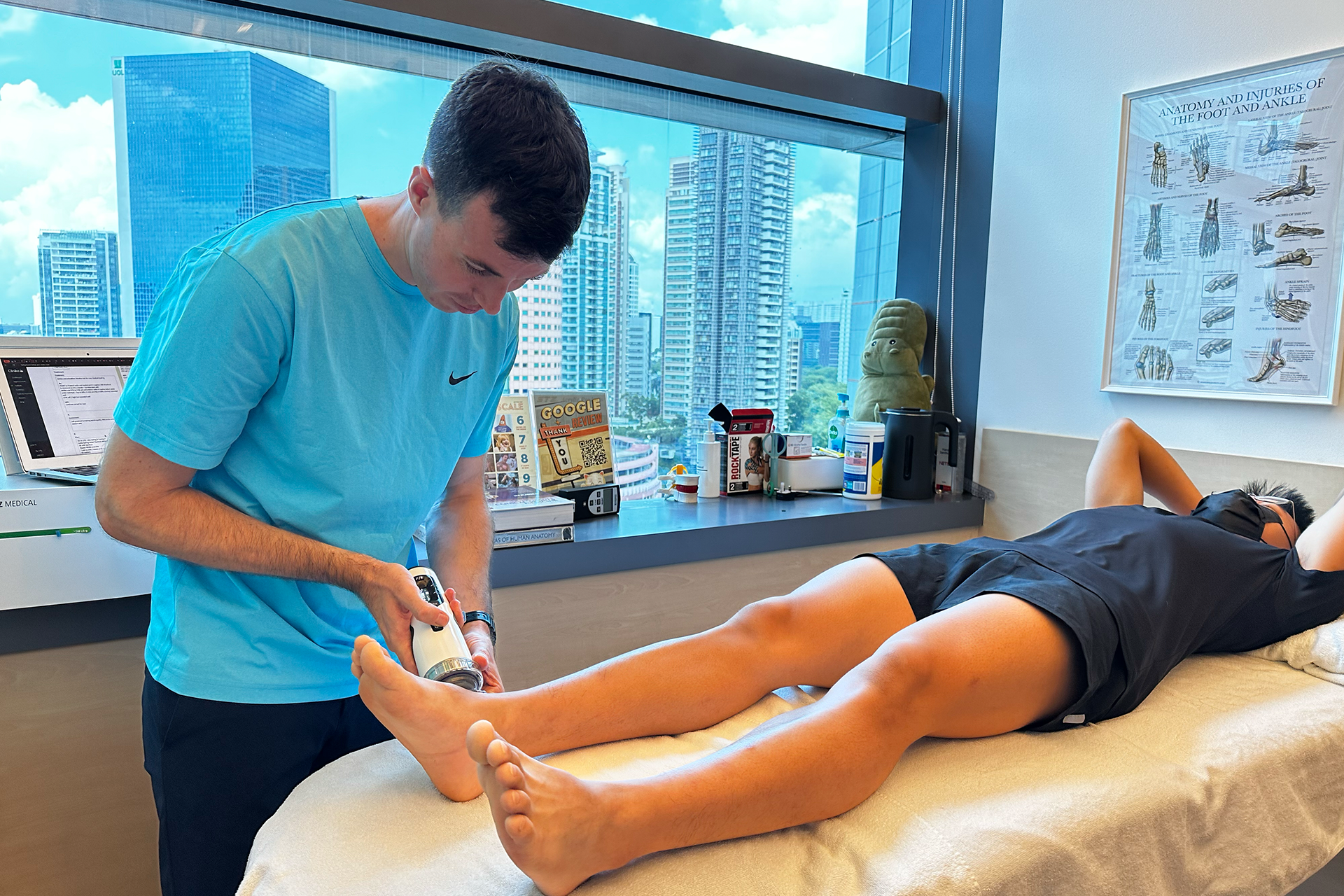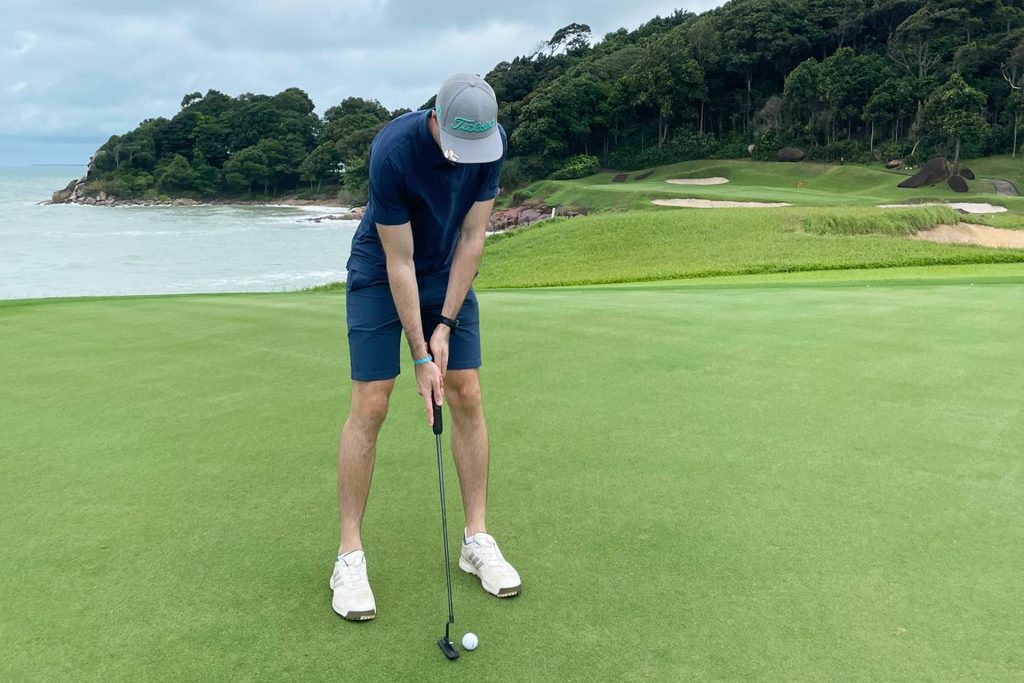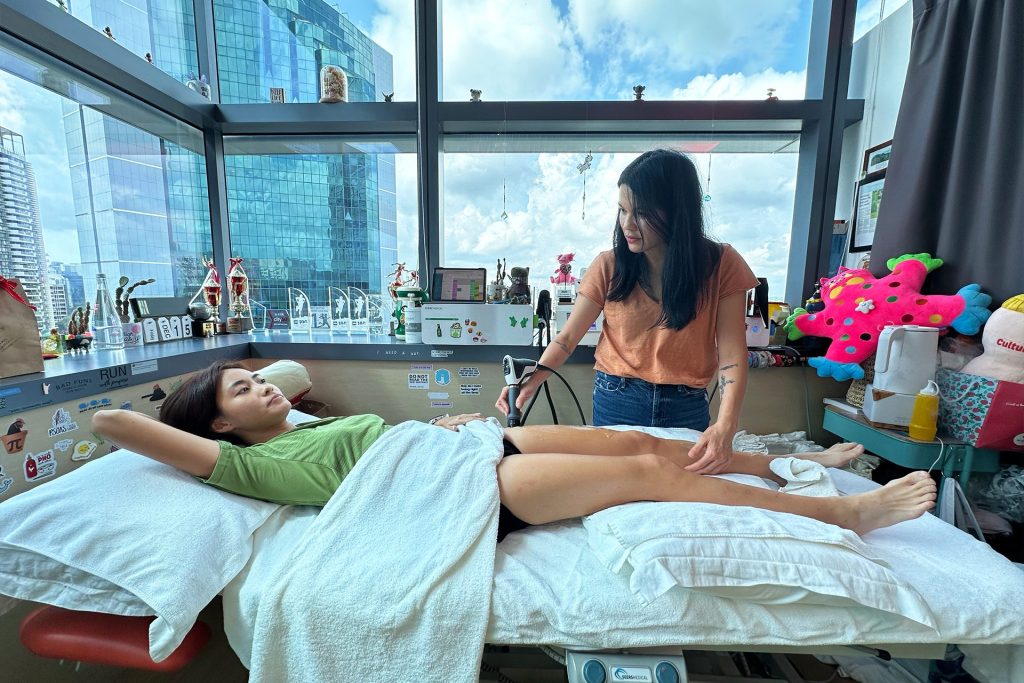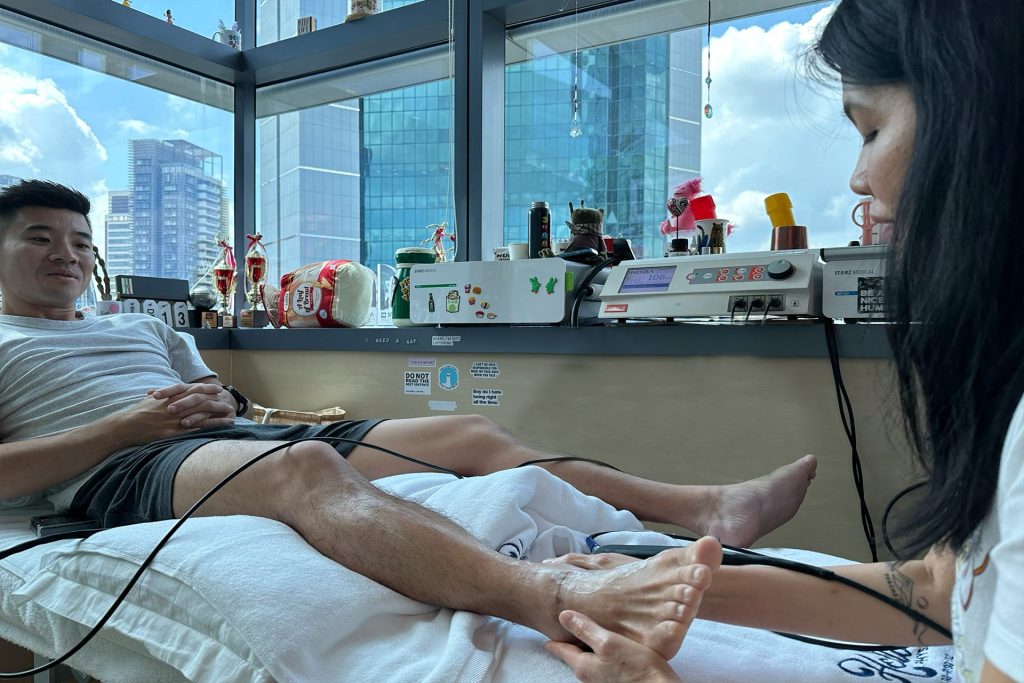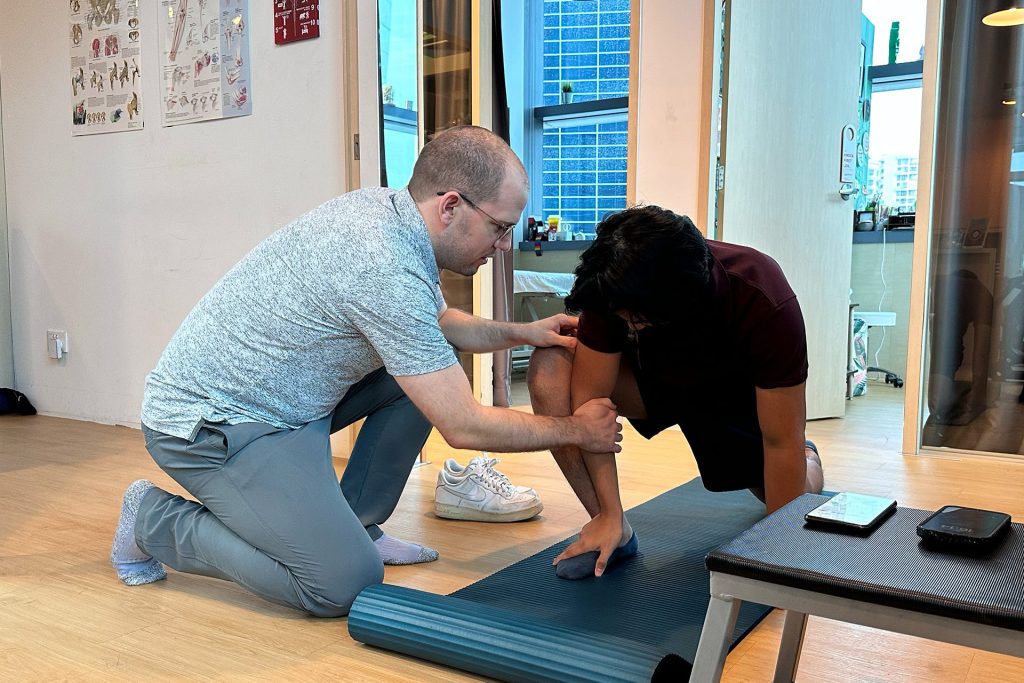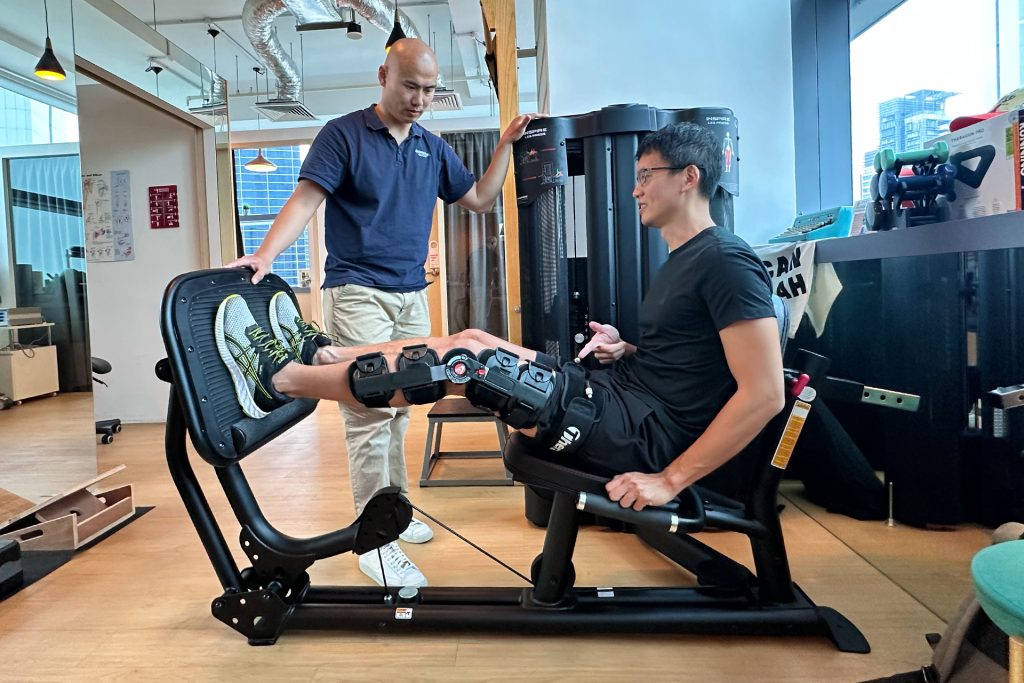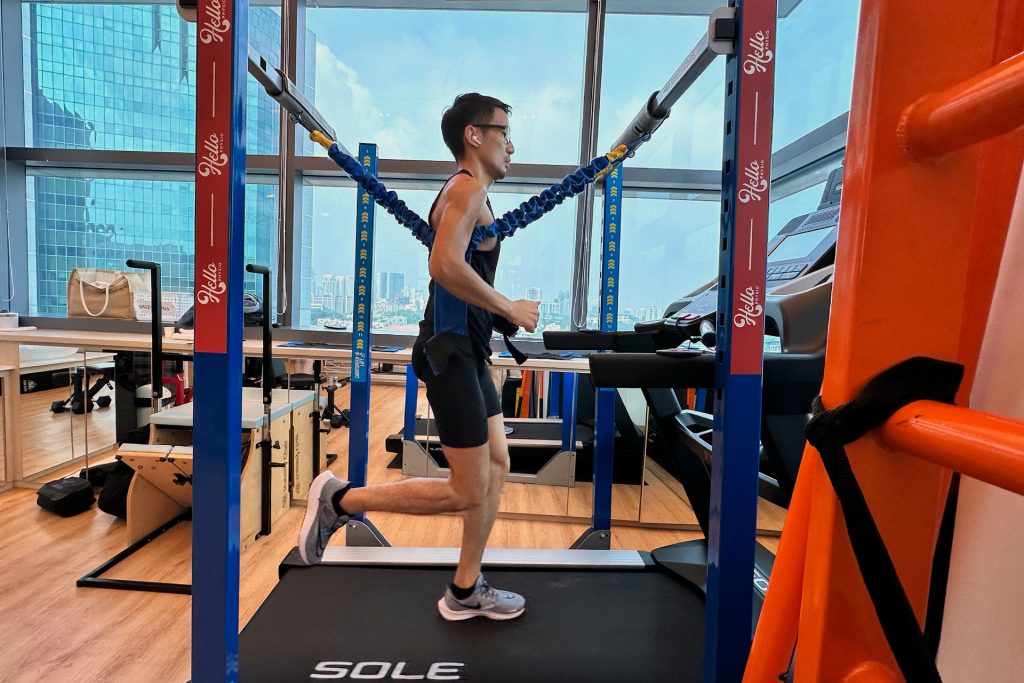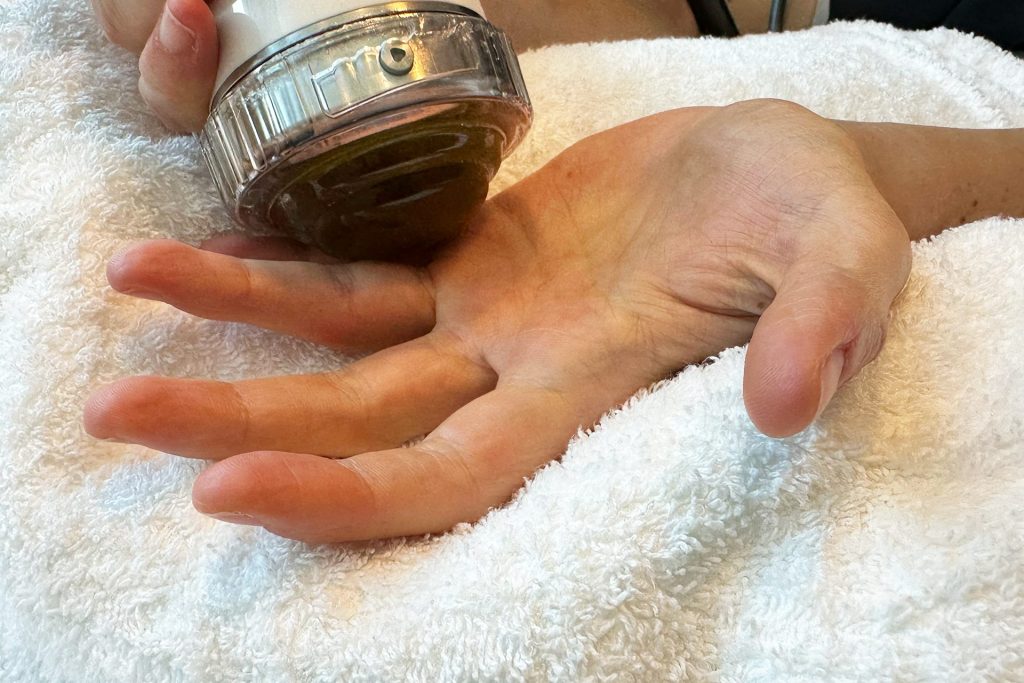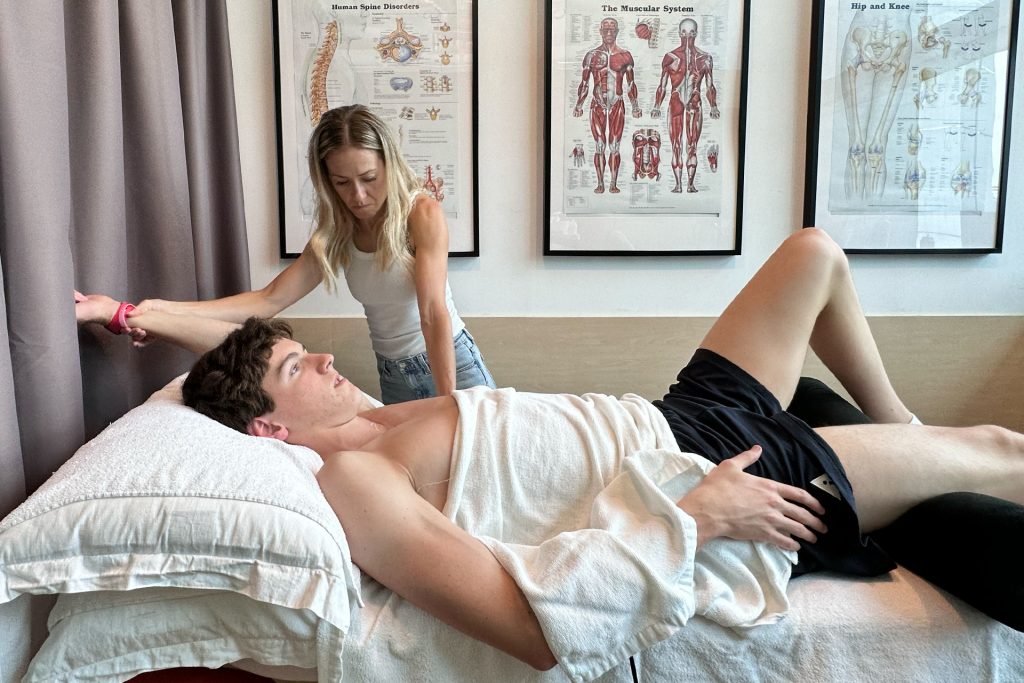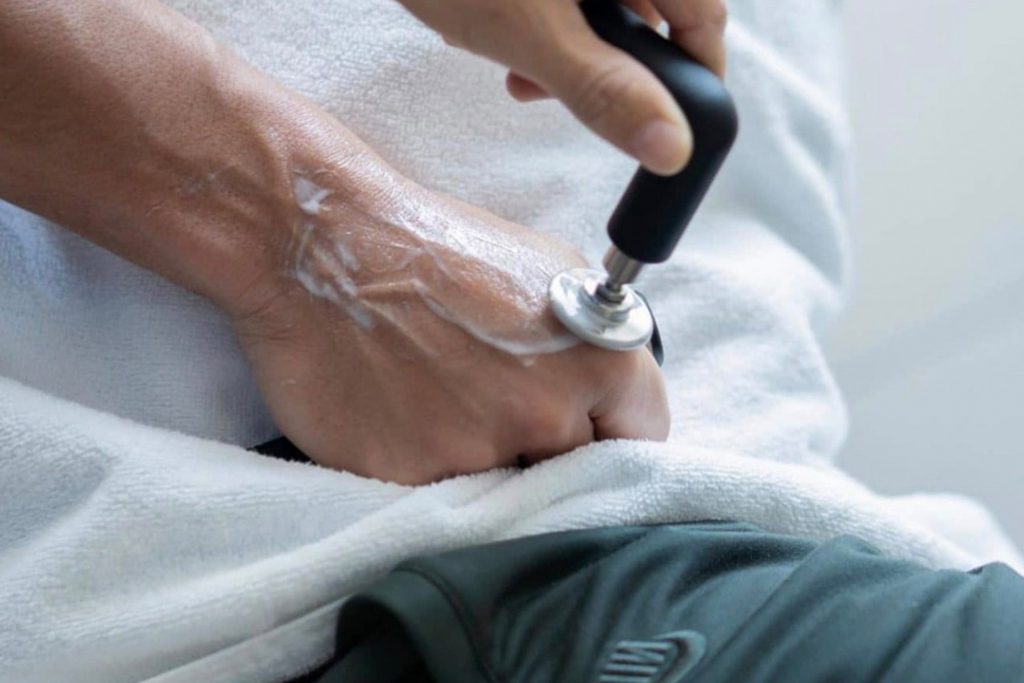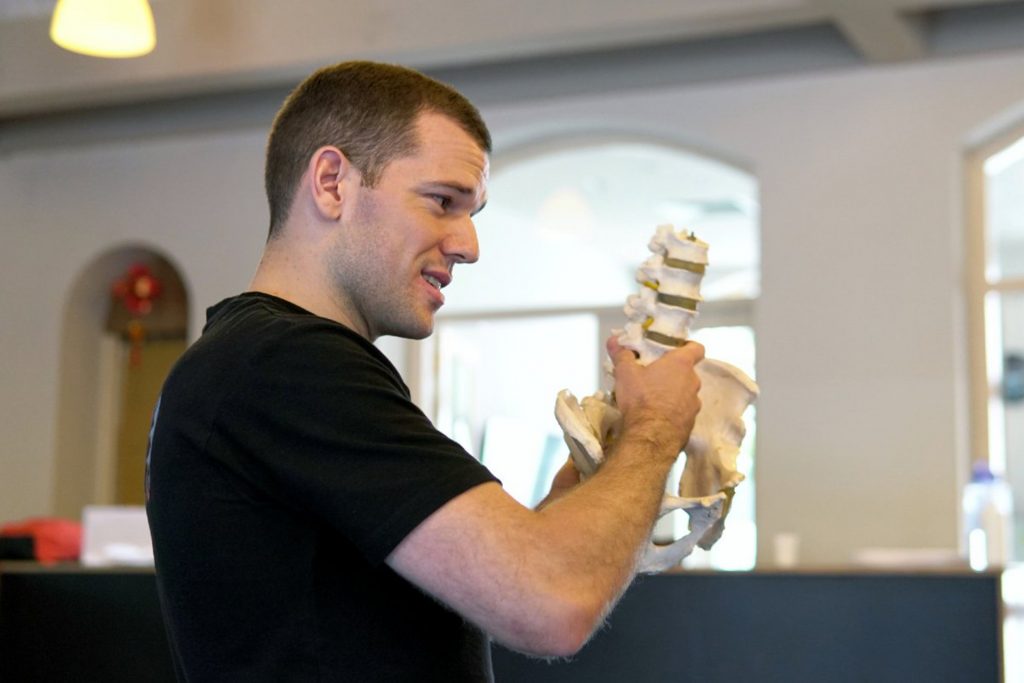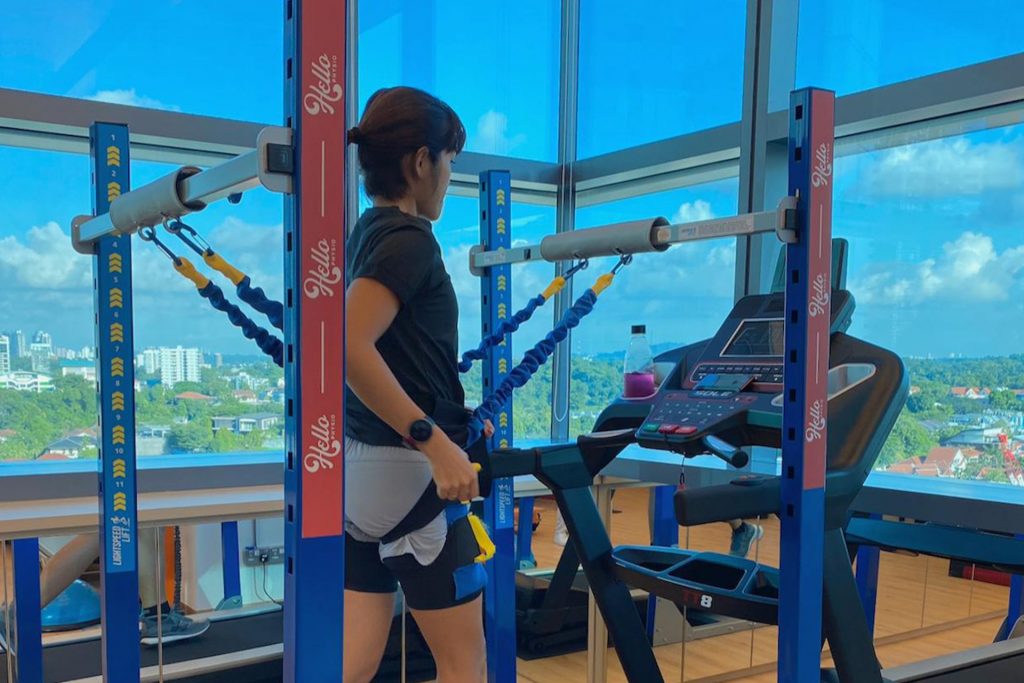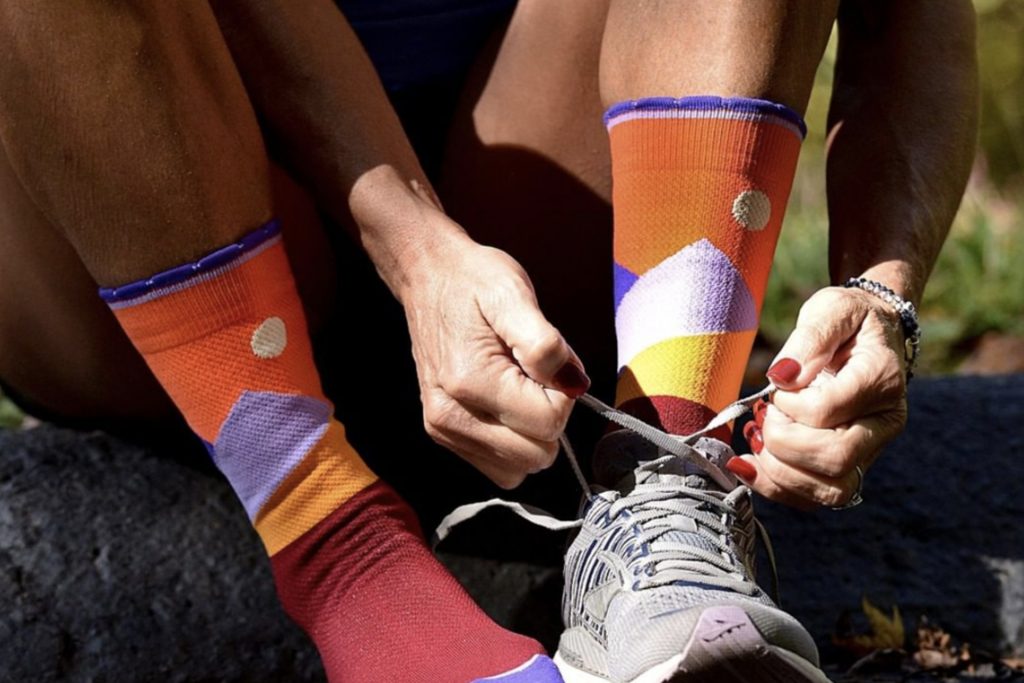|
Getting your Trinity Audio player ready...
|
We rarely appreciate how vital our feet are until pain strikes. That dull ache or sharp stabbing sensation in the bottom of your foot transforms walking from an unconscious movement to a calculated effort. Each step reminds you of your discomfort, impacting everything from your morning commute to your evening stroll.
Foot pain is an especially unwelcome companion when walking is integral to daily life. Whether you’re exploring the hawker centres of Tiong Bahru, navigating the busy corridors of Raffles Place, or simply standing at work, pain in the bottom of the foot when walking can significantly diminish your quality of life.
The Spectrum of Foot Pain
There is no single cause for foot pain. The human foot contains 26 bones, 33 joints, and over 100 muscles, tendons and ligaments – all potential sources of discomfort. Understanding the specific nature of your pain is the first step toward effective treatment. Various foot problems, such as plantar fasciitis and structural deformities, can contribute to pain in the bottom of the foot.
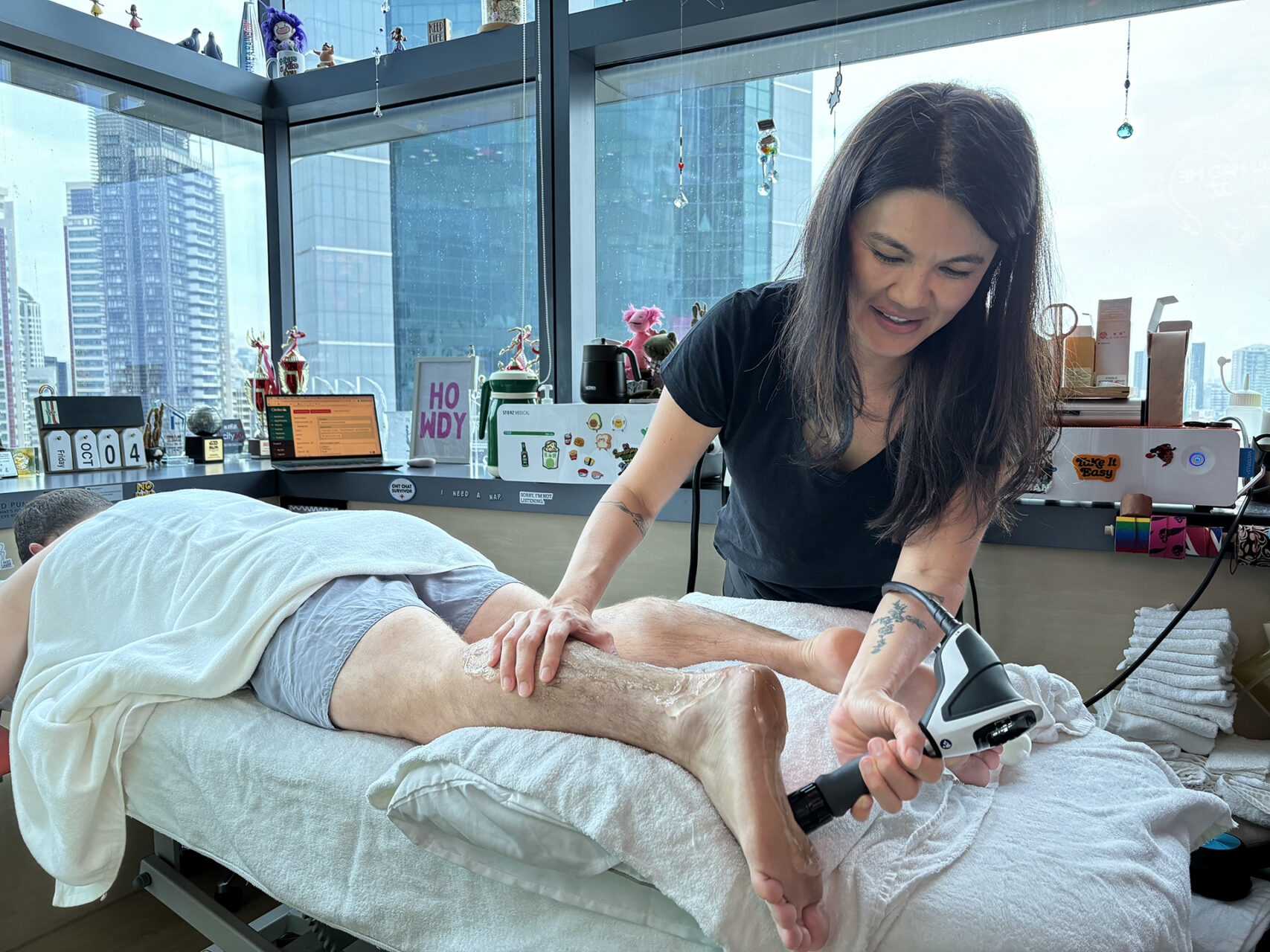
Common causes of bottom-of-foot pain include:
Plantar Fasciitis
The most common cause of pain in the bottom of the foot when walking is plantar fasciitis, an inflammation of the thick band of tissue that runs across the bottom of your foot, connecting your heel bone to your toes. The plantar fascia supports the arch of your foot and absorbs shock when you walk. When inflamed, this condition typically causes a stabbing pain with the first steps in the morning, which may diminish as the day progresses but often returns after prolonged standing or when rising from a seated position.
Metatarsalgia
If you’re experiencing pain and inflammation in the ball of your foot, you might be dealing with metatarsalgia. This condition commonly affects the metatarsal heads – the area just before your toes – and can feel like you’re walking with a pebble in your shoe. It can also cause burning pain in the ball of the foot, often accompanied by numbness or tingling. High-impact activities, ill-fitting footwear and foot abnormalities can all contribute to this uncomfortable condition.
Tarsal Tunnel Syndrome
Sometimes, the pain in the bottom of your foot stems from compression of the posterior tibial nerve, or tarsal tunnel syndrome. Due to the increased strain on the posterior tibial nerve, individuals with flat feet are more prone to developing this condition. This condition can cause shooting pain, numbness, or a tingling sensation along the inside of the ankle and into the foot, particularly when standing or walking for extended periods.
Morton’s Neuroma
When the tissue around the nerves between your toes thickens, Morton’s neuroma occurs, typically between the third and fourth toes. This condition can cause a burning sensation, numbness, or the feeling of standing on a fold in your sock, especially when walking or wearing tight shoes.
Physiotherapy’s Advantage Beyond Pain Management
While painkillers, ice, or rest can provide temporary relief, they often mask symptoms without addressing the underlying causes of foot pain in the bottom of the foot. Physiotherapy, on the other hand, offers a comprehensive approach that alleviates current discomfort and prevents future episodes.
At HelloPhysio, treatment for pain in the bottom of the foot begins with a thorough assessment. A skilled physiotherapist examines your foot structure, gait (walking pattern), footwear, and daily activities in detail. This holistic approach ensures that no contributing factor is overlooked.
“Unlike general pain management approaches, physiotherapy doesn’t just target the symptoms,” explains Jenny Huang, founding physiotherapist at HelloPhysio. “We investigate the biomechanical factors that might be causing pain in the bottom of the foot when walking. Often, issues in the hip or knee are the true cause of a patient’s pain.”
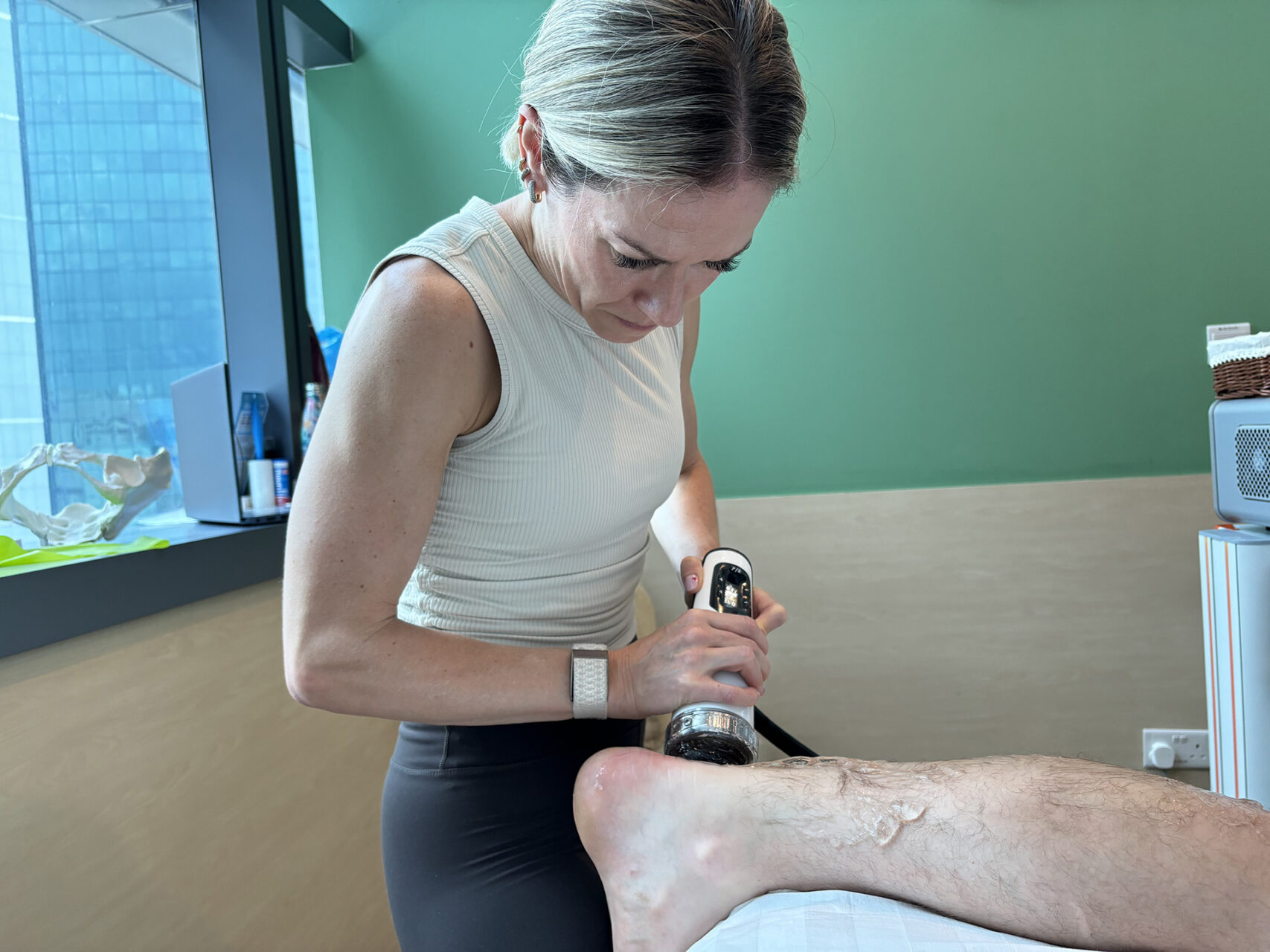
Based on the assessment findings, physiotherapists develop personalized treatment plans that may include:
- Manual Therapy: Techniques help restore normal tissue mobility, reduce scar tissue formation, and decrease inflammation. Specialized massage, joint mobilization, and soft tissue manipulation can significantly reduce pain in the bottom of the foot when walking.
- Therapeutic Exercises: Strengthening weak muscles and stretching tight ones can correct imbalances that contribute to foot pain. Simple exercises, performed consistently, can make a remarkable difference in your overall comfort level.
- Gait Retraining: Many people develop compensatory walking patterns due to foot pain, which can create new problems. Physiotherapists analyze your walking mechanics and guide you to optimize your gait, reducing strain on painful areas.
- Footwear Assessment and Recommendations: The wrong shoes can exacerbate foot pain or even cause it. Physiotherapists offer expert advice on appropriate footwear for your specific foot structure and condition, particularly relevant in Singapore’s tropical climate where inappropriate footwear choices are common.
Sometimes, your physiotherapist may recommend consulting a foot specialist to ensure a comprehensive treatment approach.
Advanced Physical Therapy Techniques for Stubborn Foot Pain
For those experiencing persistent pain in the bottom of the foot when walking, HelloPhysio offers advanced treatment options that leverage cutting-edge technology alongside traditional physiotherapy approaches.
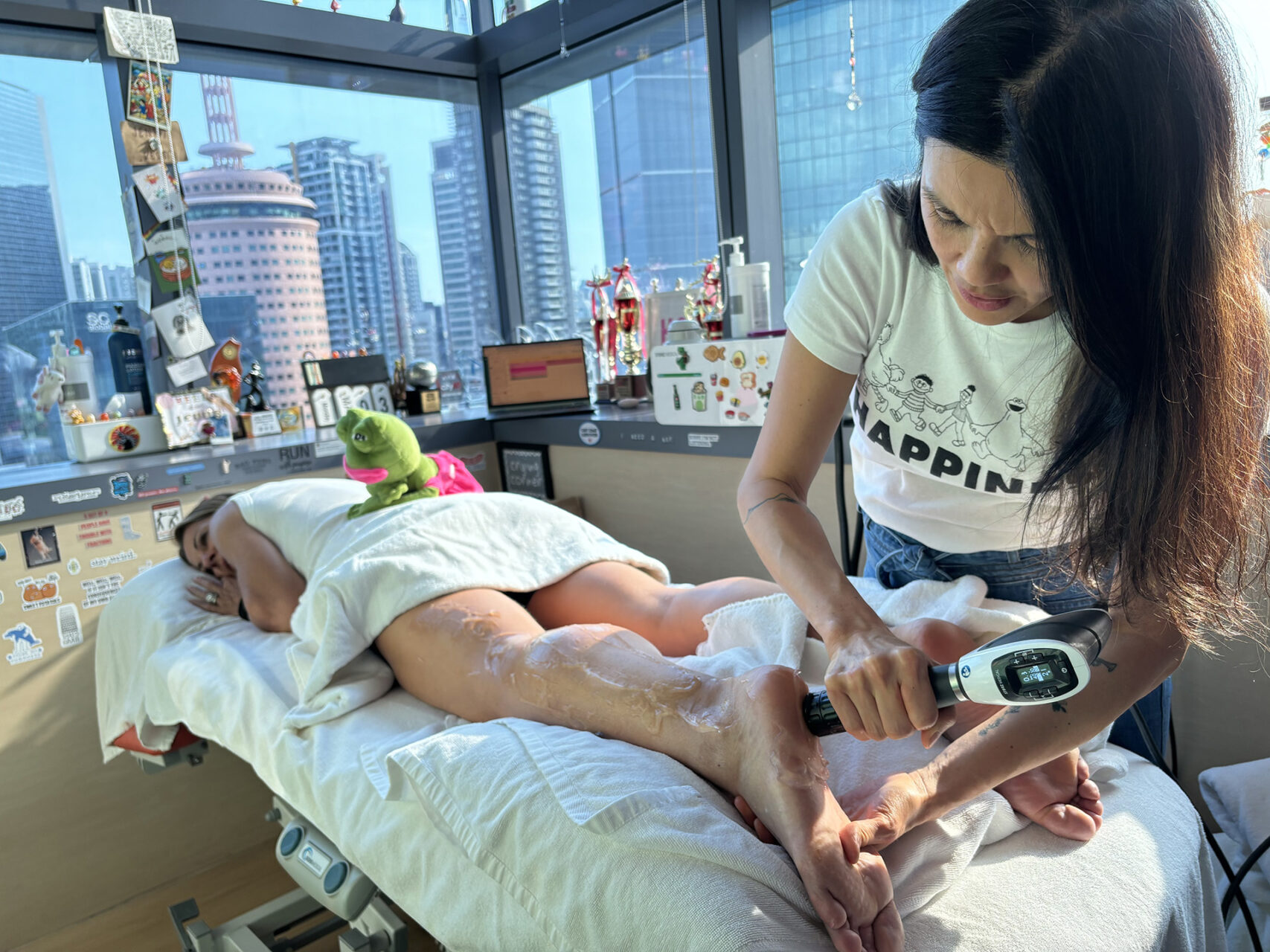
- INDIBA®: For patients struggling with stubborn or recurring pain in the bottom of the foot, INDIBA radiofrequency therapy is an advanced, non-invasive treatment. It is particularly effective for addressing chronic inflammation, making it ideal for conditions like plantar fasciitis, tendonitis, or post-surgical recovery.
- Shockwave Therapy: This non-invasive treatment uses acoustic waves to stimulate healing in damaged tissues. It’s particularly effective for chronic plantar fasciitis that has not responded to other treatments.
- Dry Needling: Similar to acupuncture but based on Western medical principles, Dry Needling targets trigger points in muscles to release tension and alleviate pain radiating to the bottom of the foot. Dry Needling can also be effective in alleviating toe pain caused by conditions like gout or ingrown toenails.
- Orthoses: For structural issues contributing to foot pain, orthotic inserts can provide the precise support your feet need, redistributing pressure more evenly as you walk.
The Long-Term Benefits Beyond Foot Pain Relief
While immediate pain relief is often the primary goal when seeking treatment, physiotherapy offers numerous long-term benefits beyond temporary comfort.
By addressing the root causes of foot pain, physiotherapy helps prevent the condition from becoming chronic or recurring. This preventative aspect is crucial for maintaining mobility and independence as you age.
When foot pain diminishes, physical activity becomes enjoyable again. This increased movement capacity can improve cardiovascular health, weight management and mental well-being.
For athletes and fitness enthusiasts, resolving pain in the bottom of the foot when walking can translate to improved performance in sports and exercise, allowing you to push your limits without pain or discomfort.
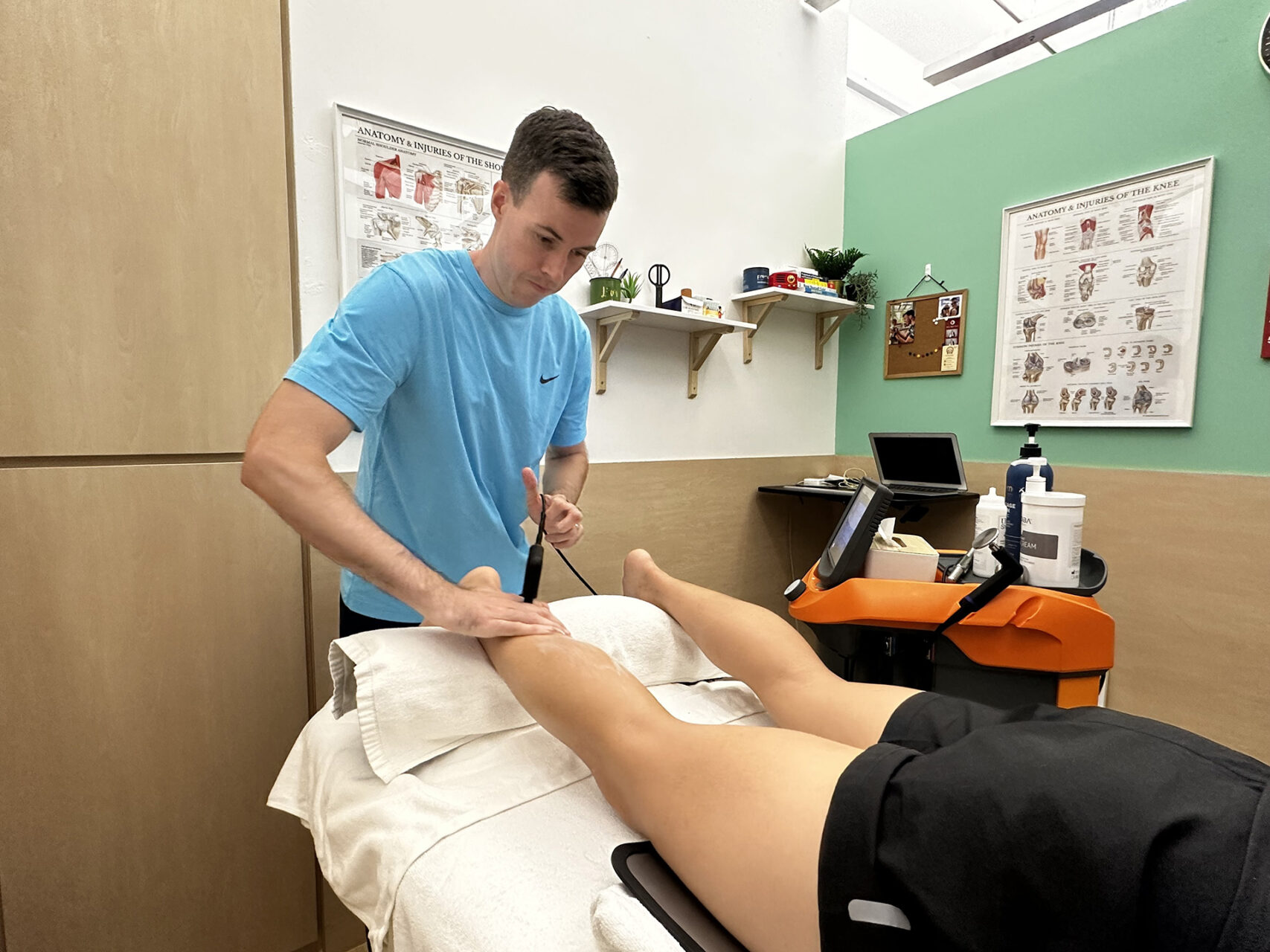
Taking the First Step Toward Pain-Free Walking
If you’re experiencing pain in the bottom of your foot when walking, don’t dismiss it as a normal part of aging or an inevitable consequence of your lifestyle. Most foot conditions respond well to timely physiotherapy intervention, and delaying treatment often leads to more complex problems requiring longer recovery times.
At HelloPhysio, our team of experienced physiotherapists is dedicated to helping Singaporeans maintain active, pain-free lives. Our evidence-based approaches, customized to your specific needs, can help determine the causes of your foot pain and develop effective strategies for overcoming it.
Don’t let foot pain limit your mobility or diminish your quality of life. Contact HelloPhysio today to schedule a comprehensive assessment and take the first step toward comfortable, pain-free walking.

